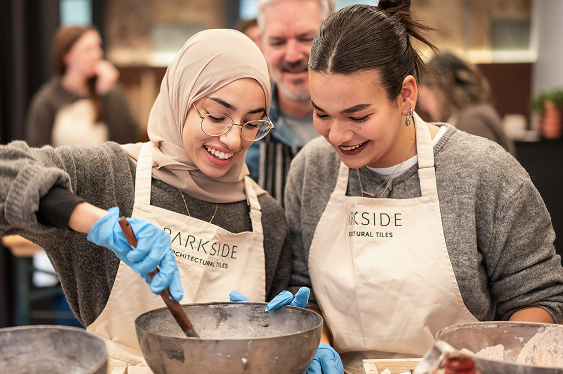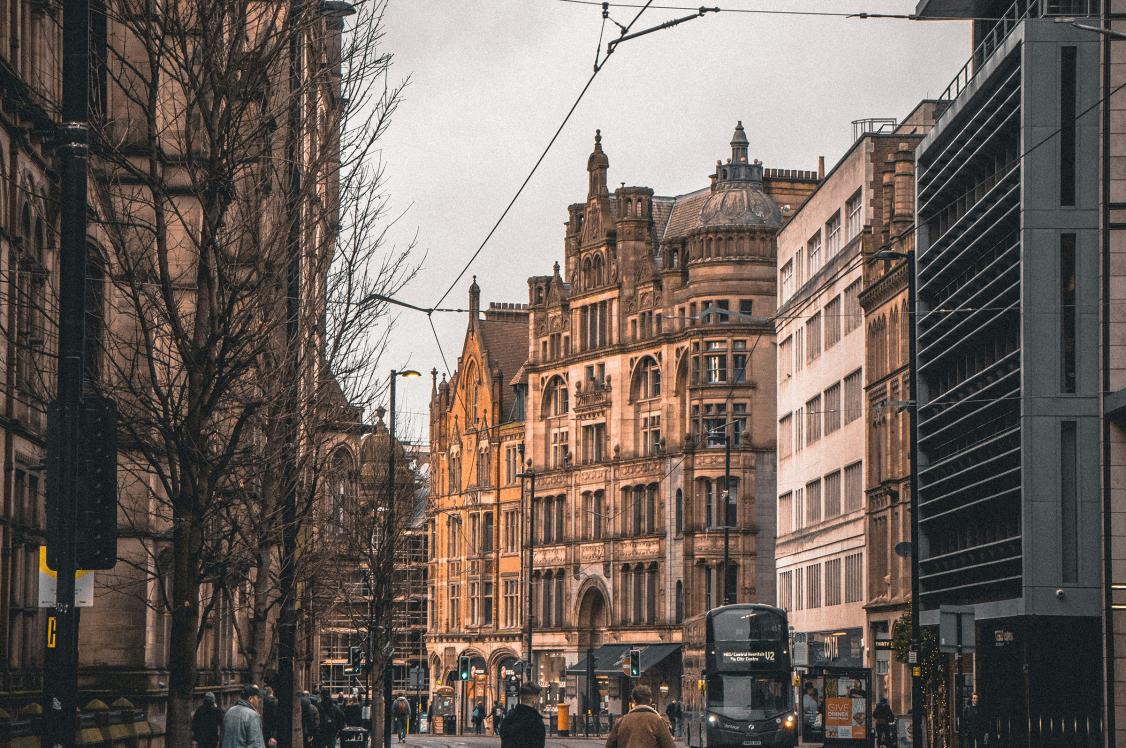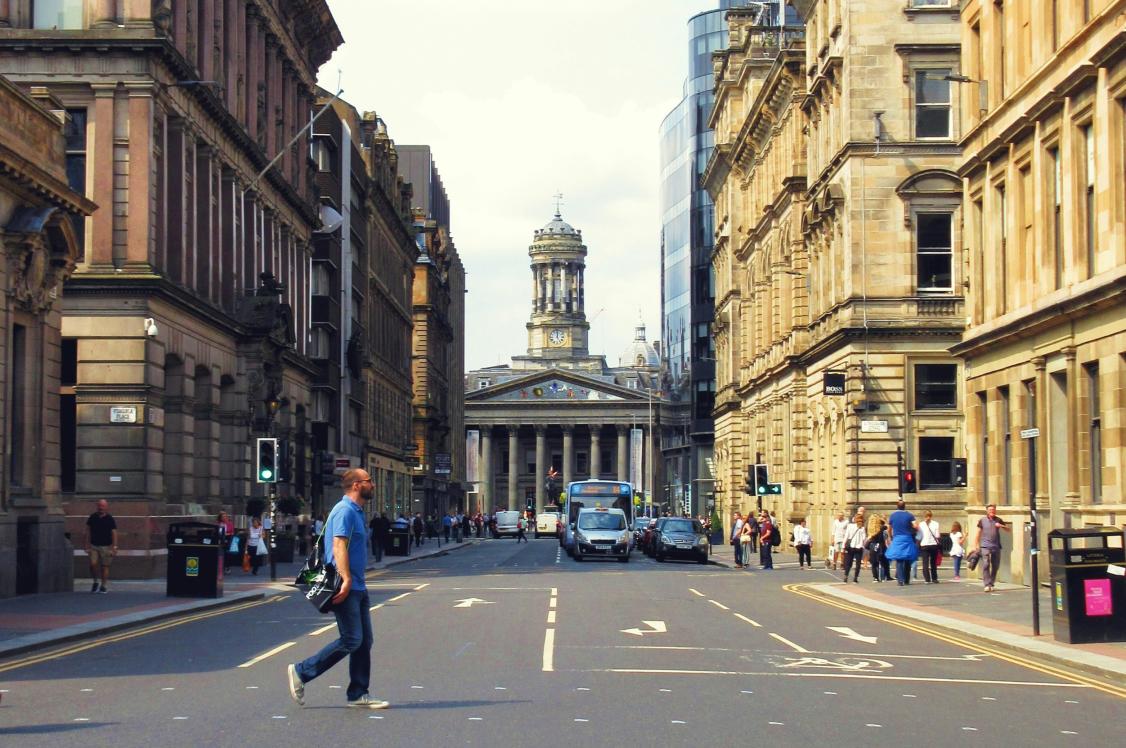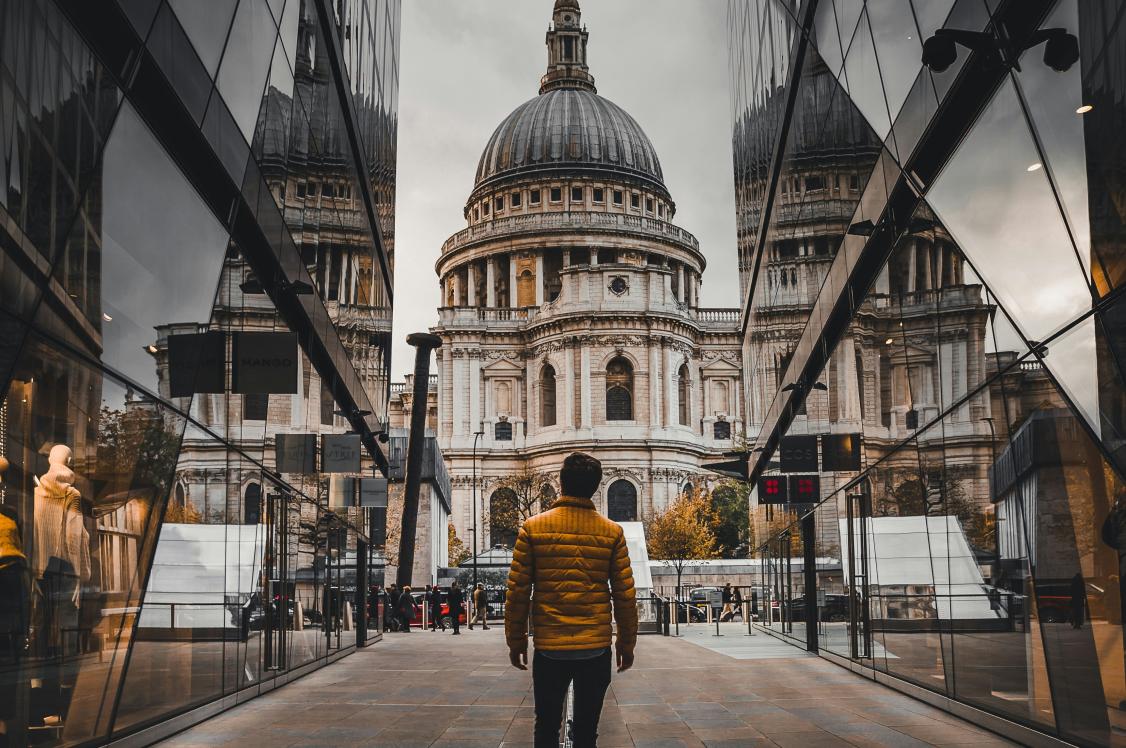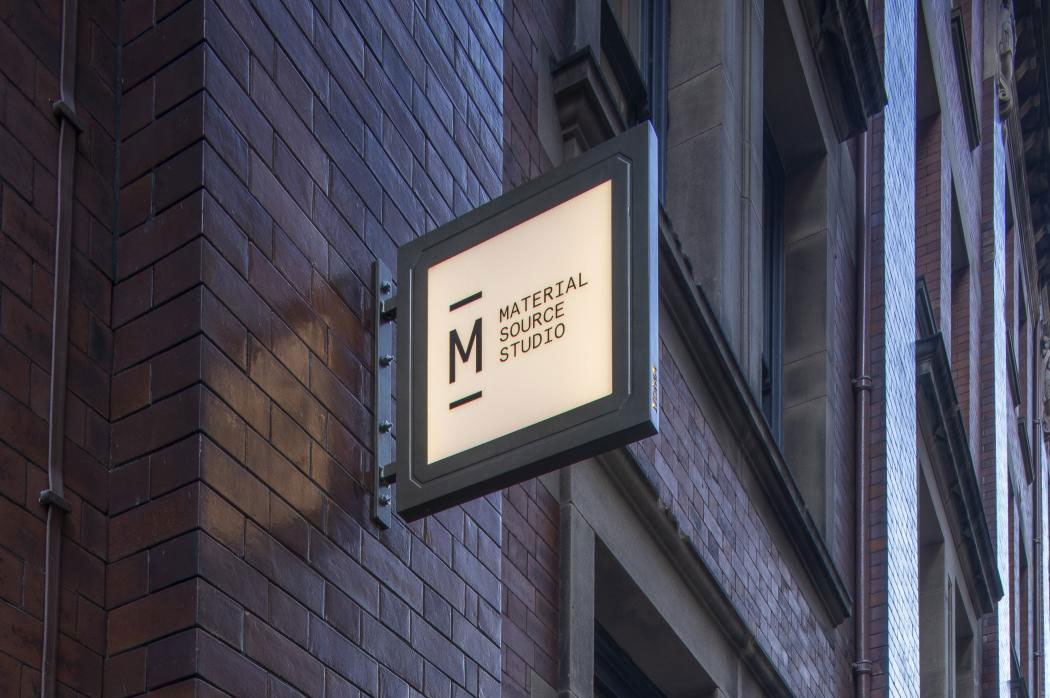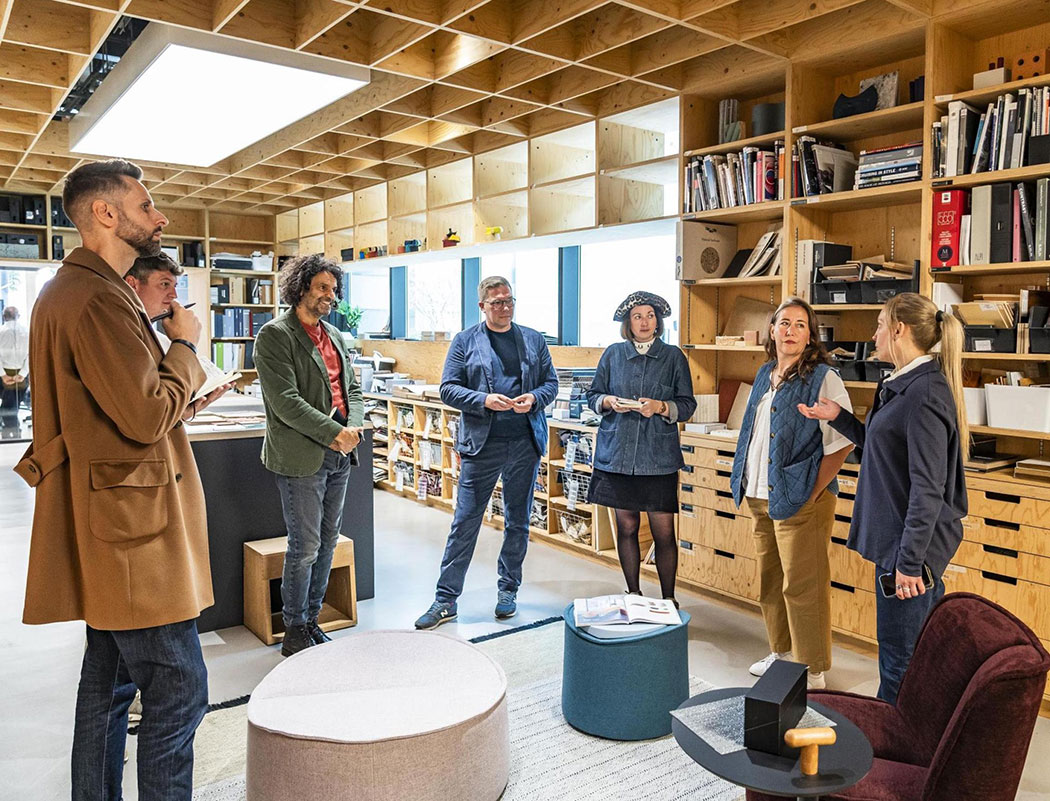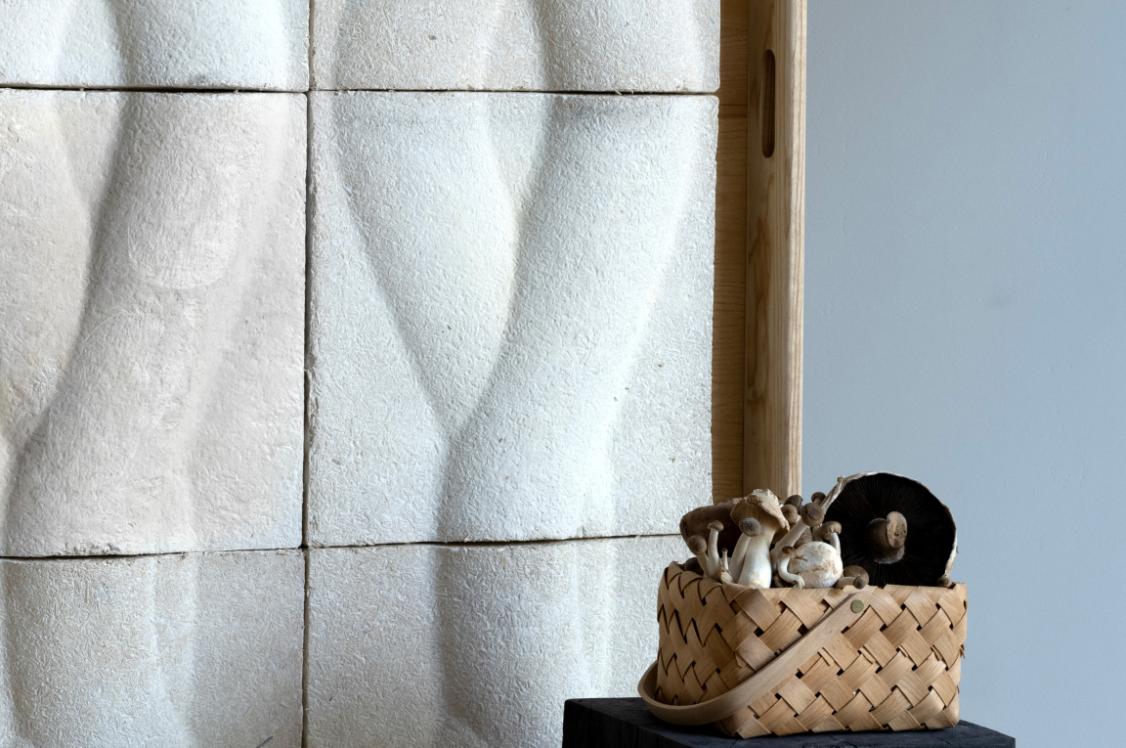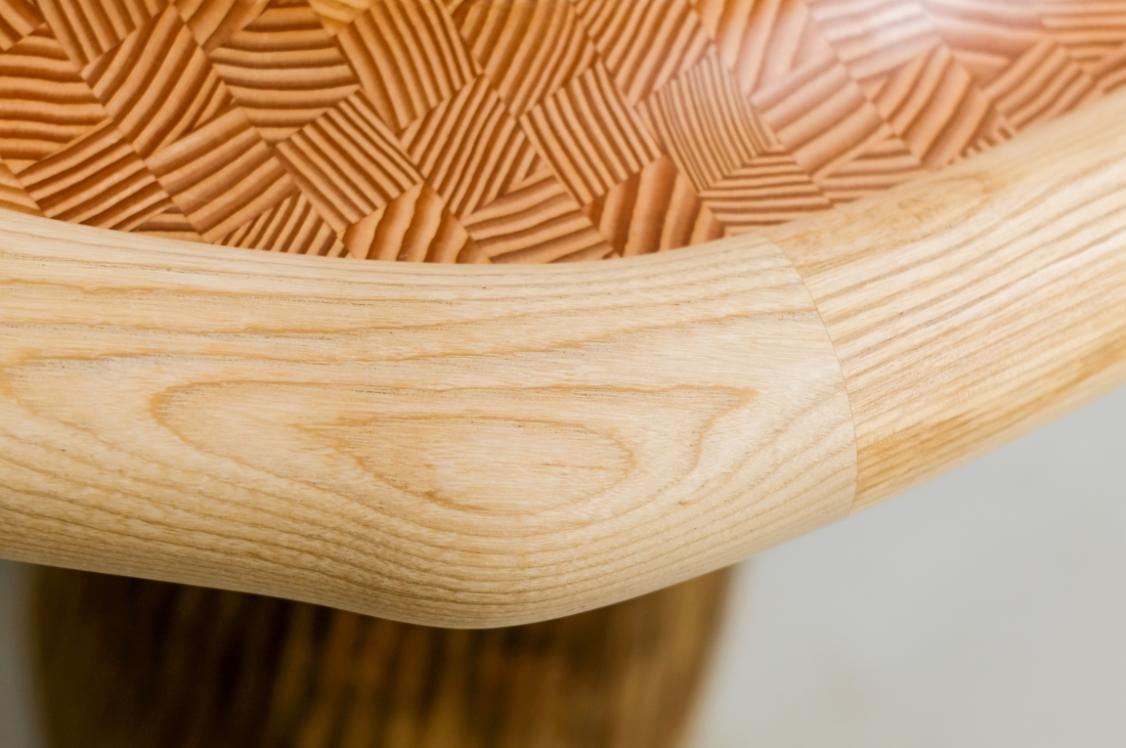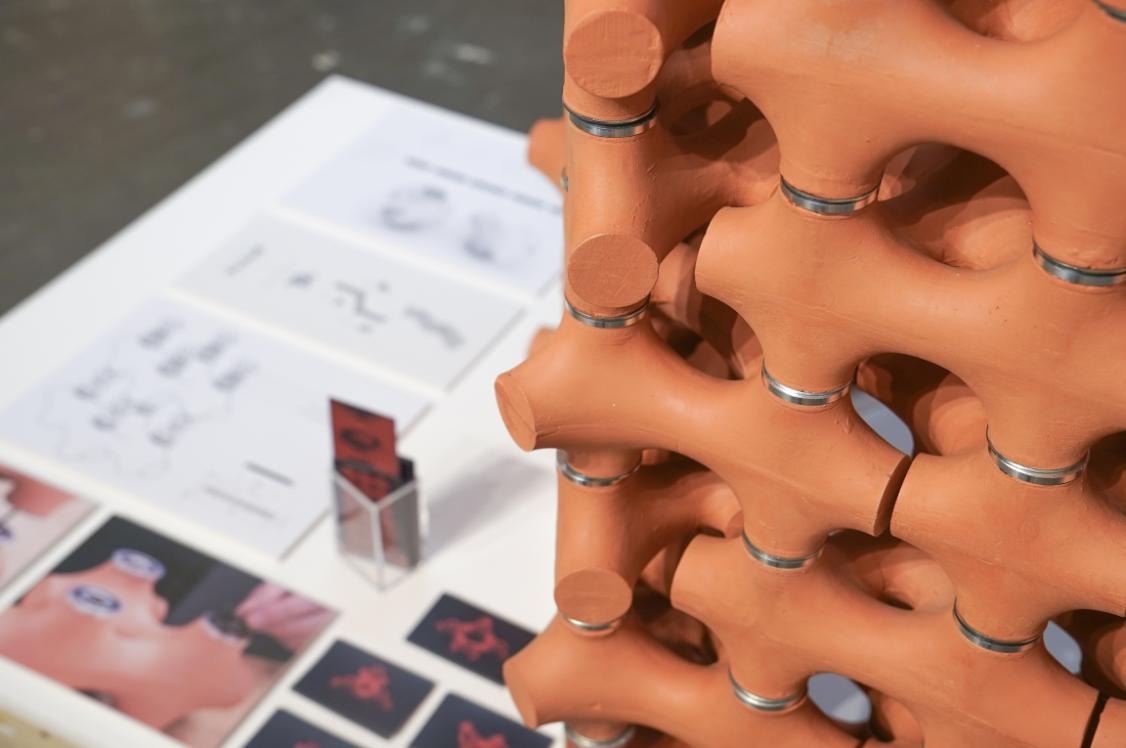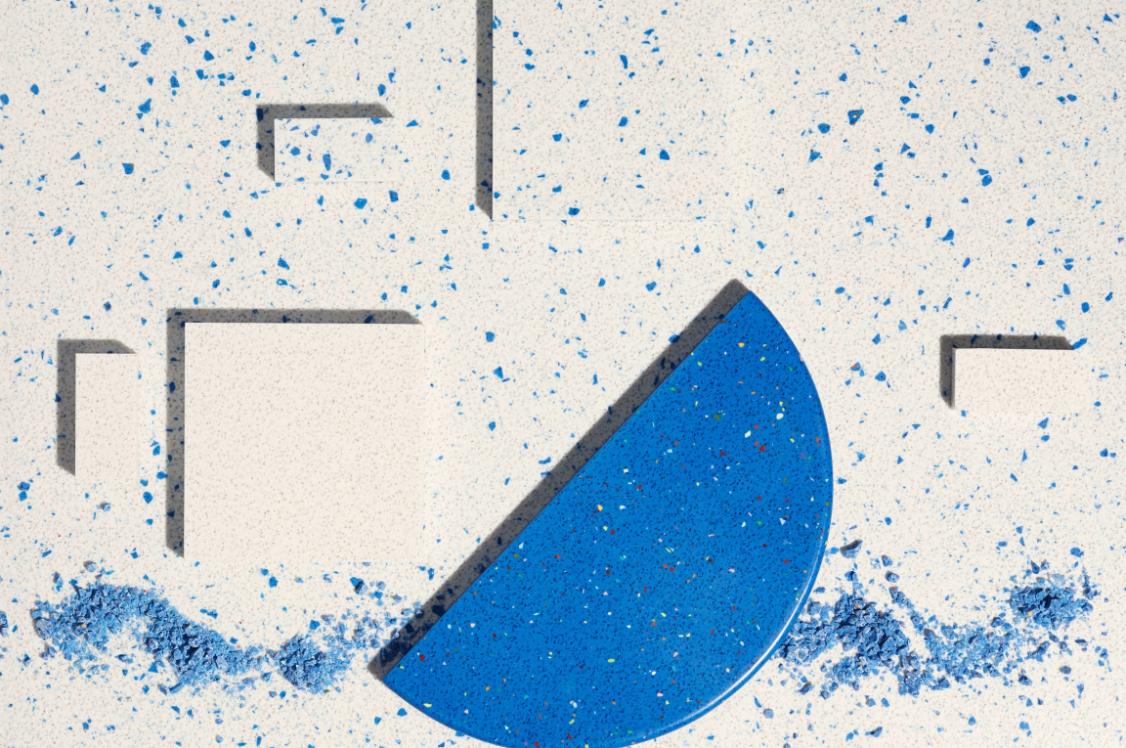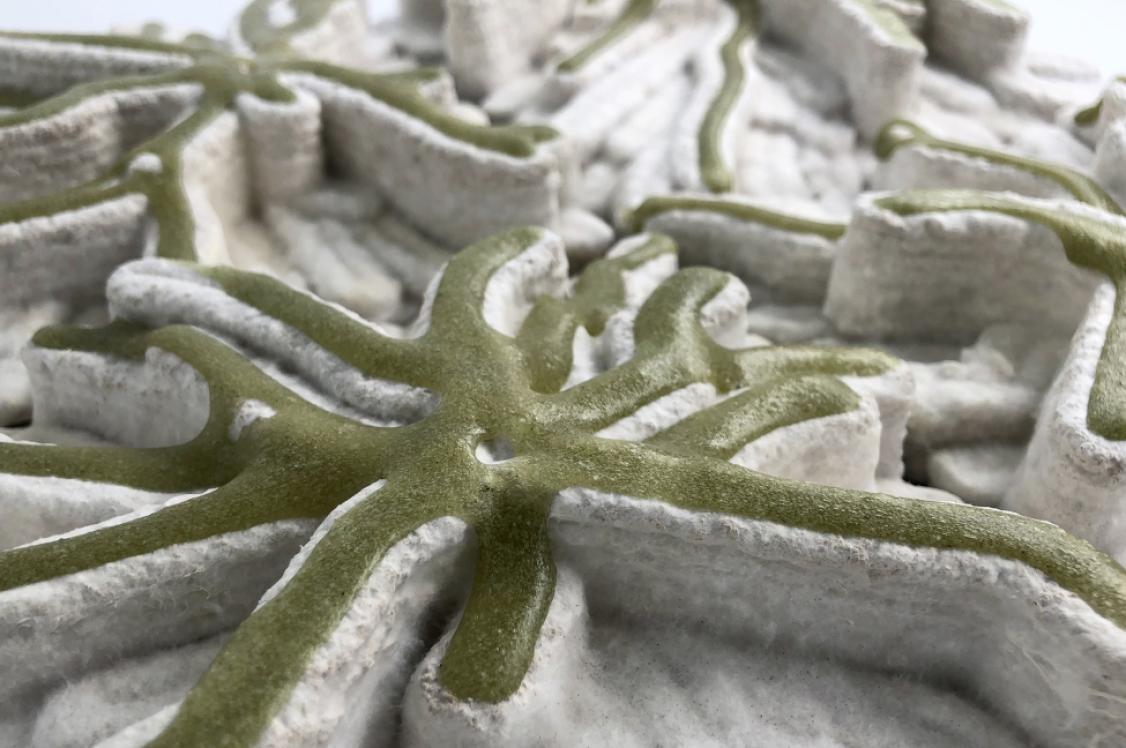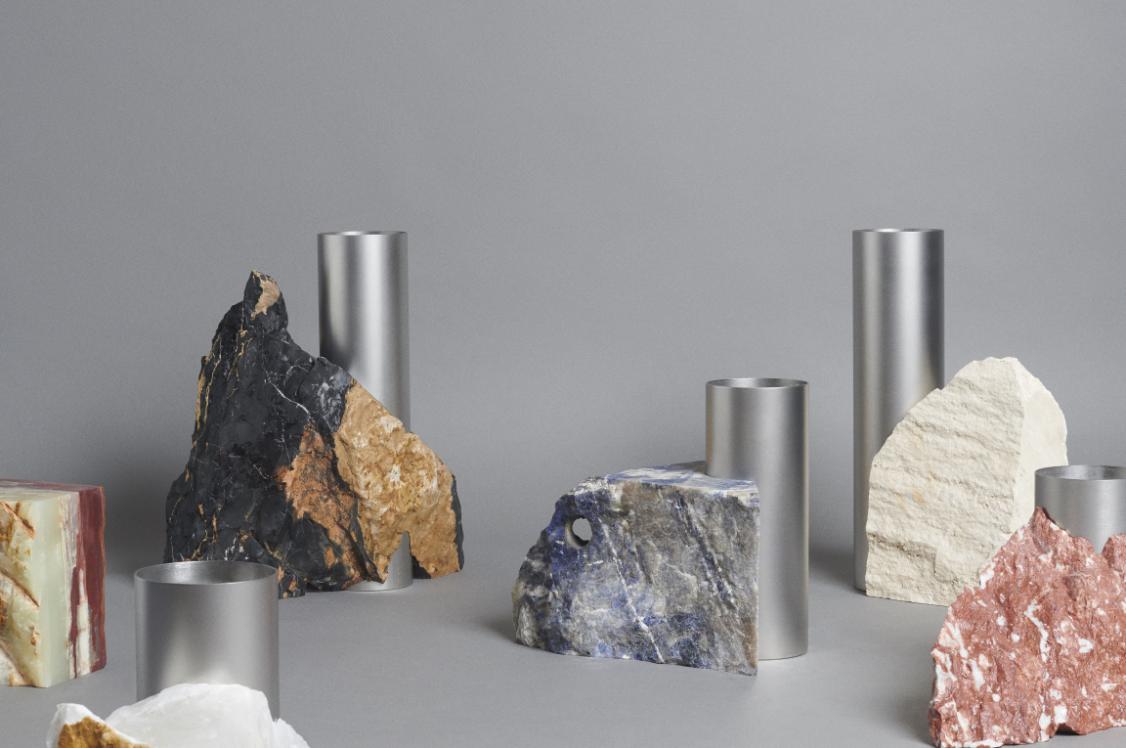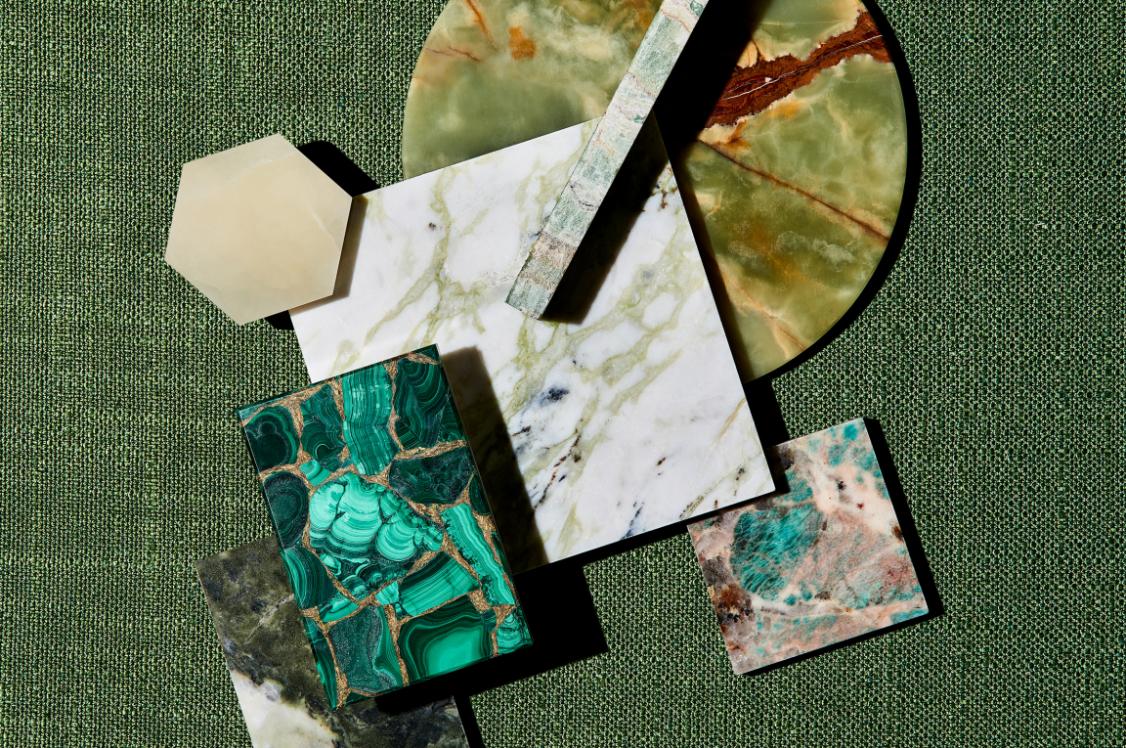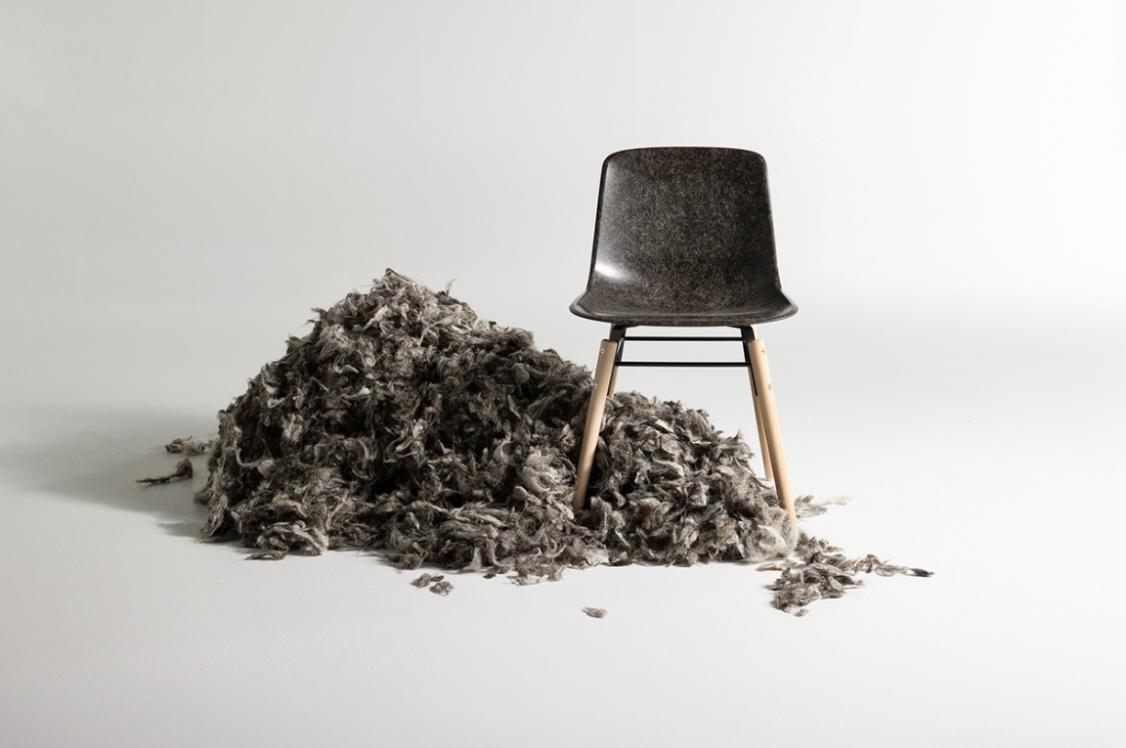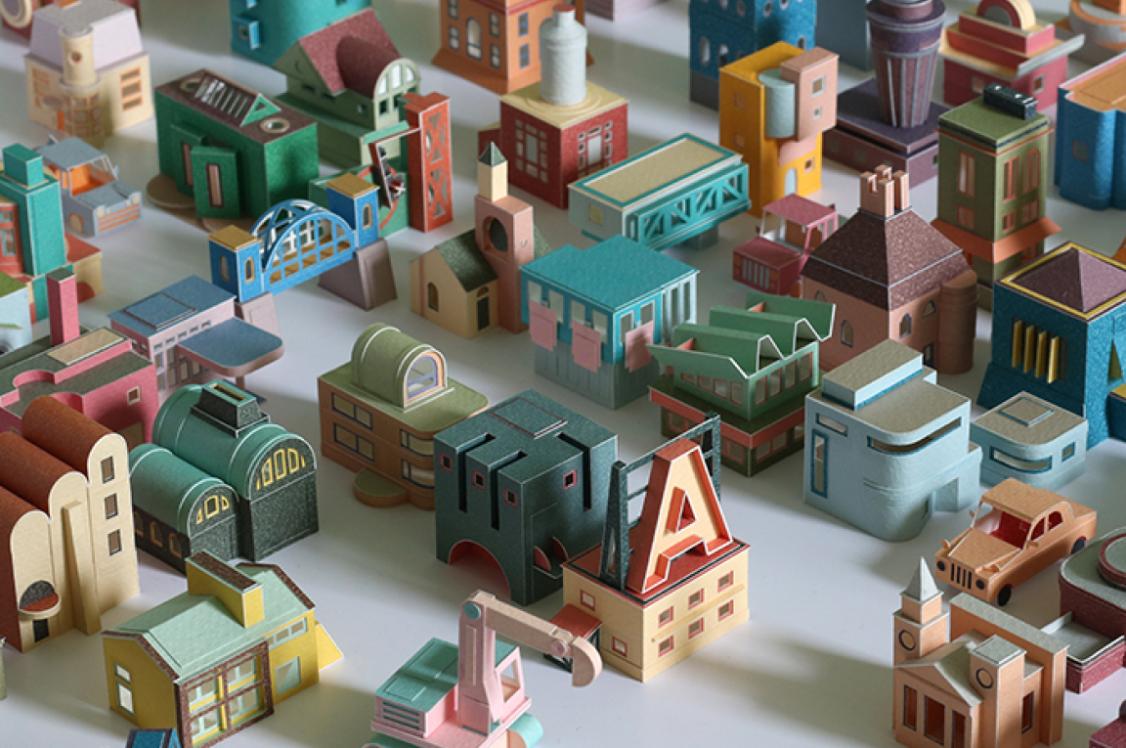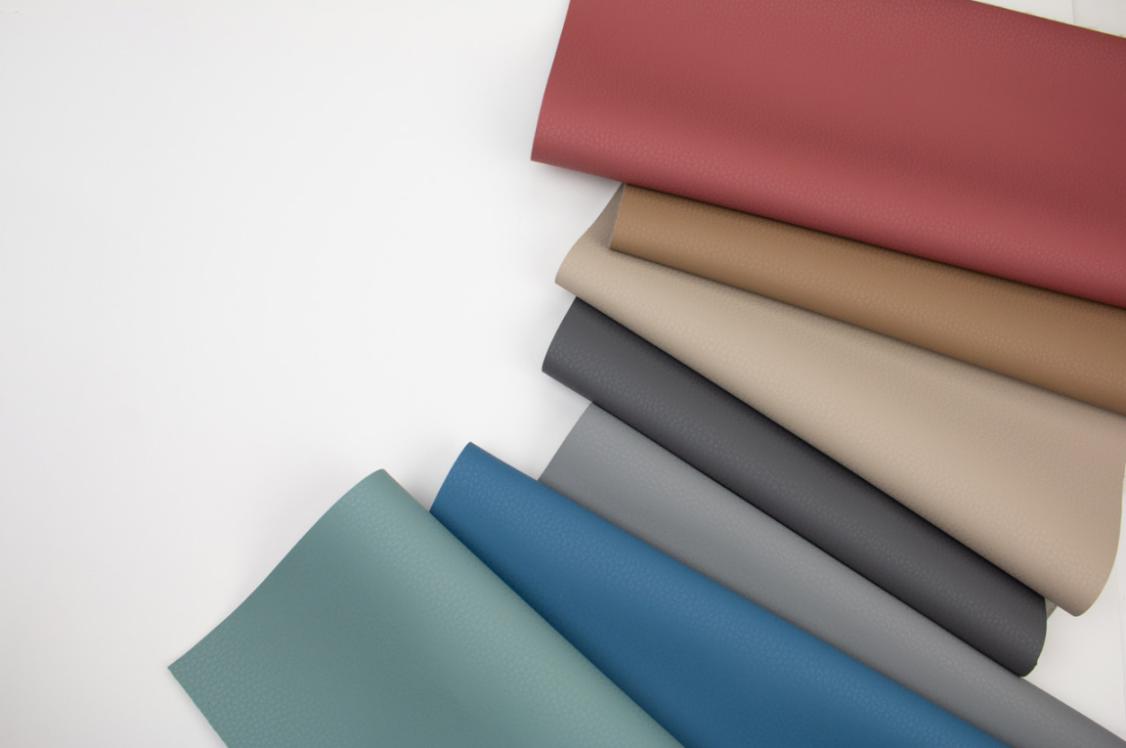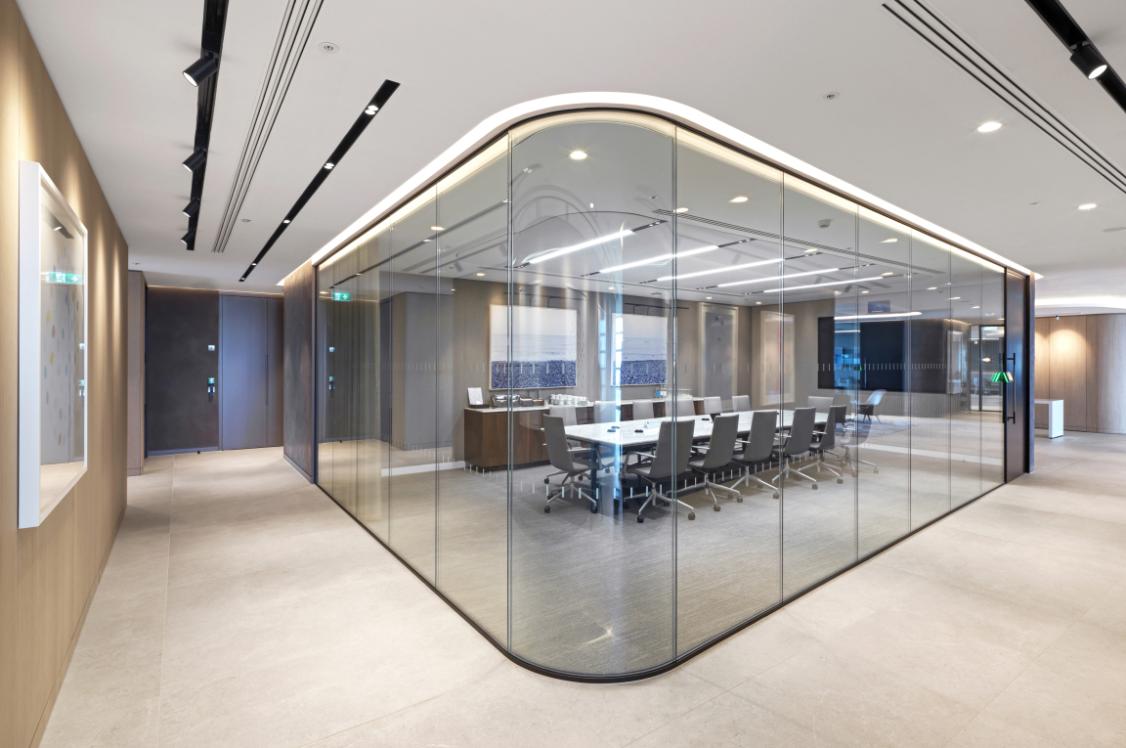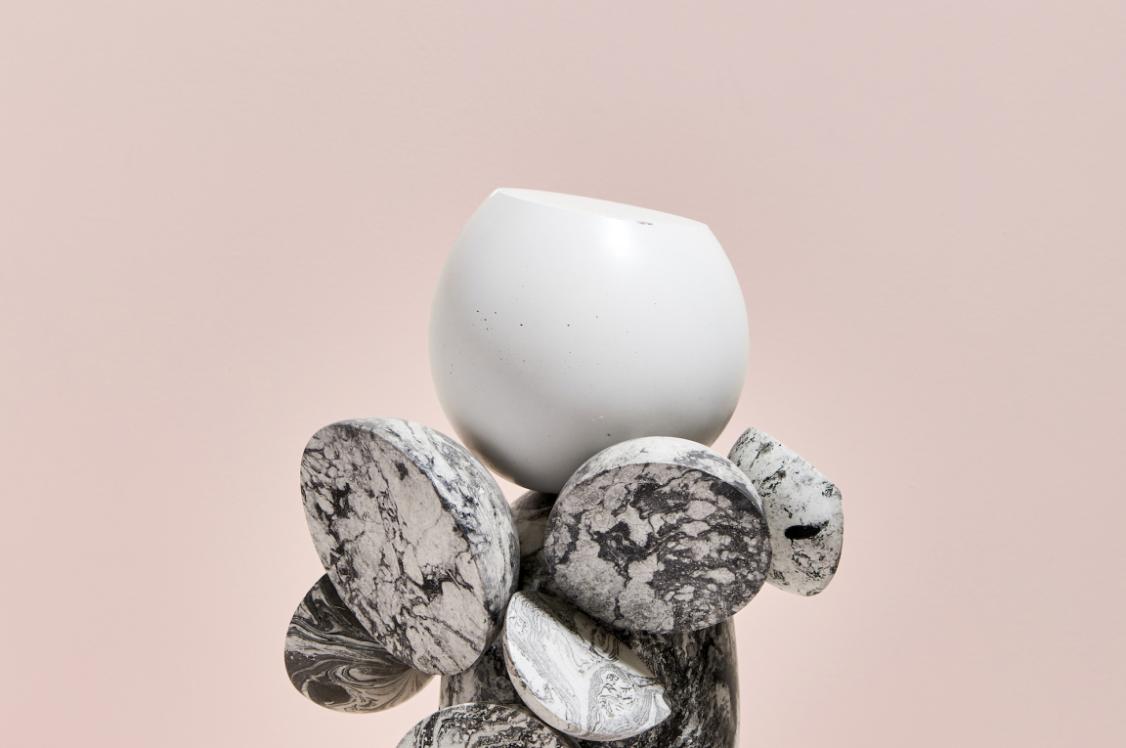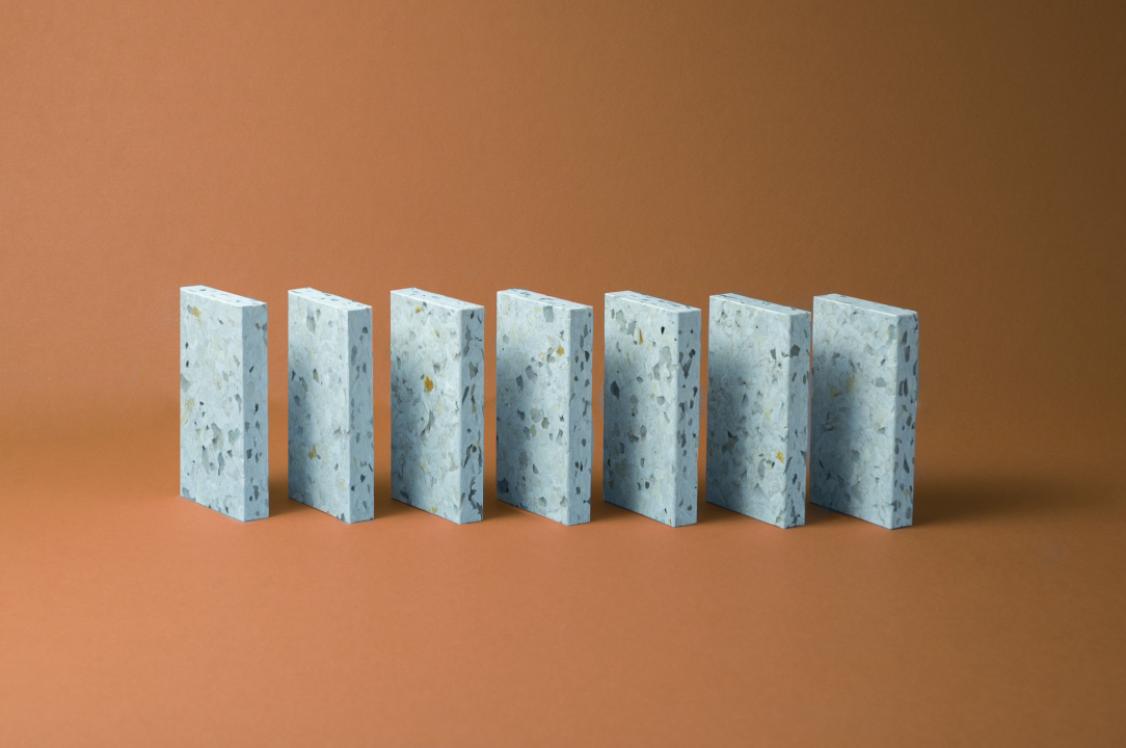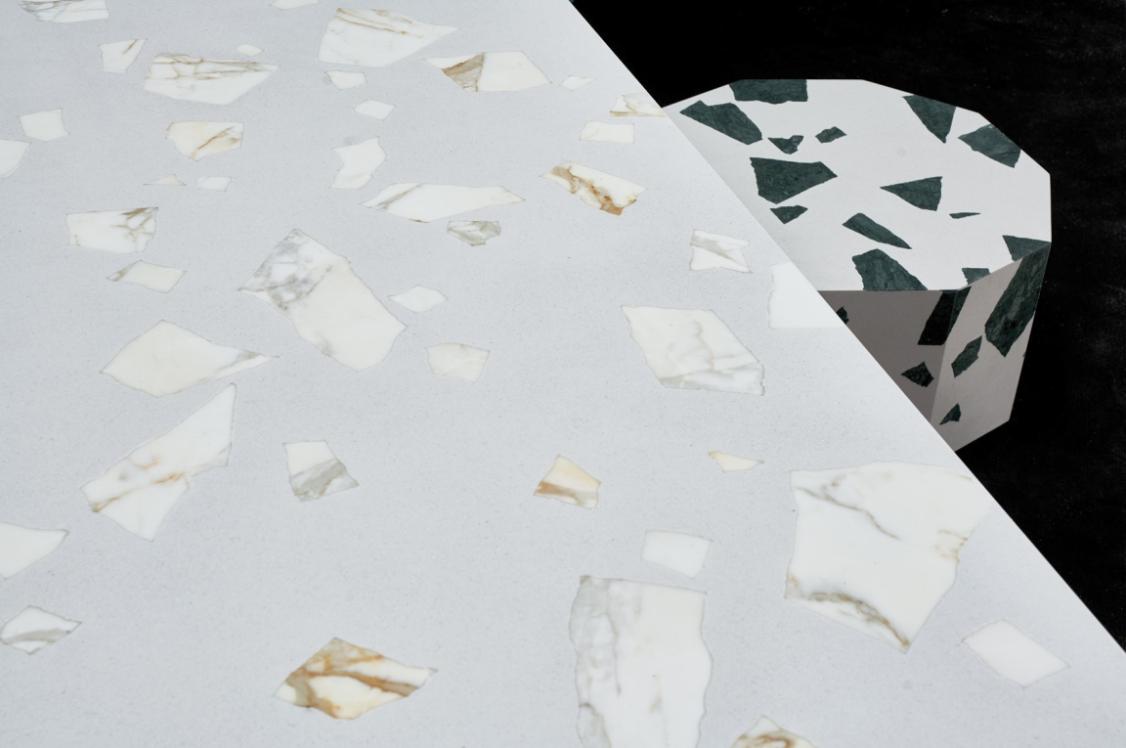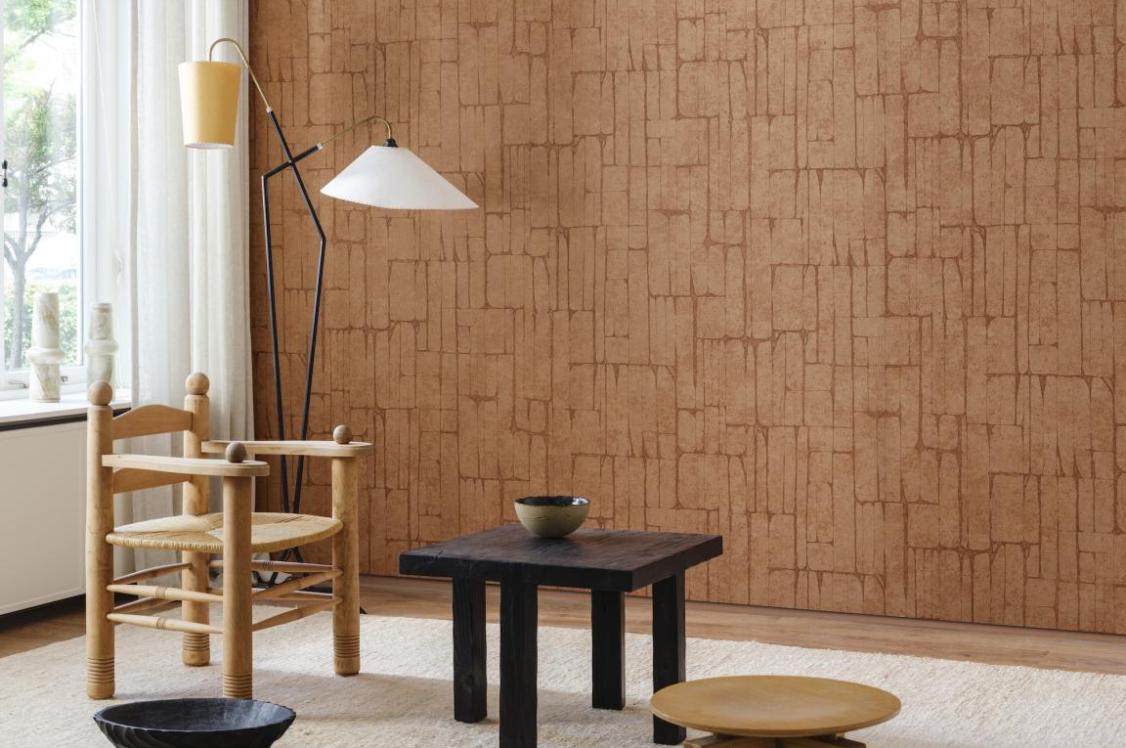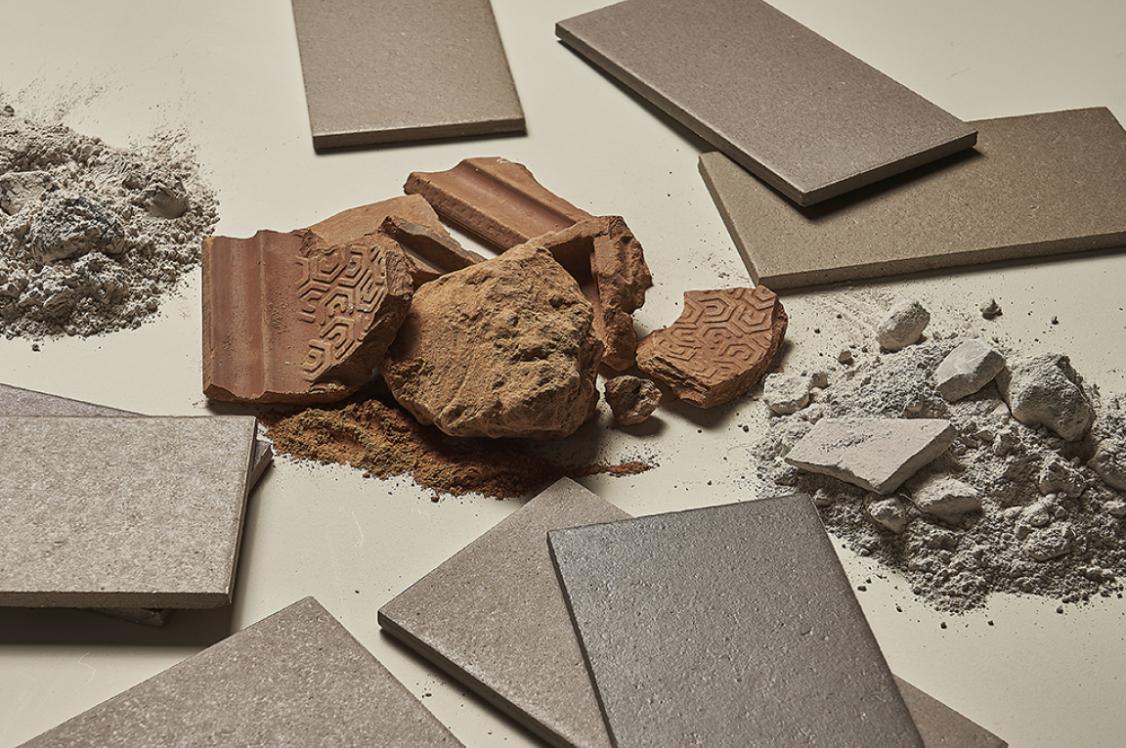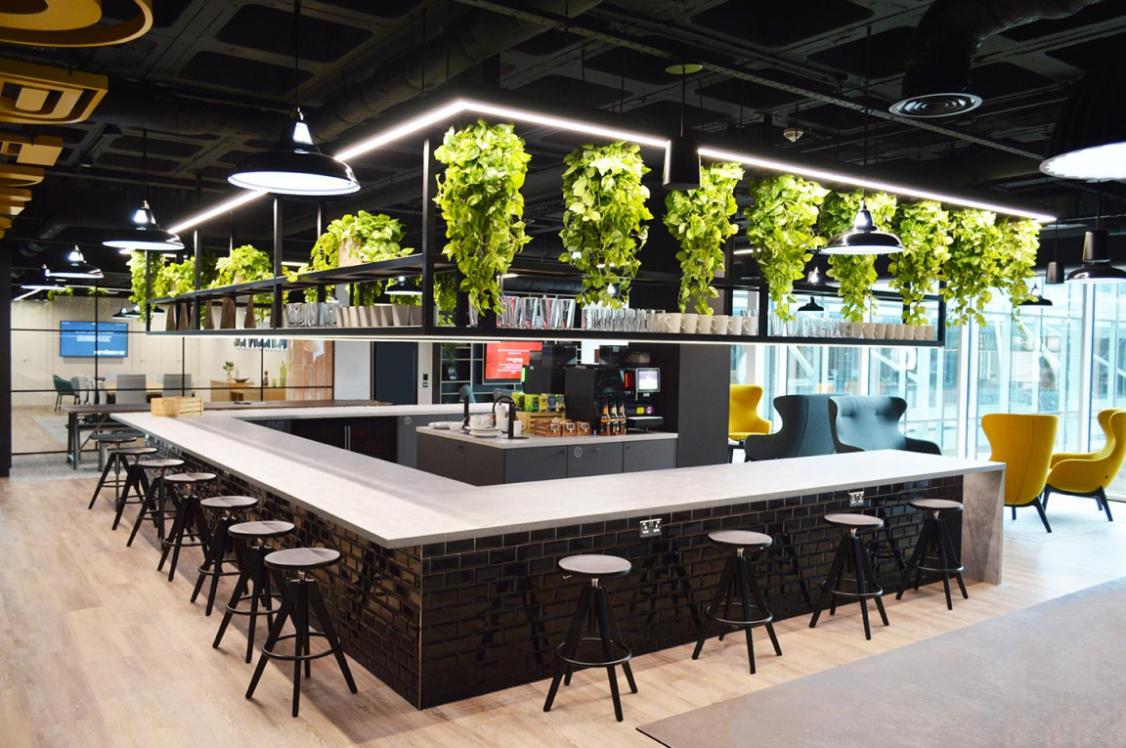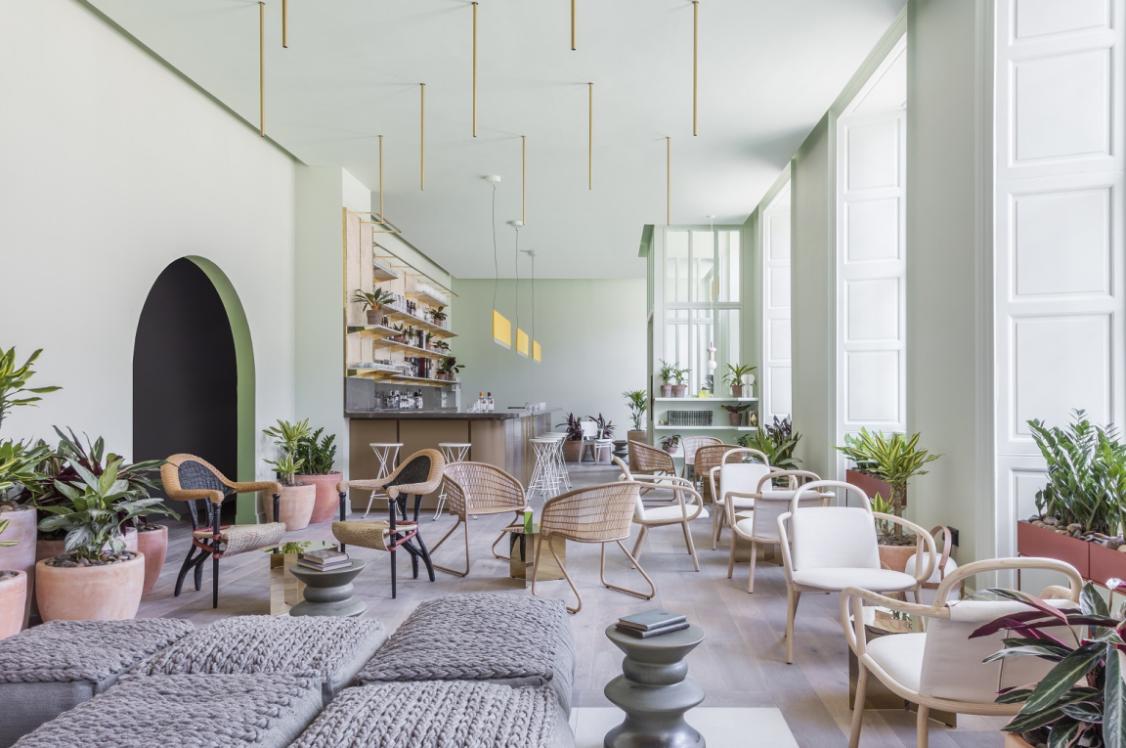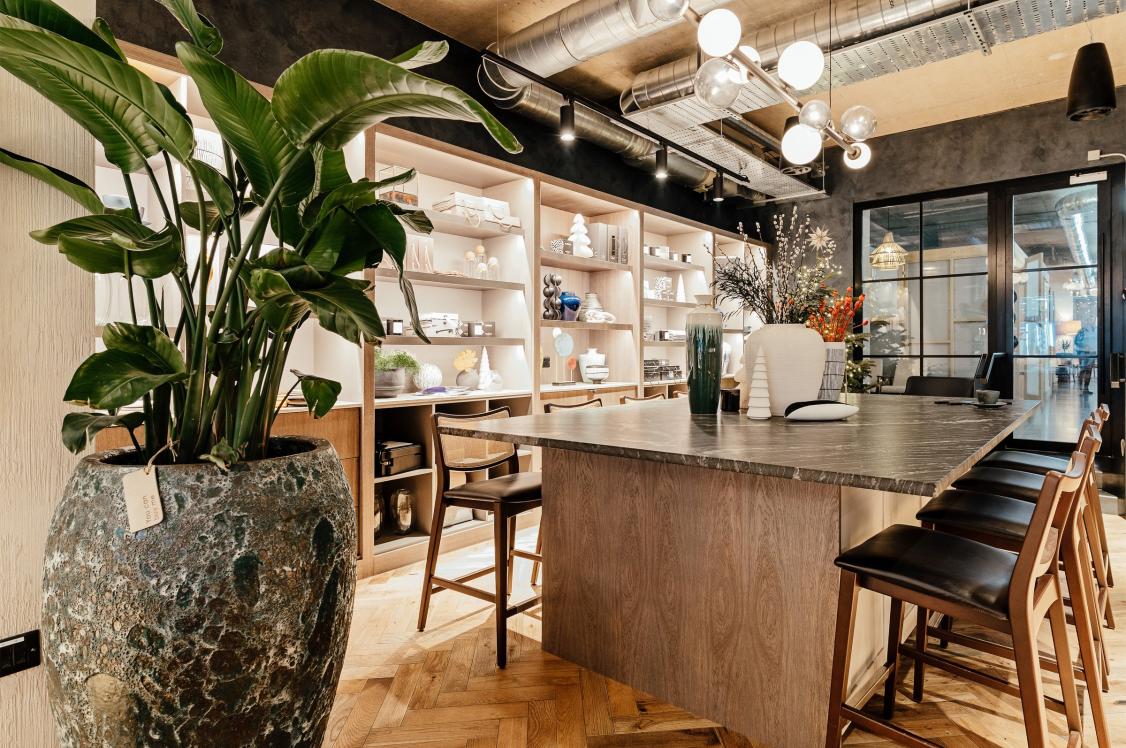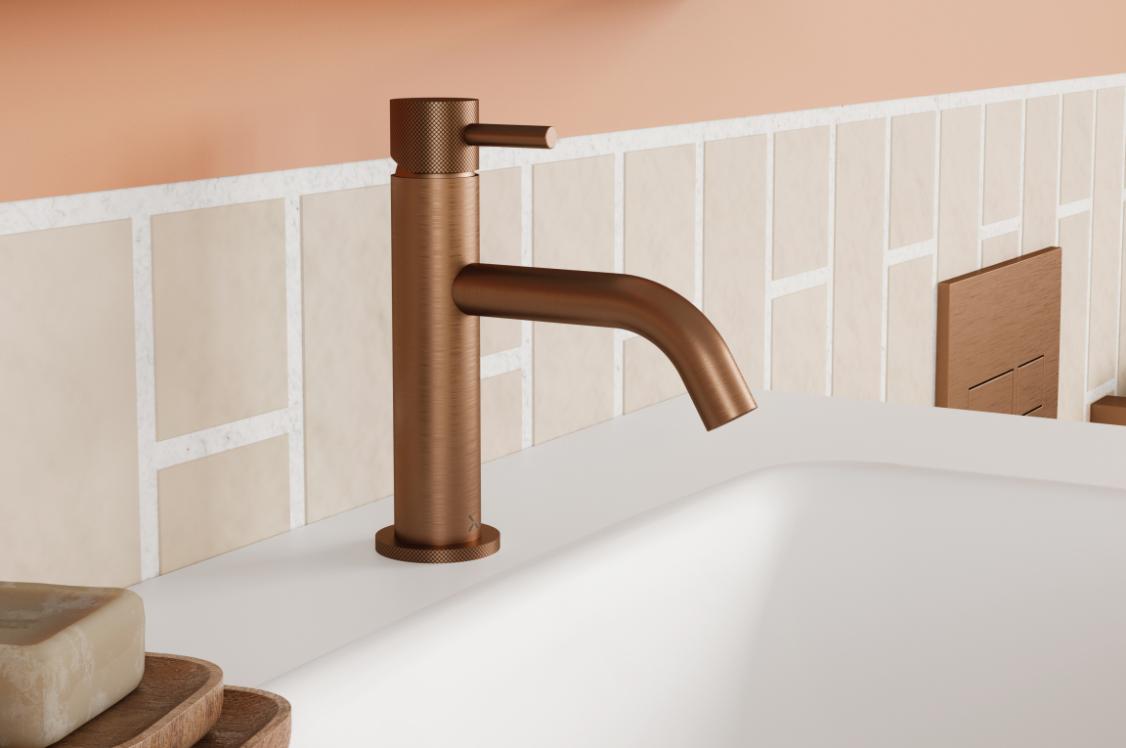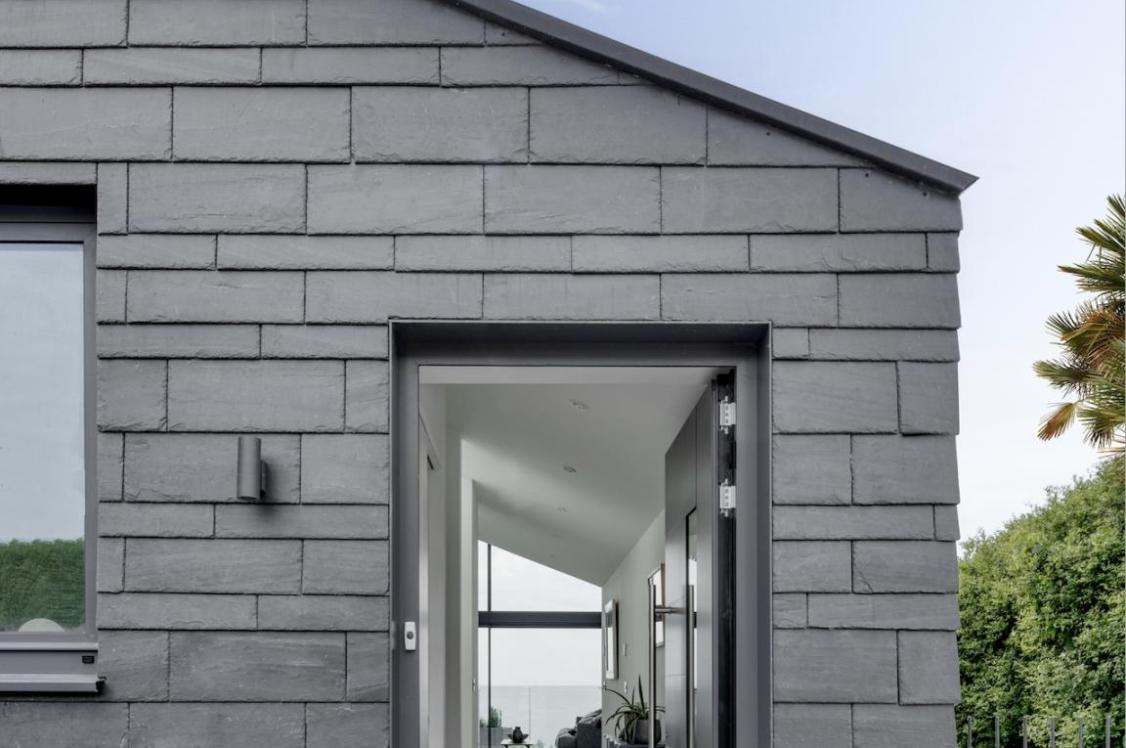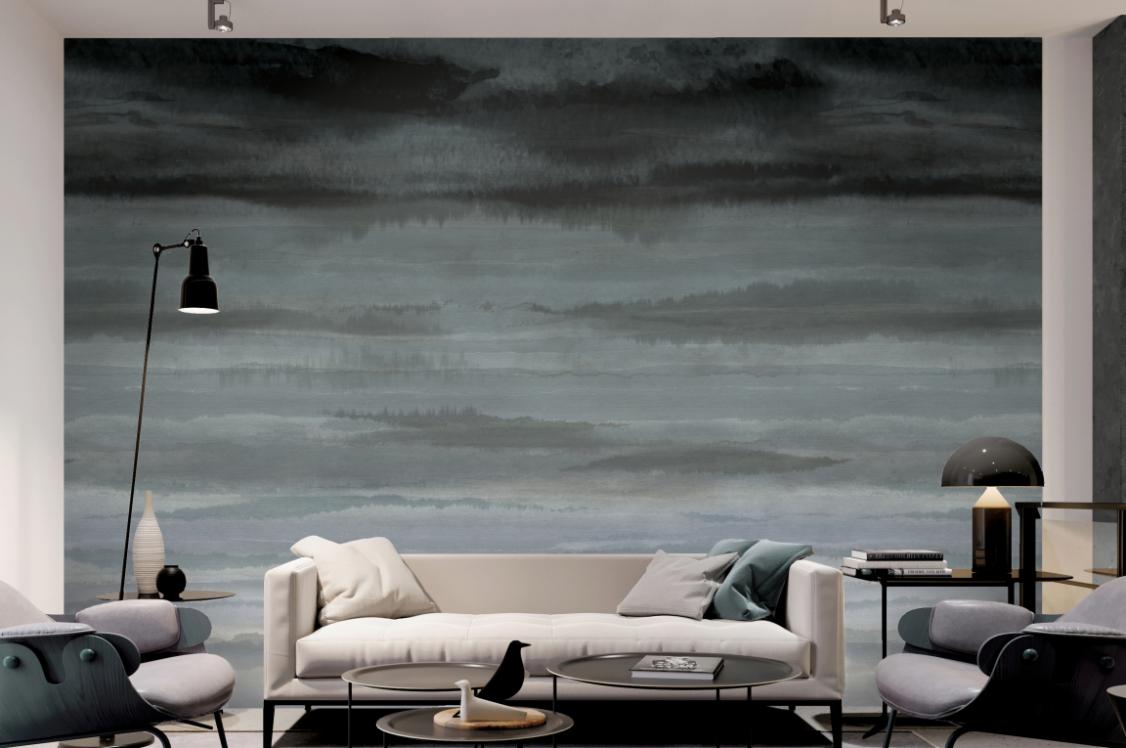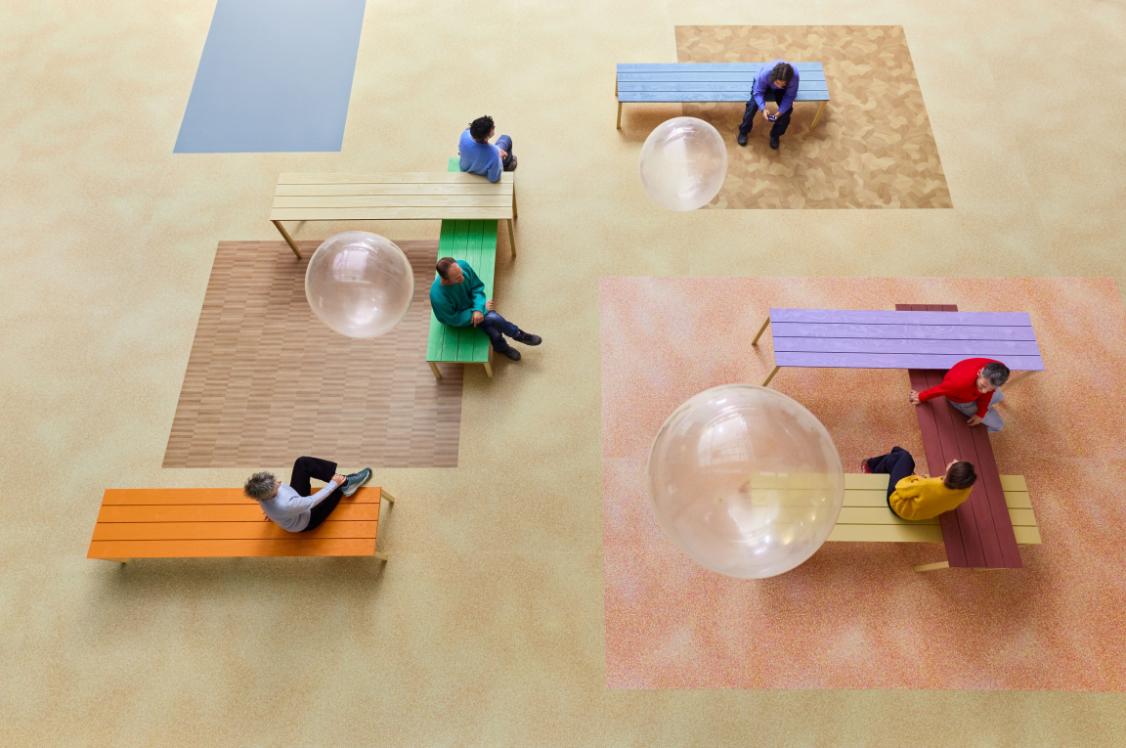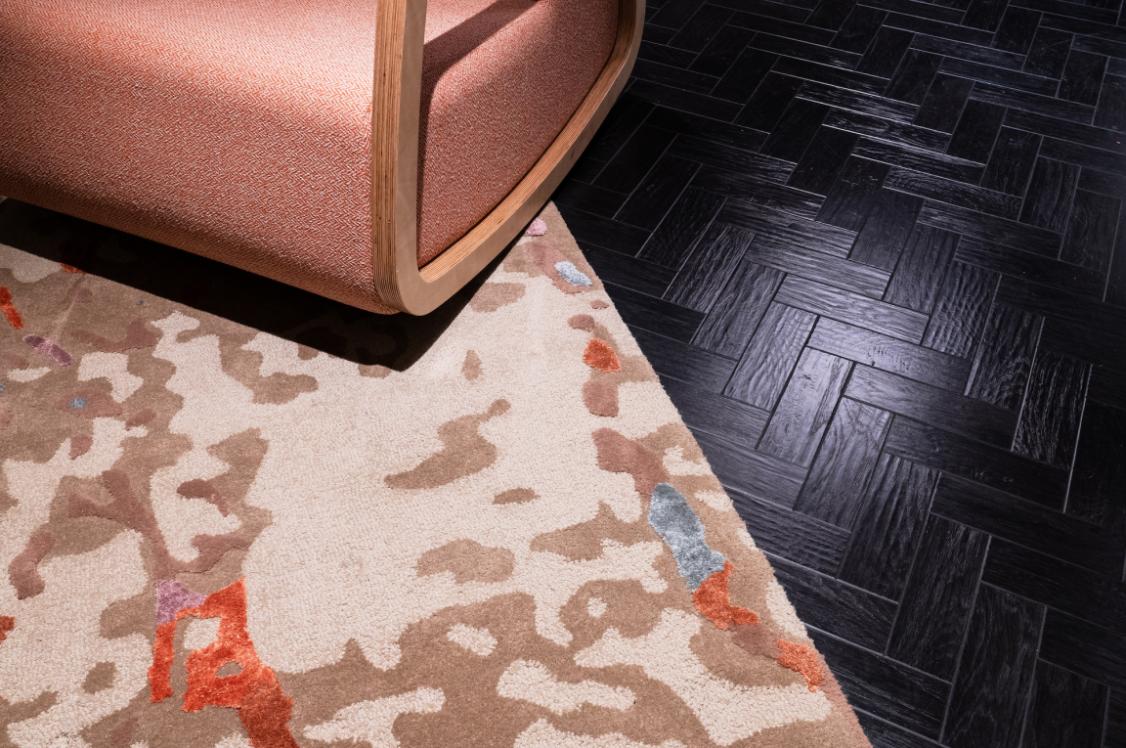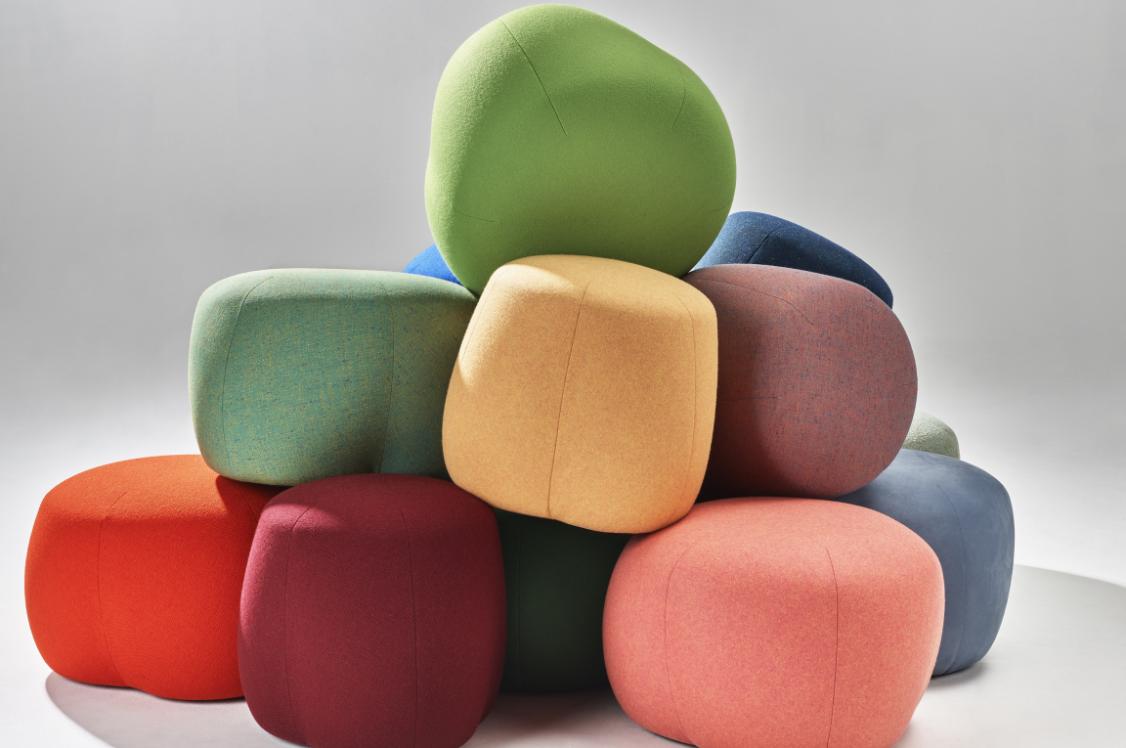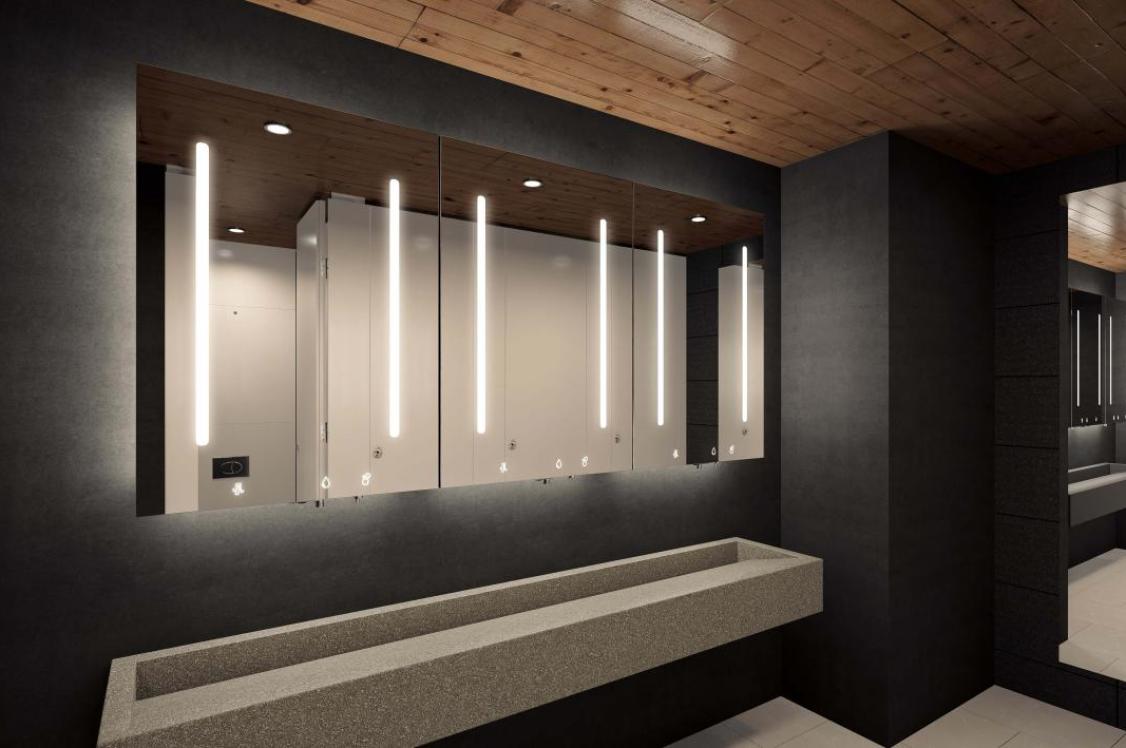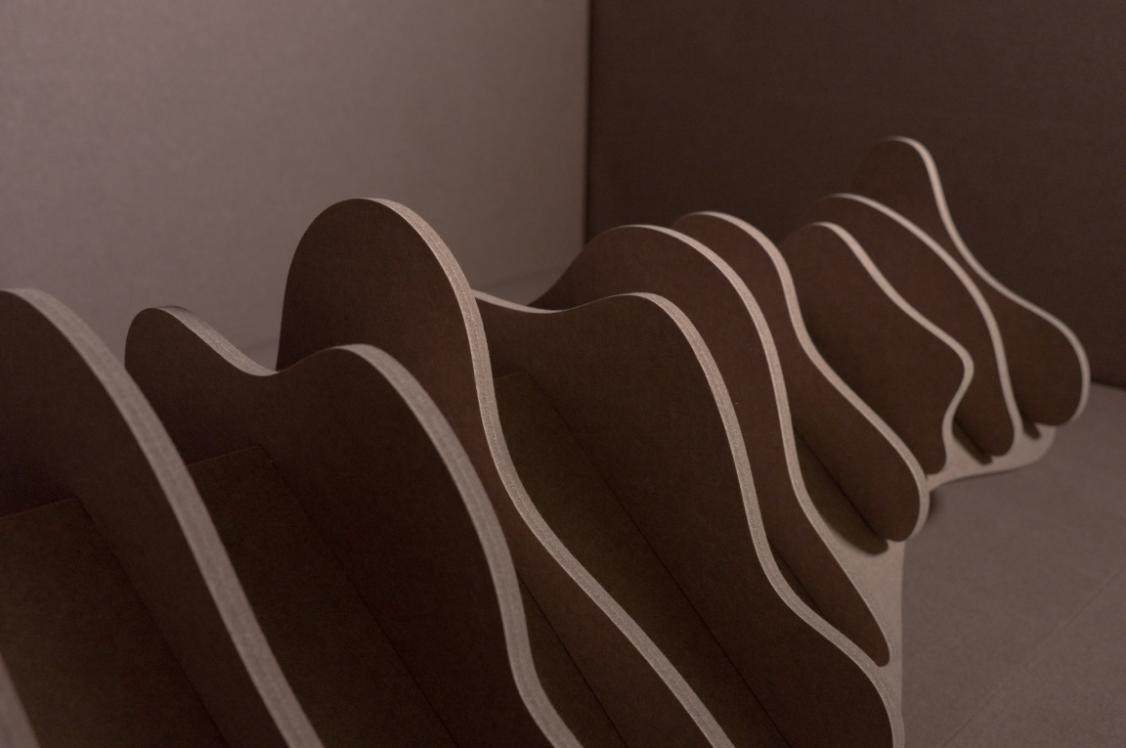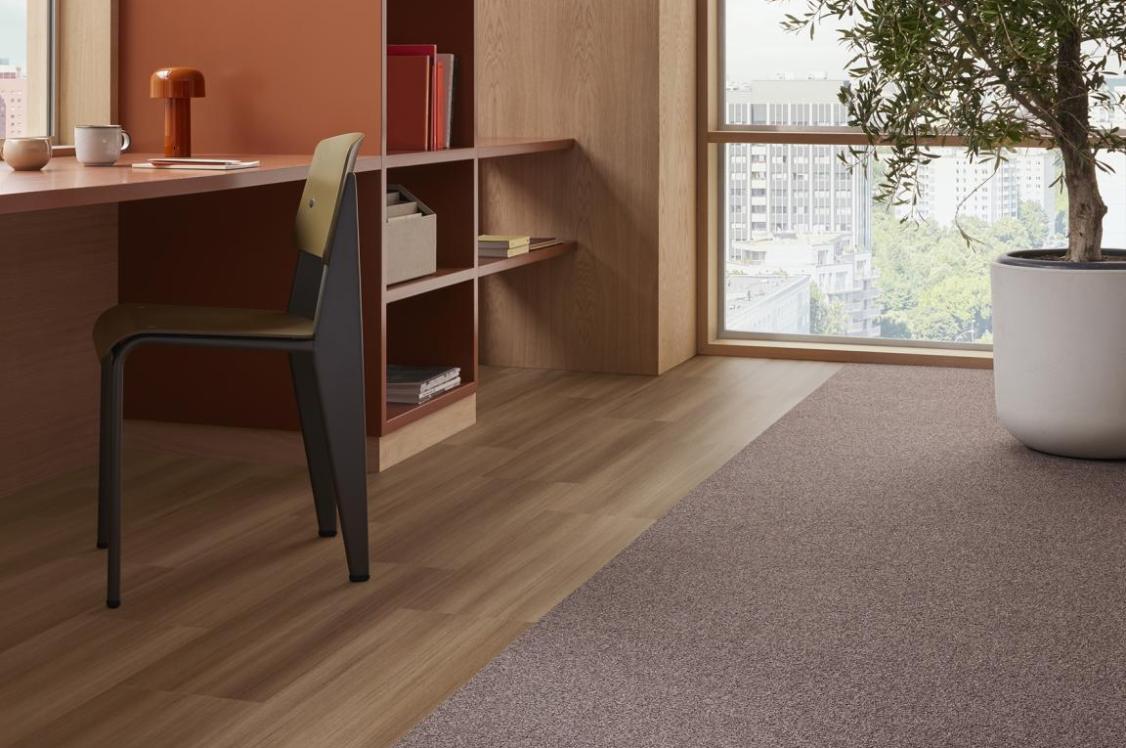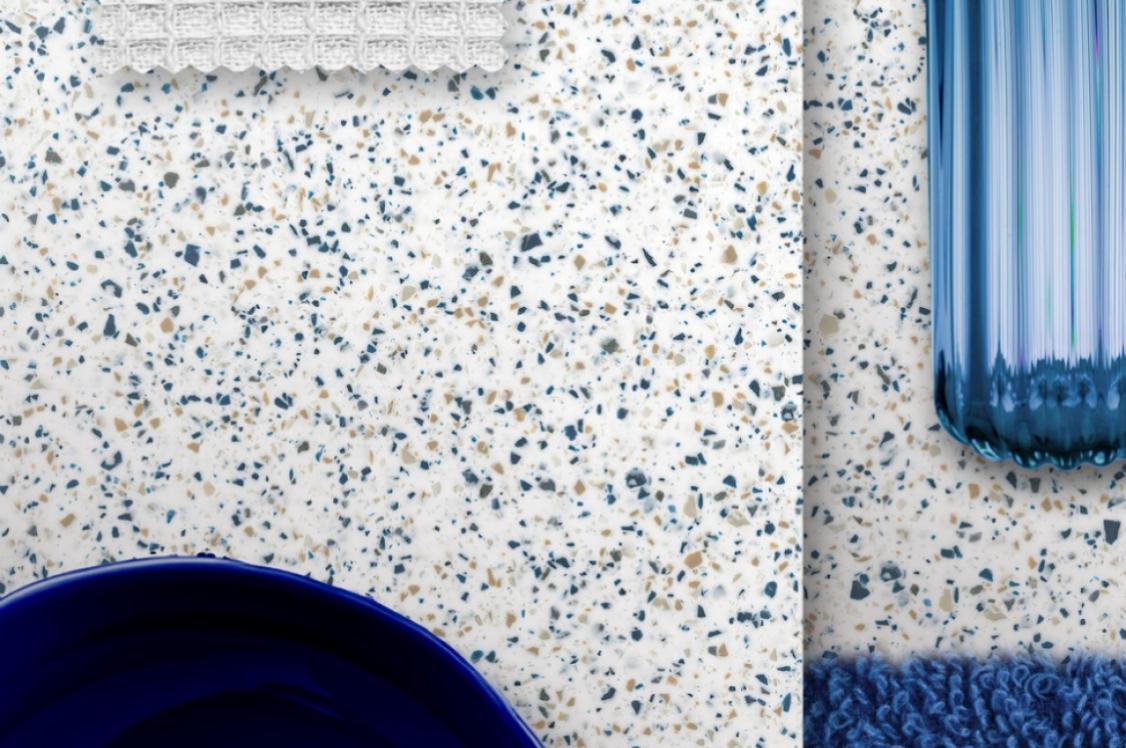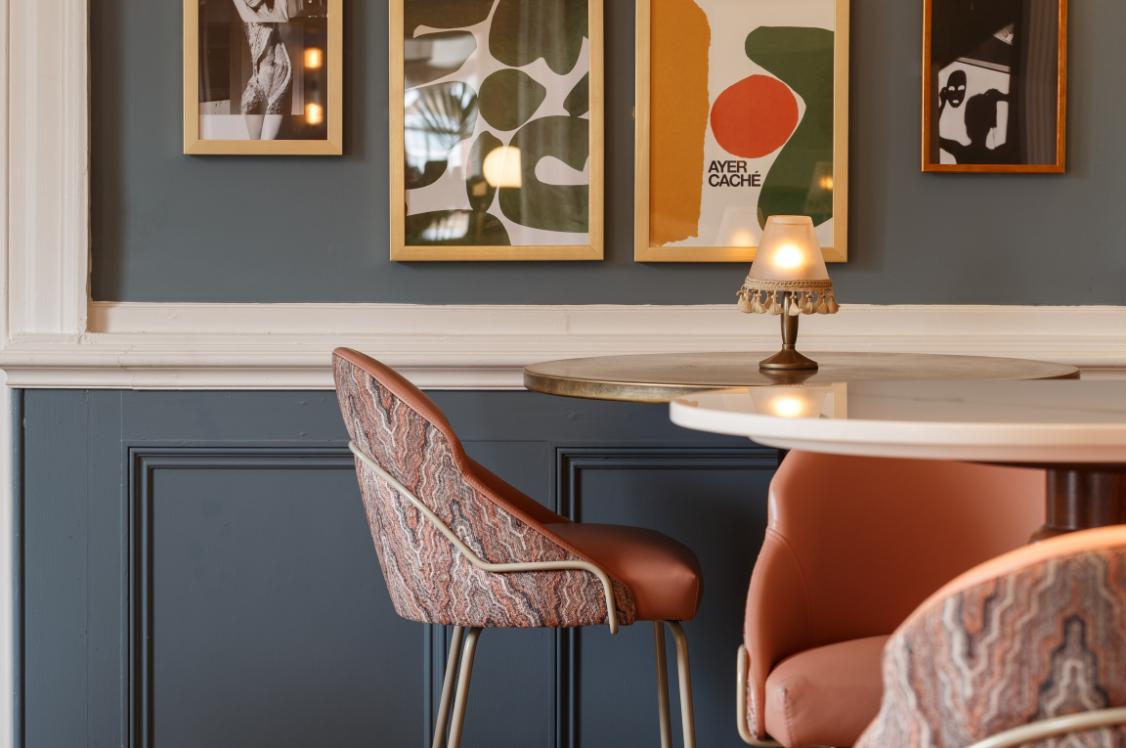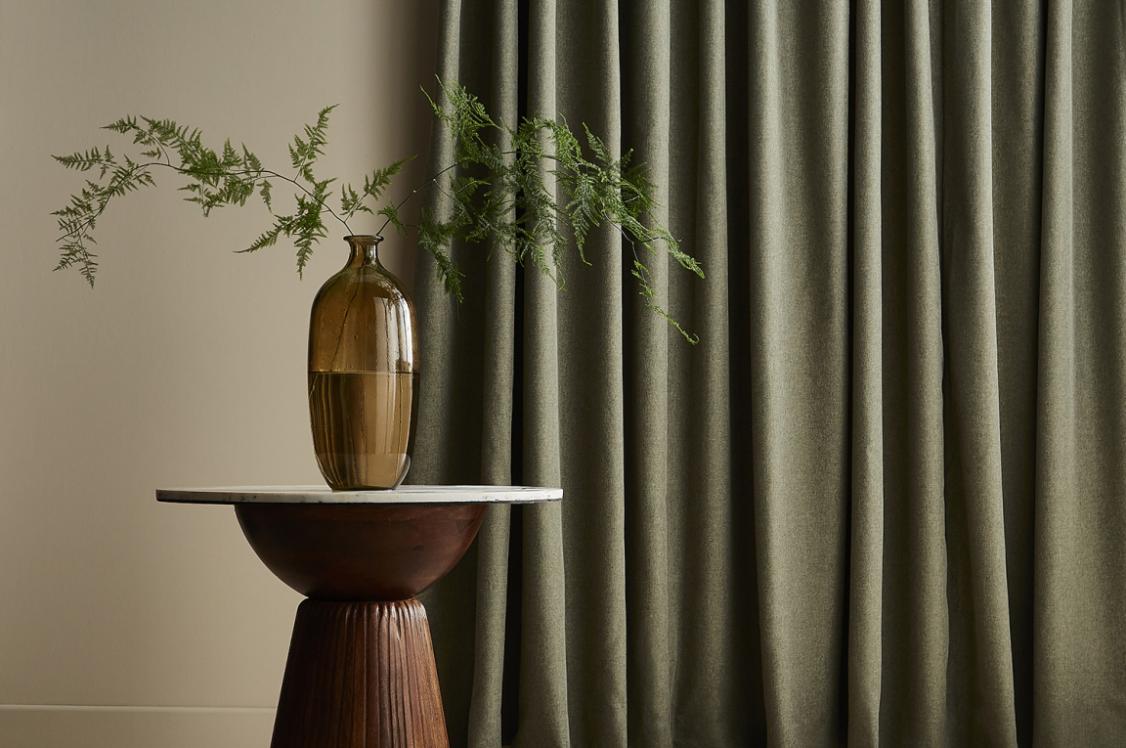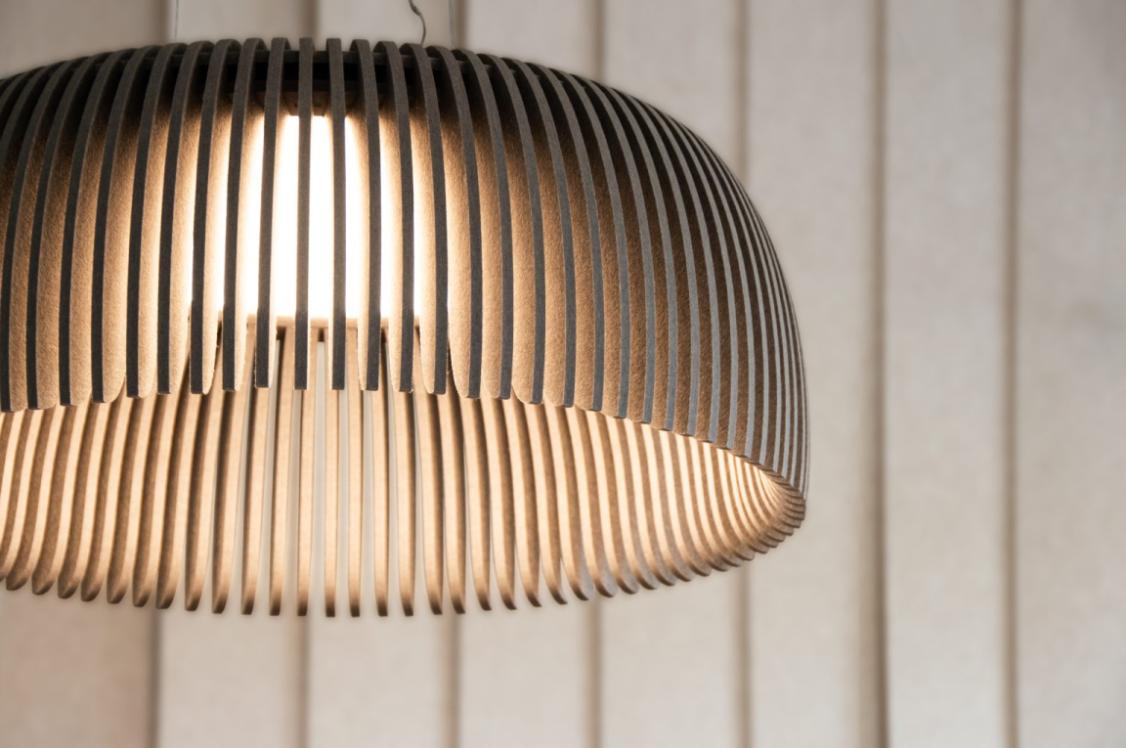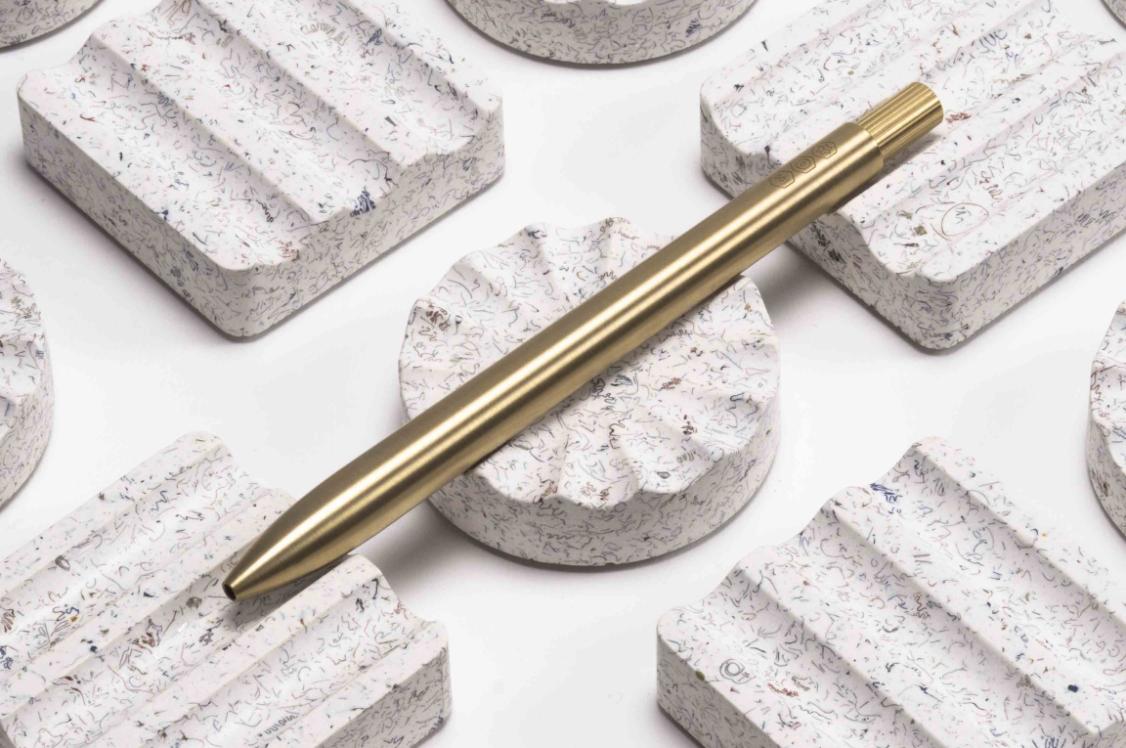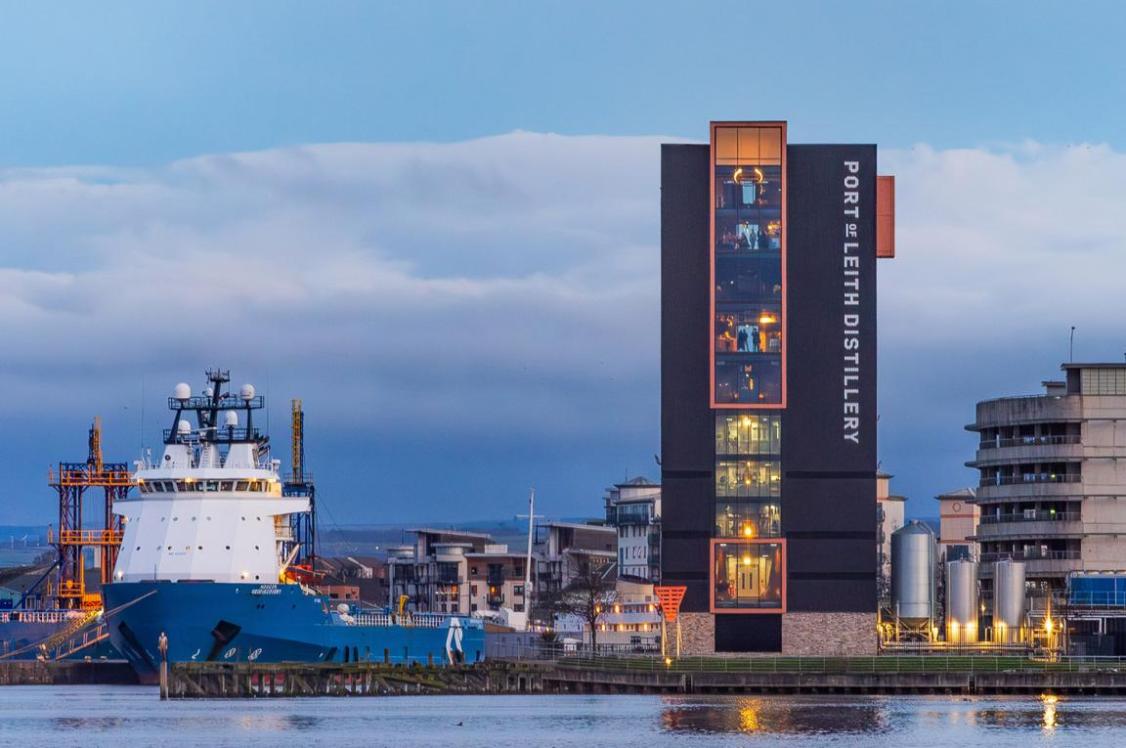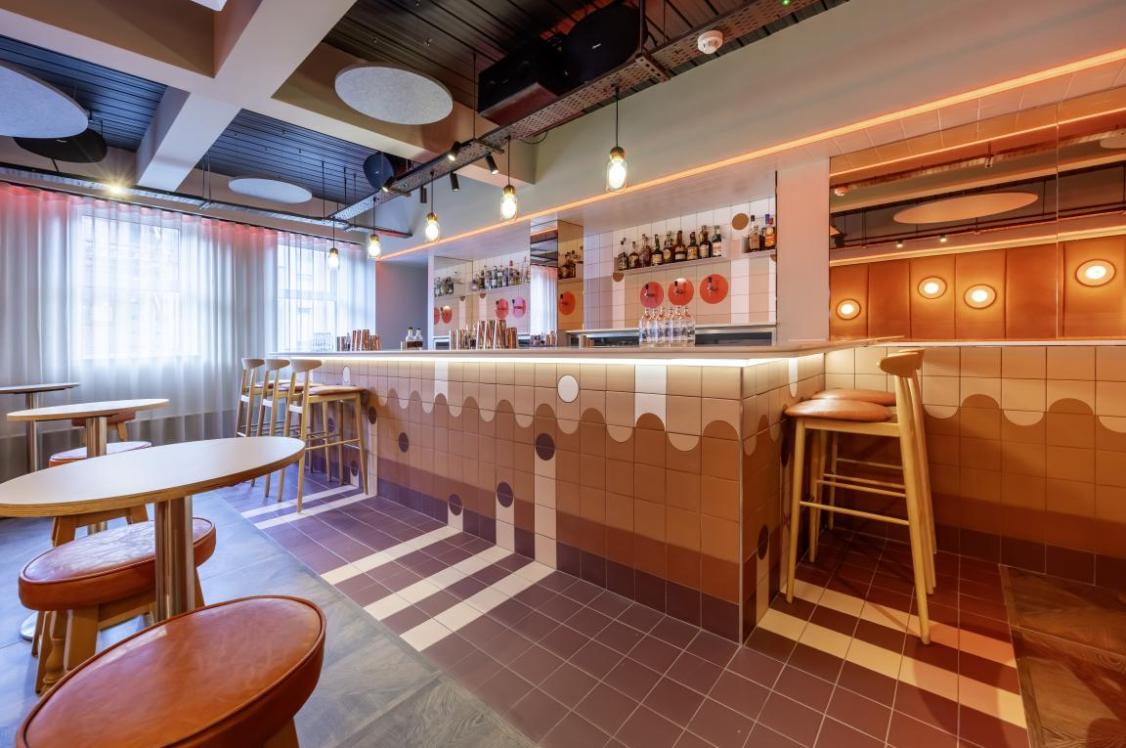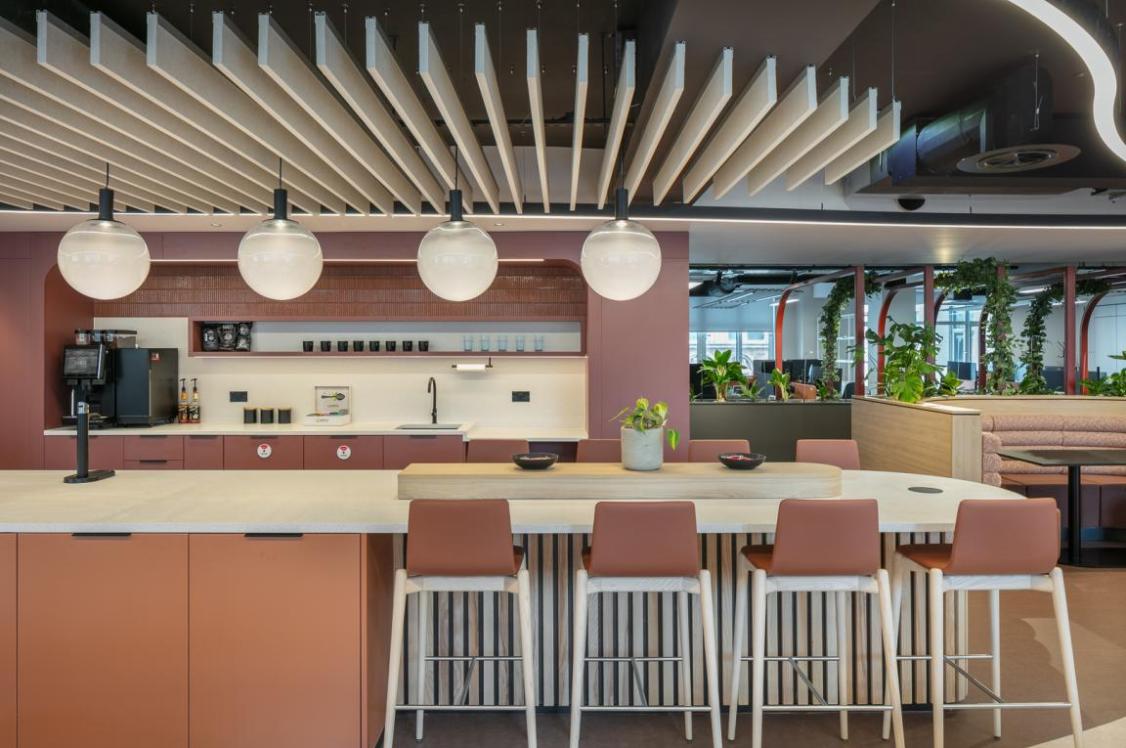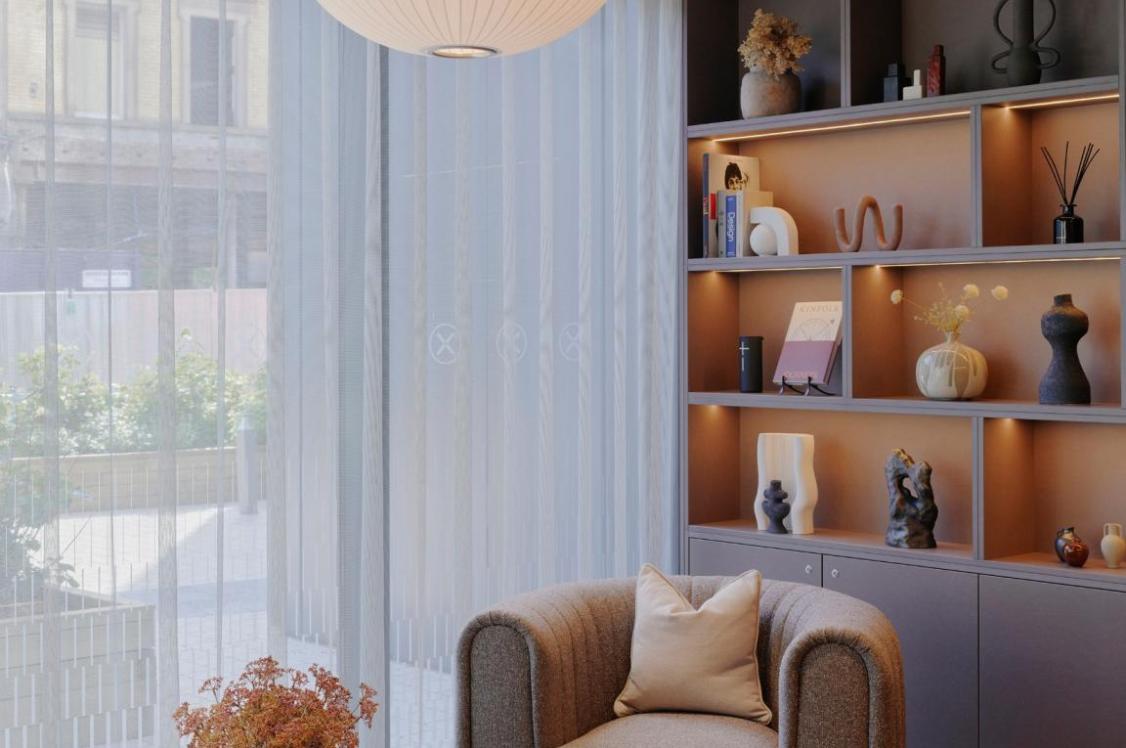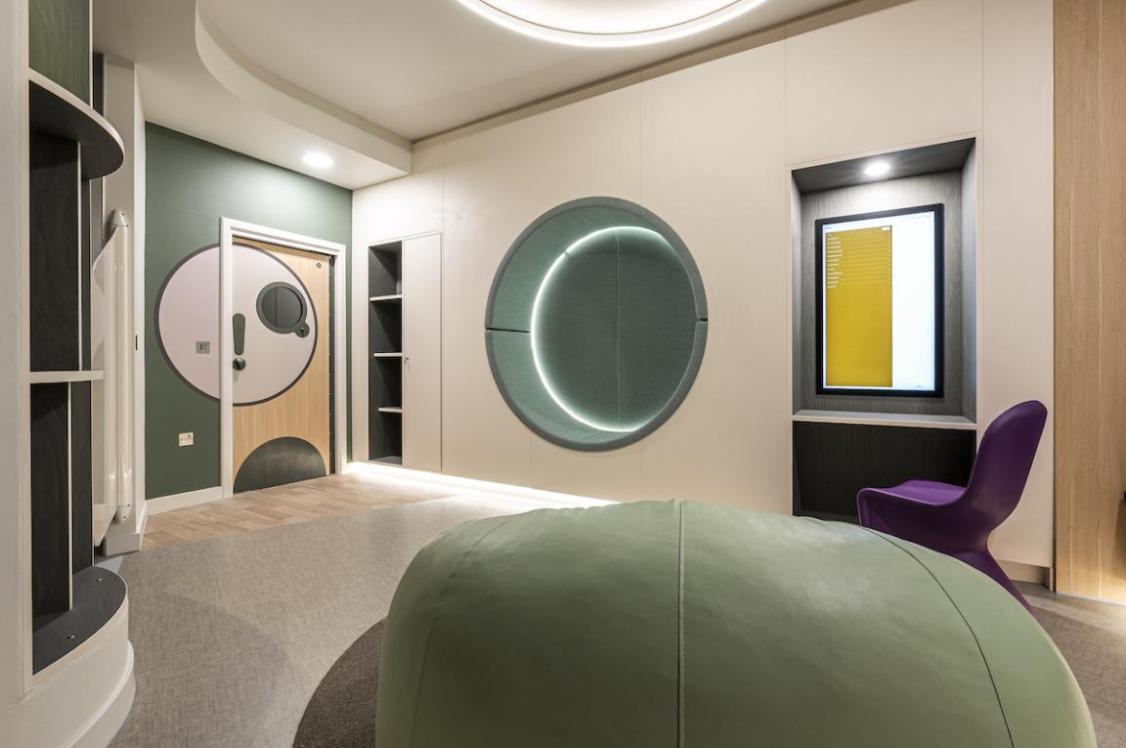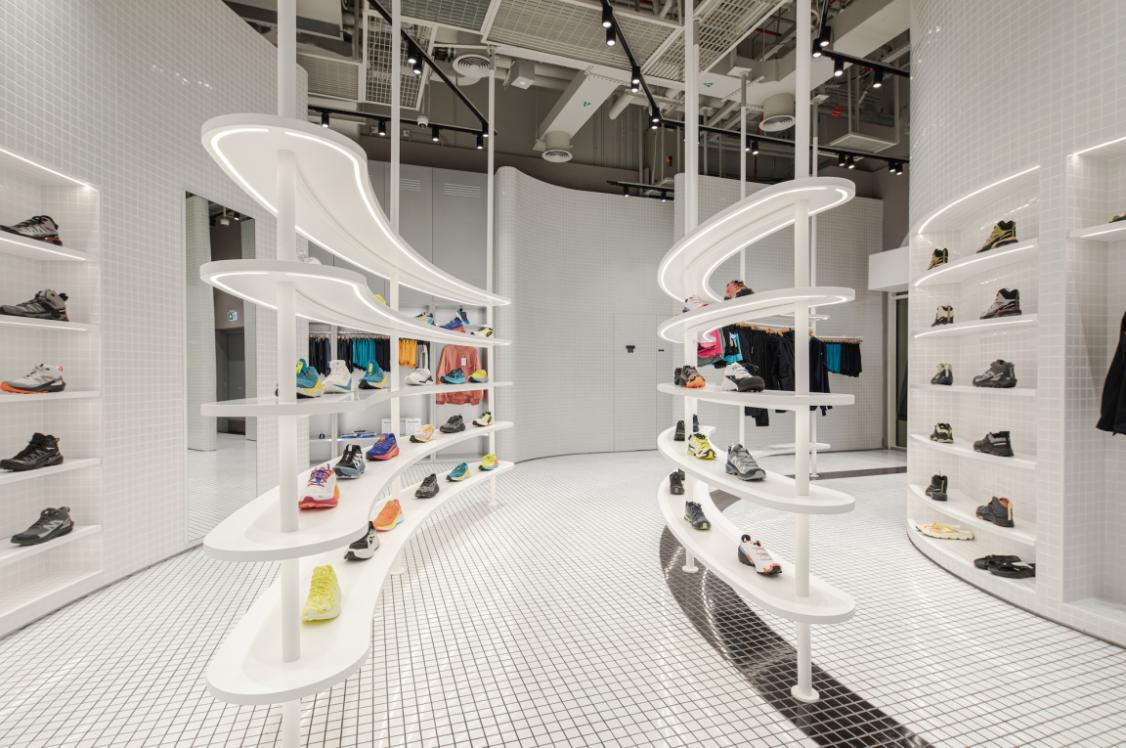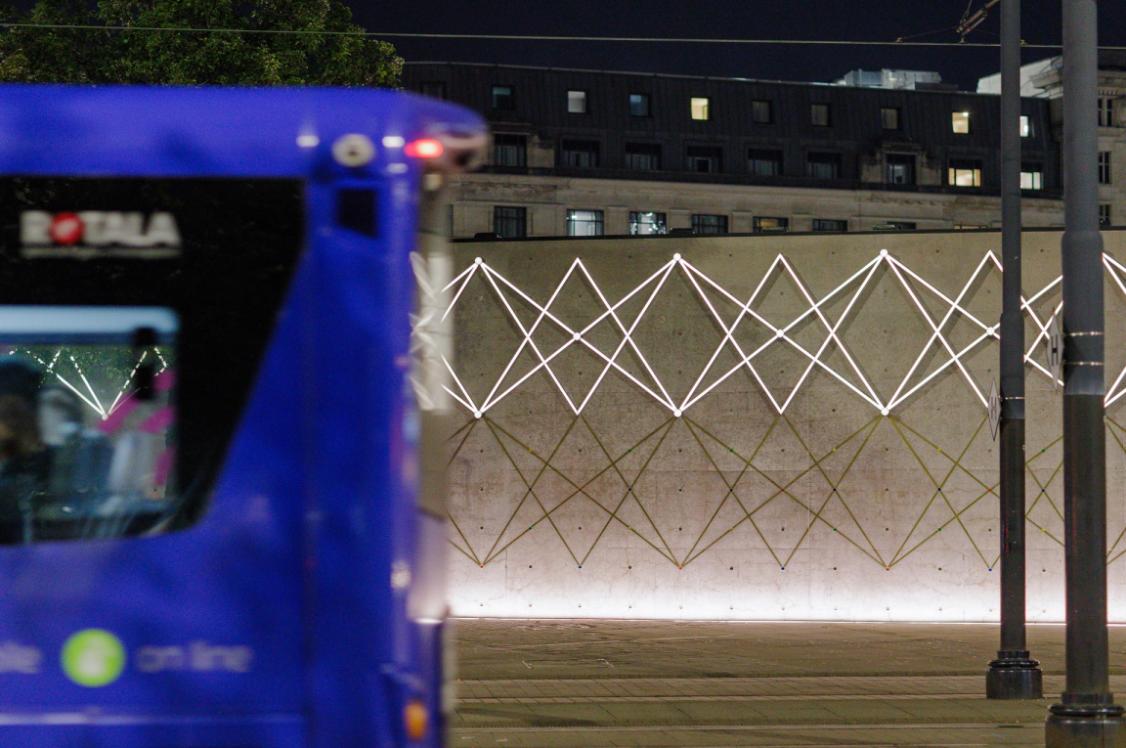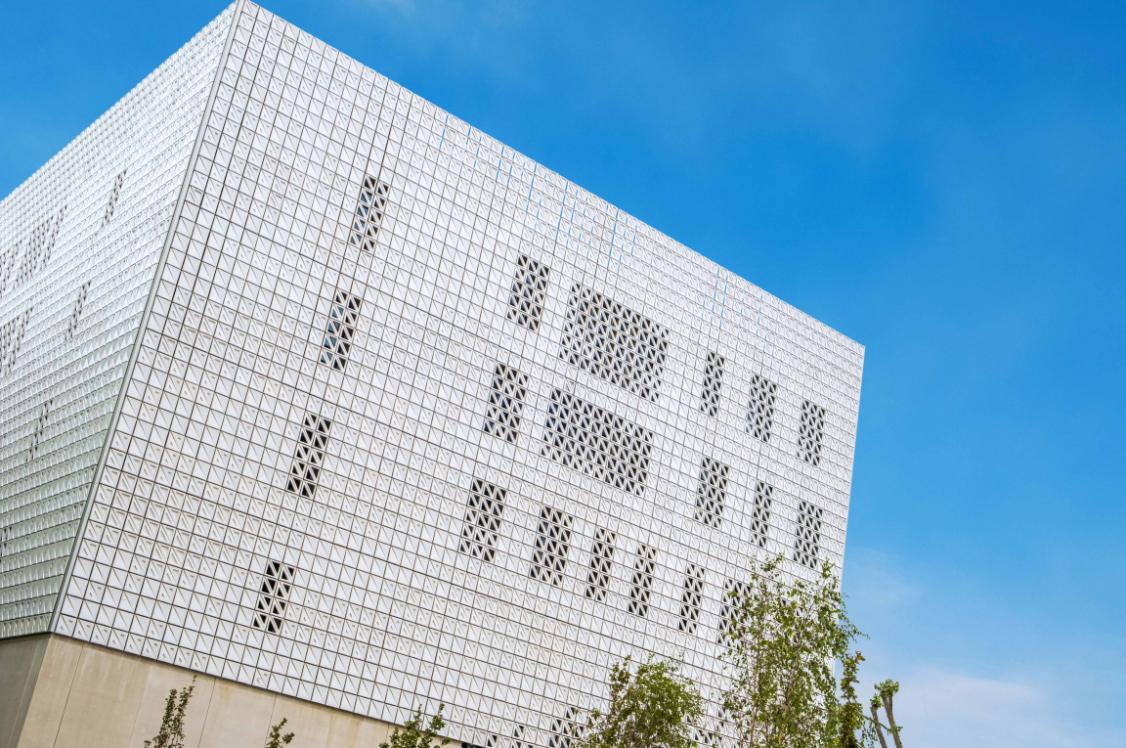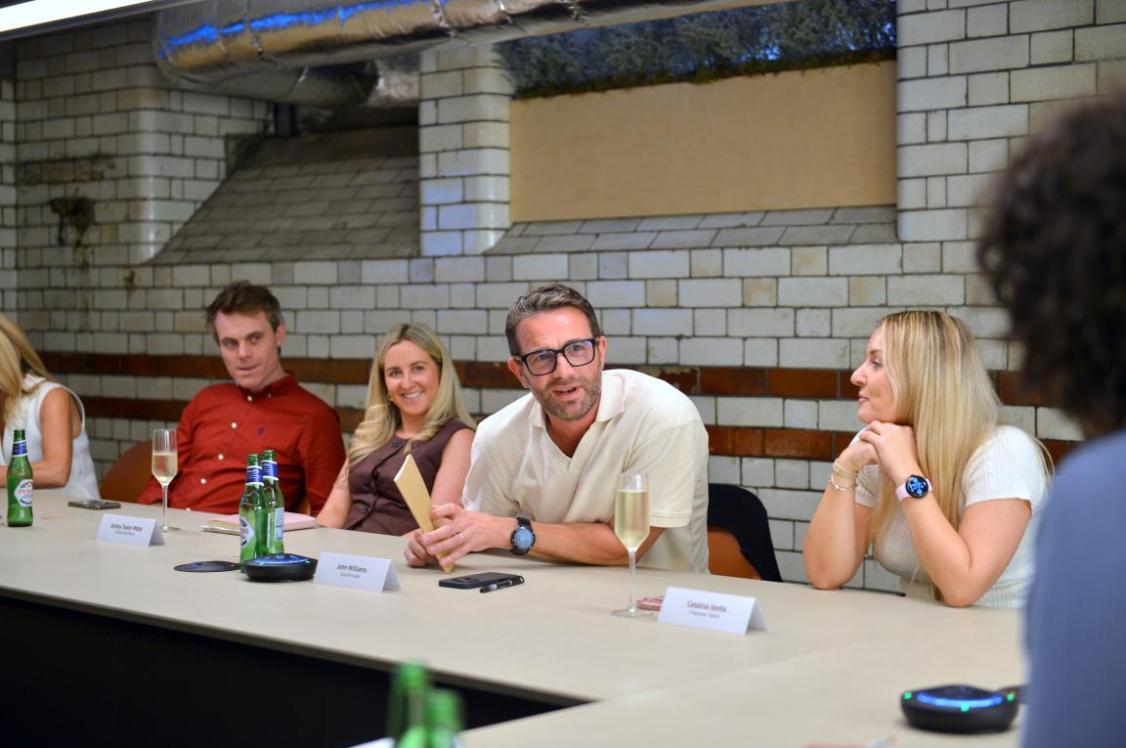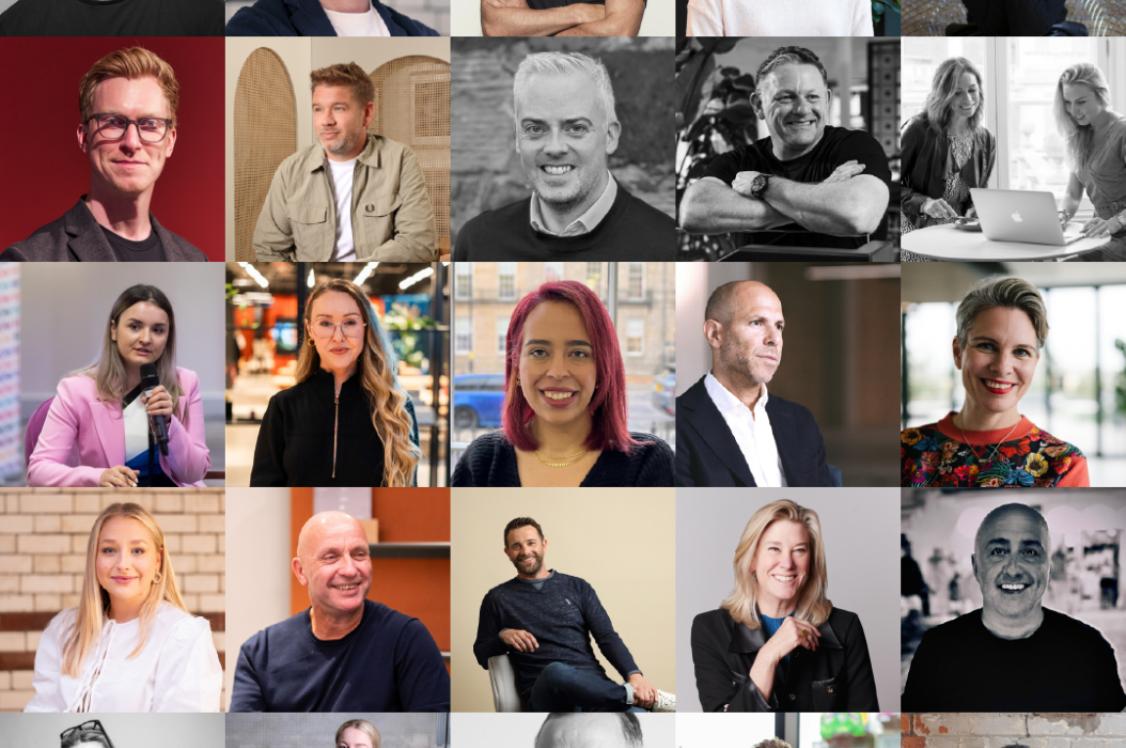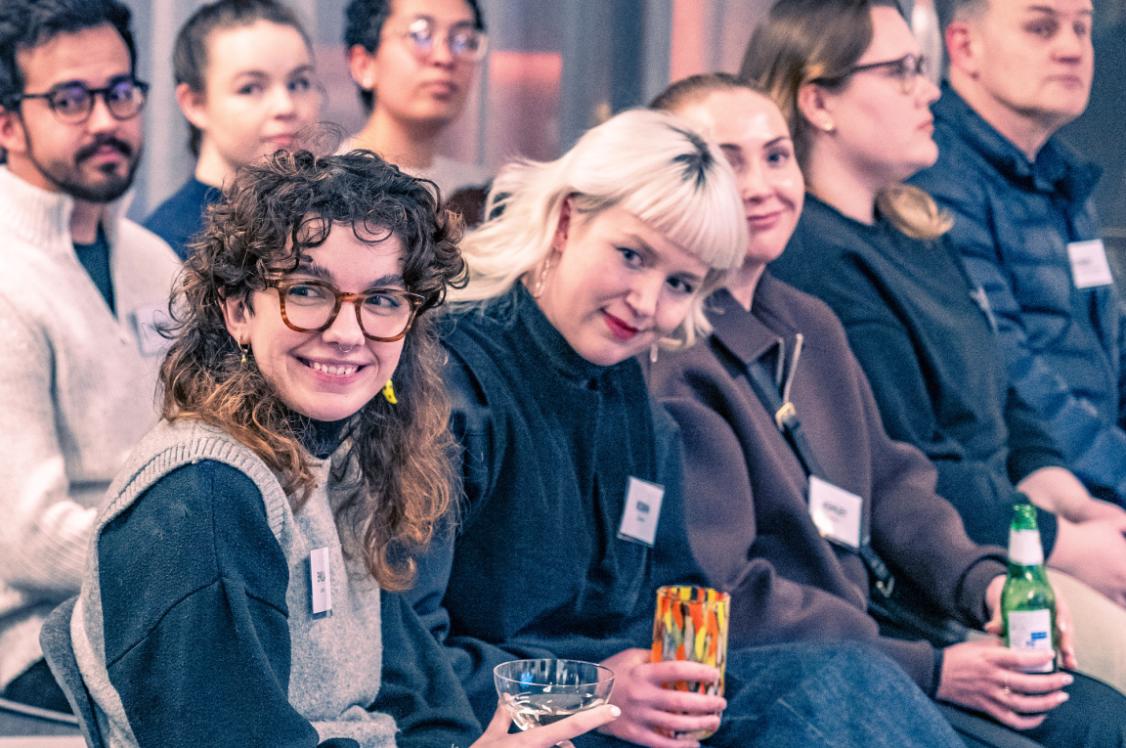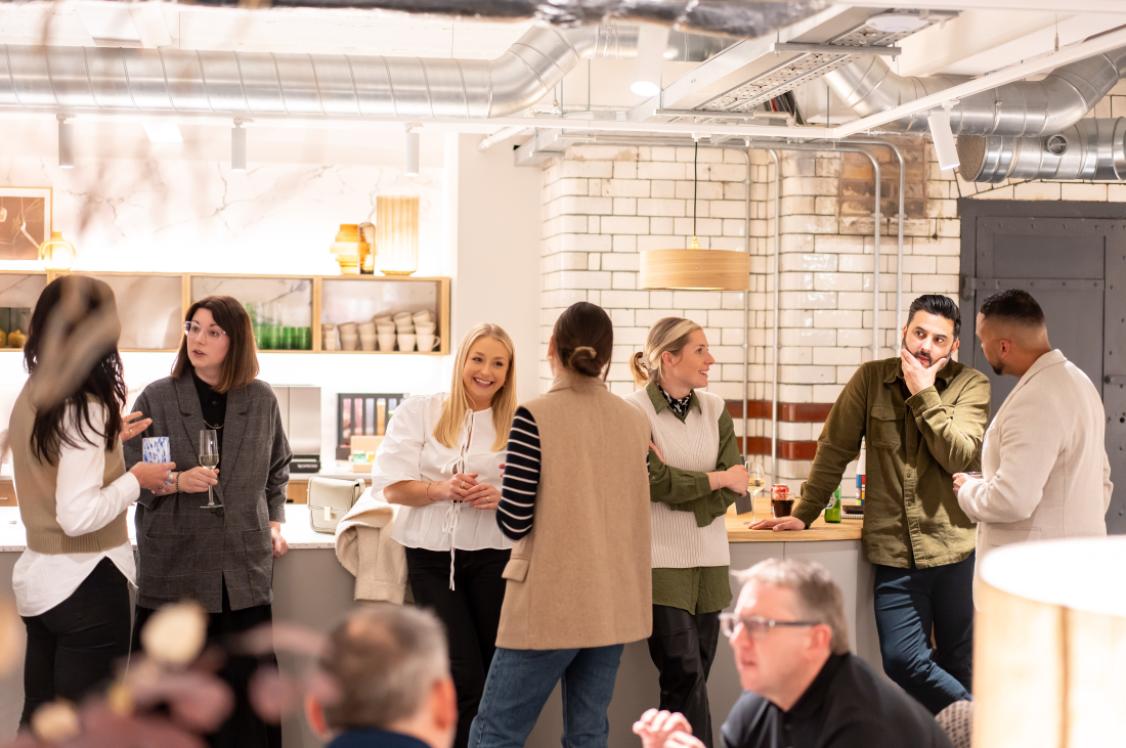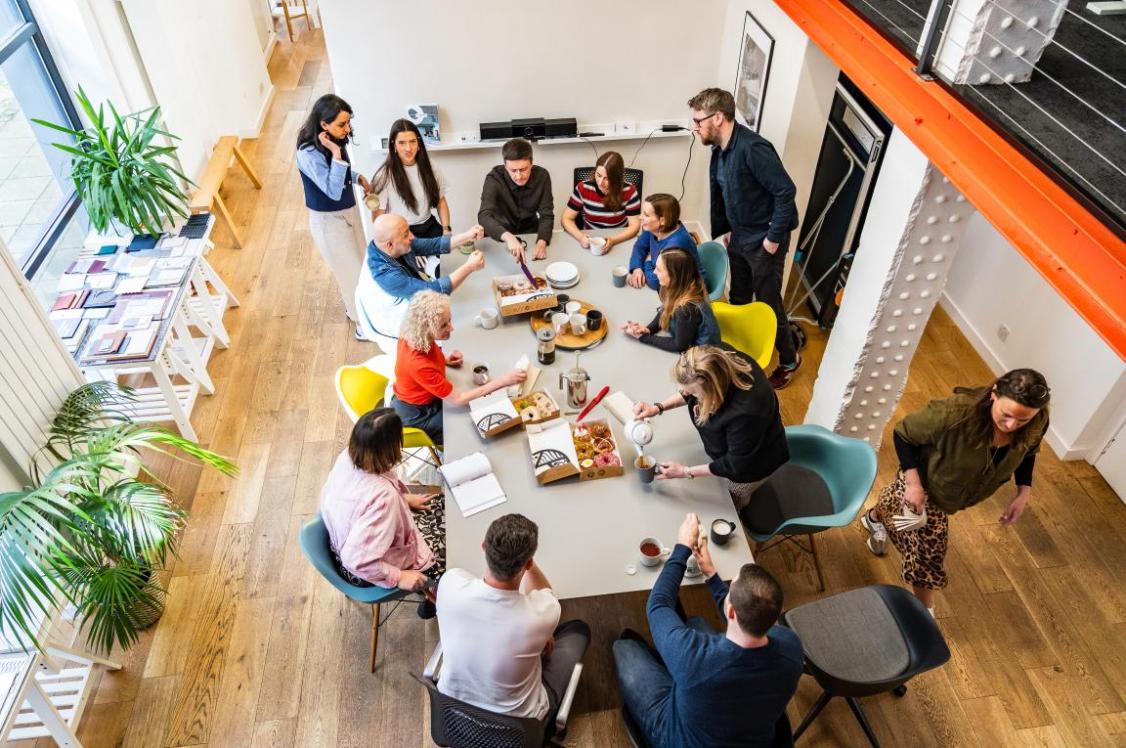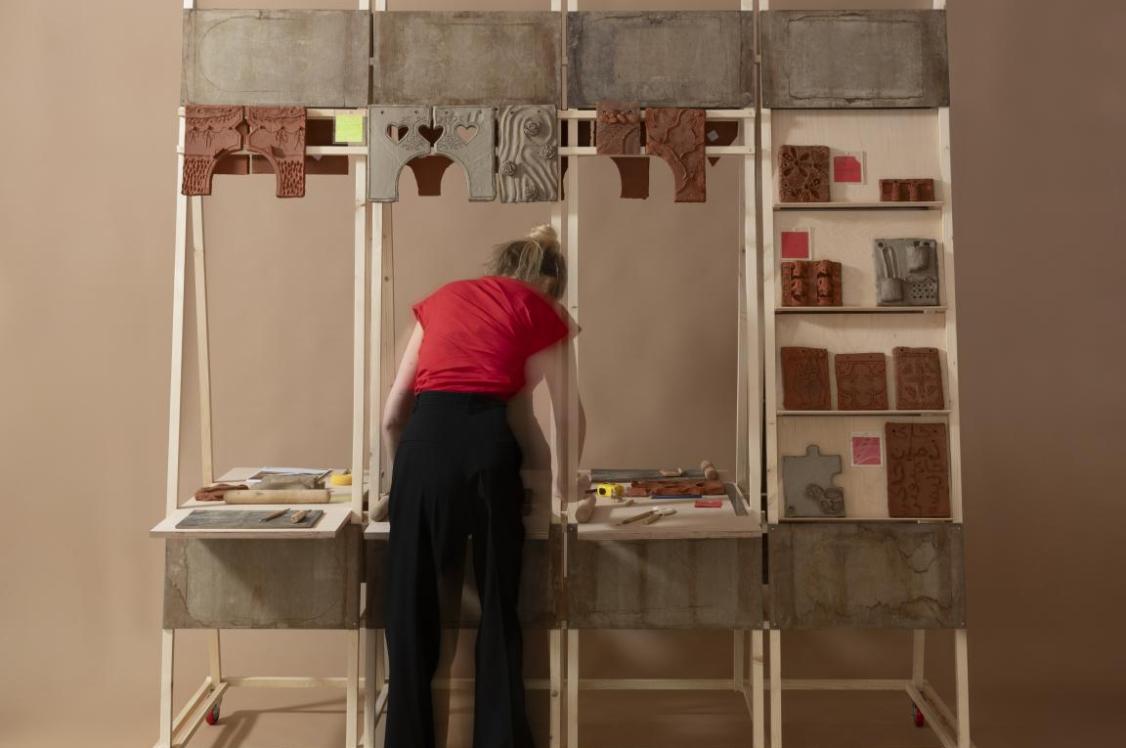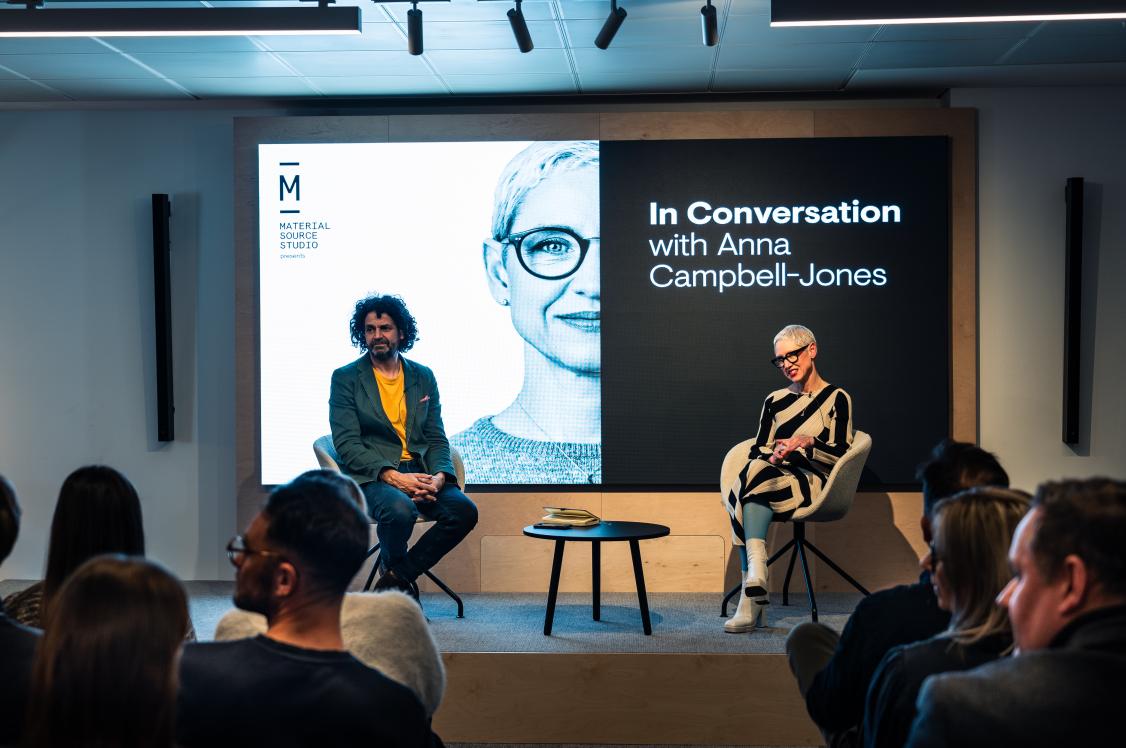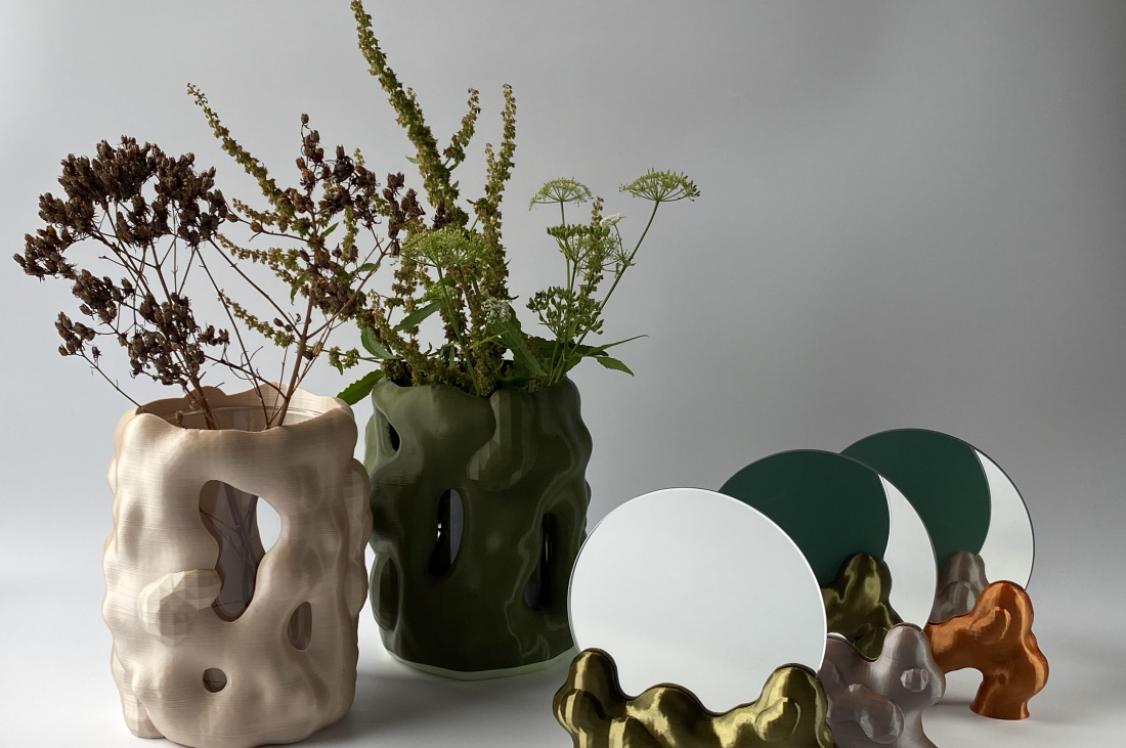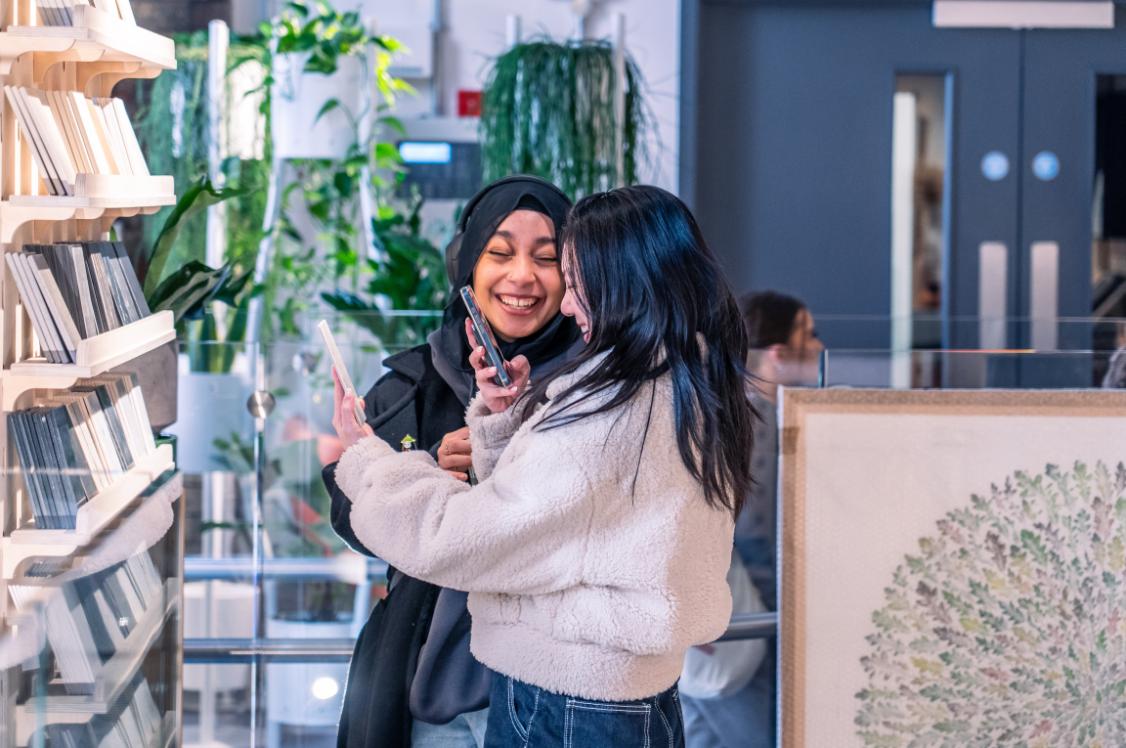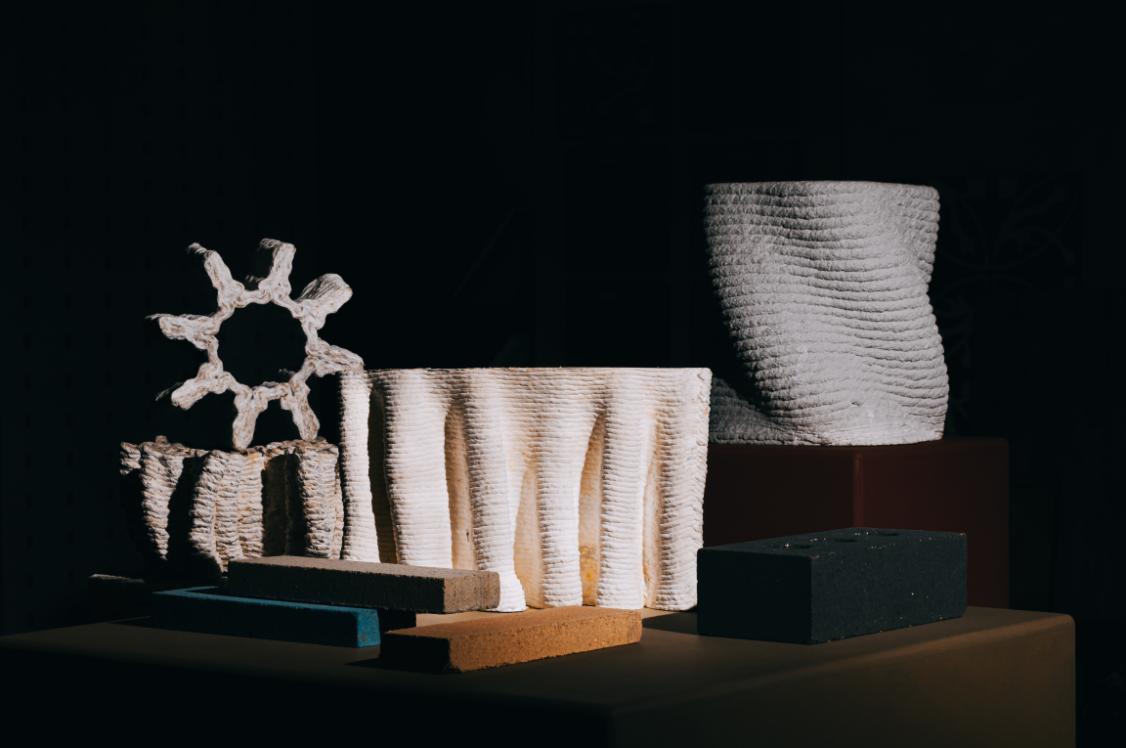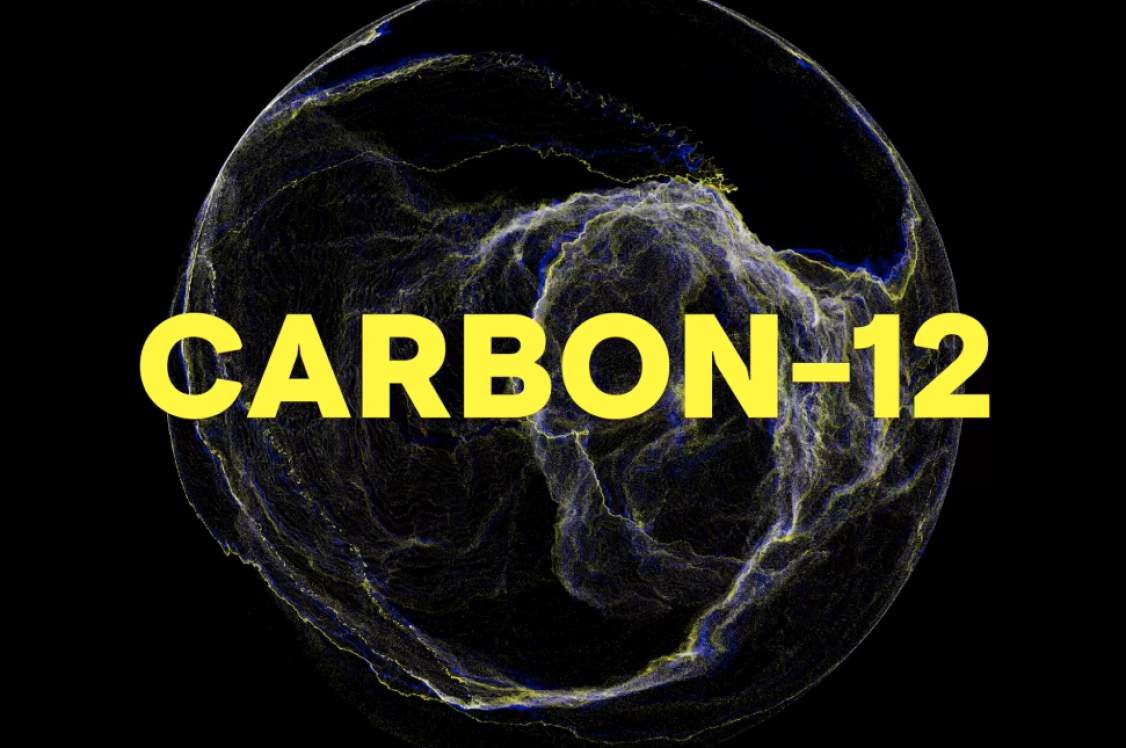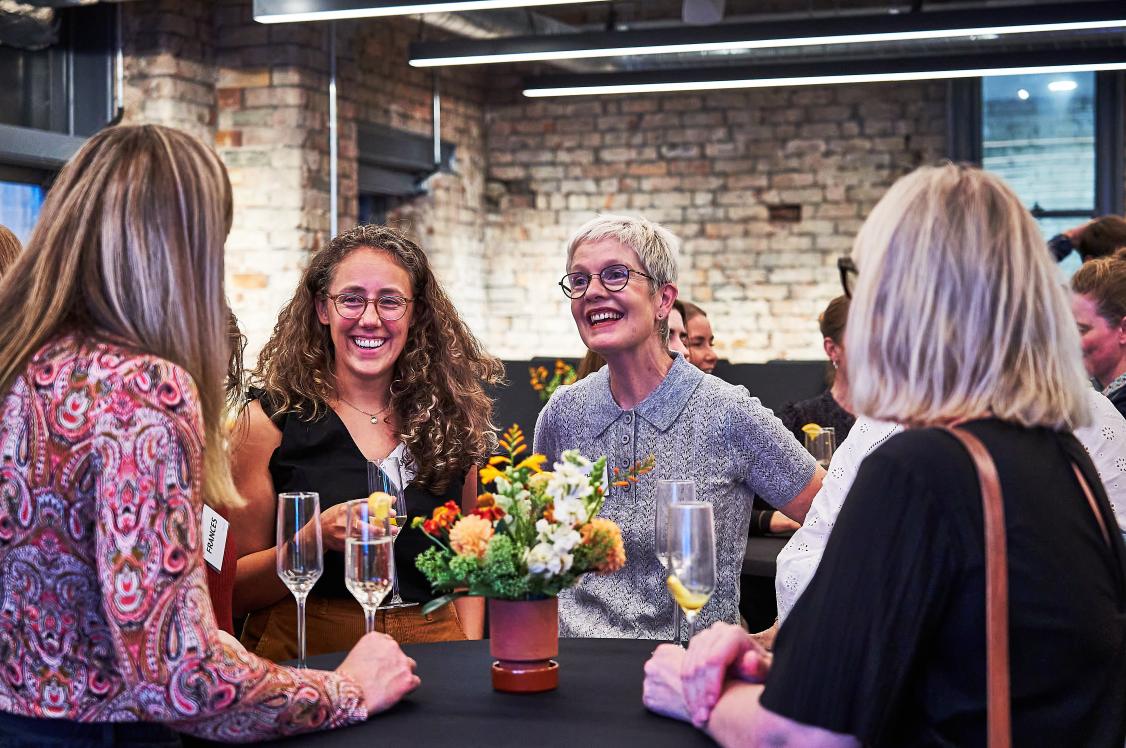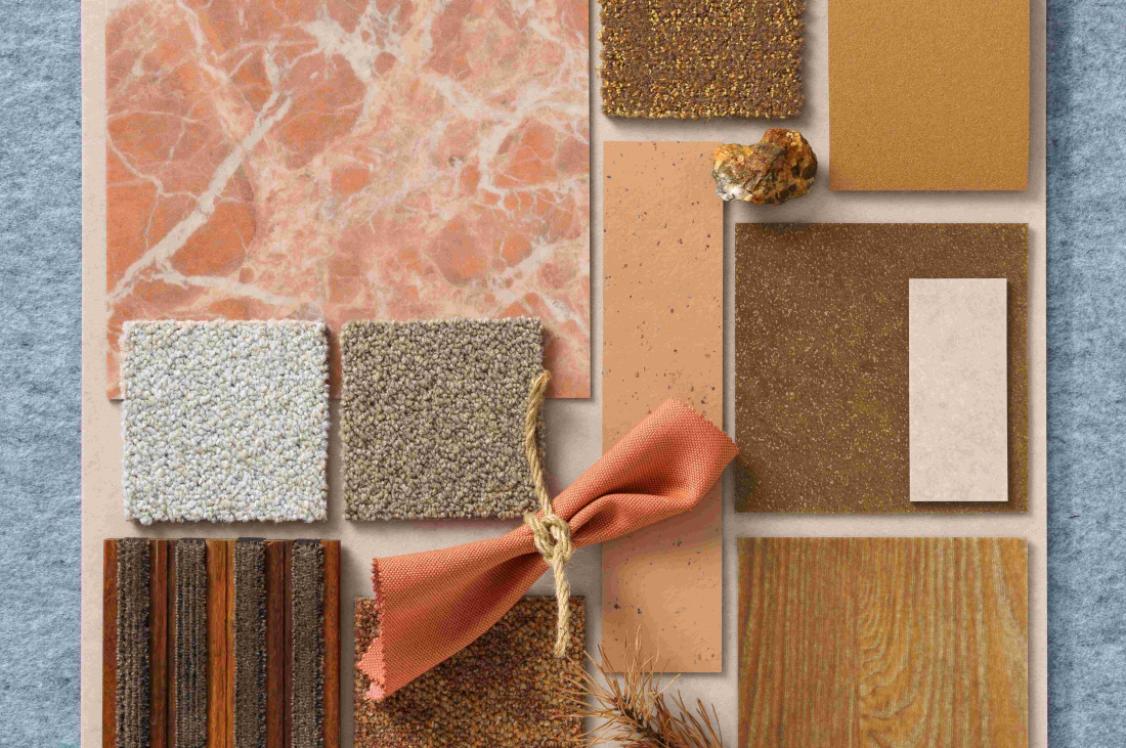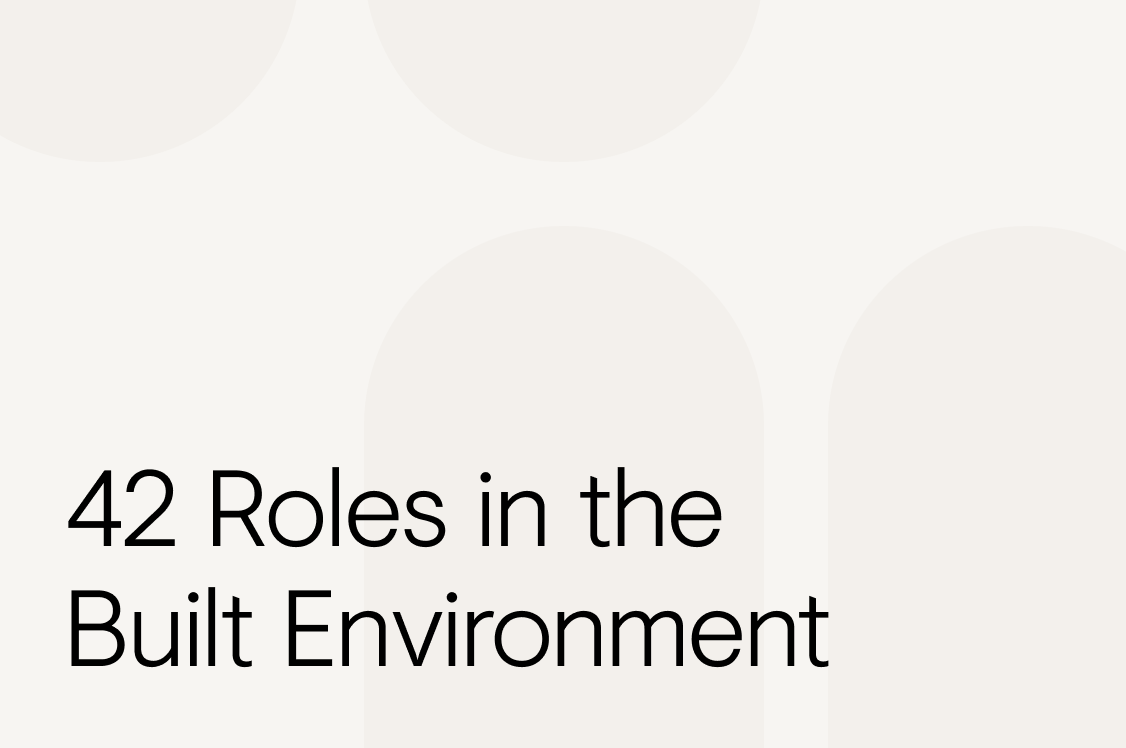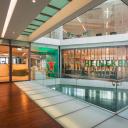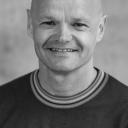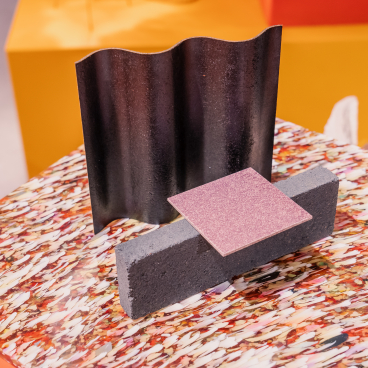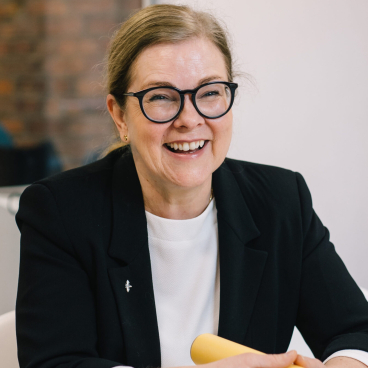William Lee, lead designer, Giles Miller Studio on curiosity, intuition & experimentation to push the boundaries of materiality & form.

Giles Miller Studio certainly knows how to make a statement.
From cascading silvery fish-scale-like flecks, to a rich smattering of metallic black and gold - when you spot one of these facades, there's no mistaking who was behind its creation.
The lead designer responsible for bringing these ethereal pieces to life is William Lee. Having admired the studio for its artistry and material innovation, a chance meeting with founder Giles during his guest lecturer role at Buckinghamshire New University resulted in a collaborative partnership.
What's perhaps most enchanting about the studio's work is that its beauty extends deep beyond its surface. While aesthetics are clearly important to the output - spectacles these works most definitely are - a desire to enhance wellbeing while finding sustainable material solutions also features heavily.
If you visited our first biomaterials exhibition, From The Ground Up, you will have spotted samples from the Eco-Range developed in collaboration with HighSociety, which transform hemp, coffee, and even garlic and wine, into a new spin on the studio's iconic mosaics.
Keen to find out what's next for this range, uncover the studio's unique approach to materiality, and check out the latest projects it has completed for an enviable client list - BBC Studios, British Airways, Hermes, Harrods, Tiffany & Co, to name a few, we grabbed William - just back from London Design Festival - for a chat.
What led you to Giles Miller Studio?
"I first became aware of Giles Miller Studio whilst studying for my BA in Textiles and Surface design at Buckinghamshire New University, back in 2010.
"I was instantly drawn to the innovative work that pushes the boundaries of materiality and form.
"The studio's ability for merging artistry and material innovation aligned perfectly with my own area of study at the time, and in my third year of University, I was fortunate enough to have Giles become a guest lecturer on my course.
"That was the beginning of a now over 10-year work relationship and friendship."
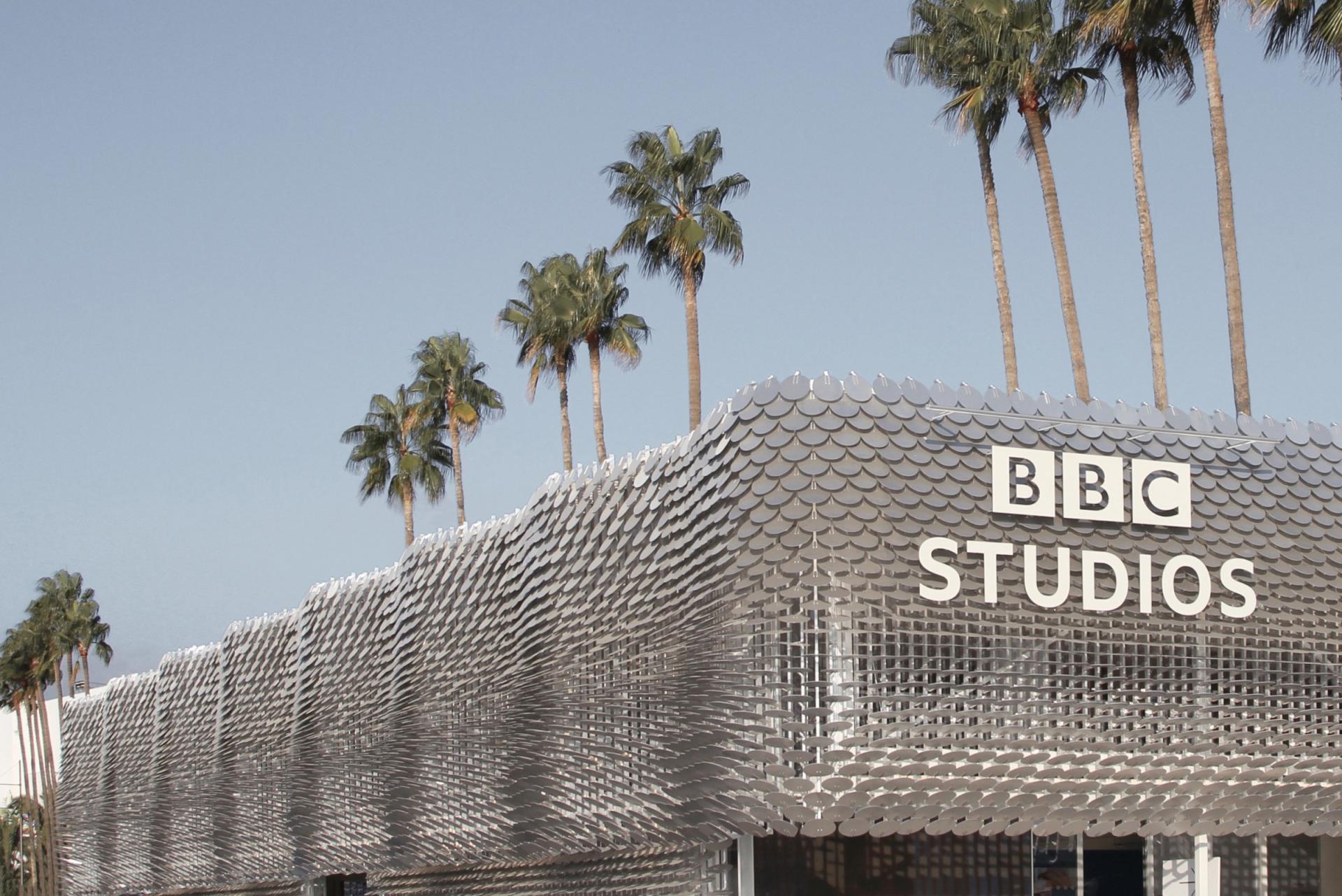
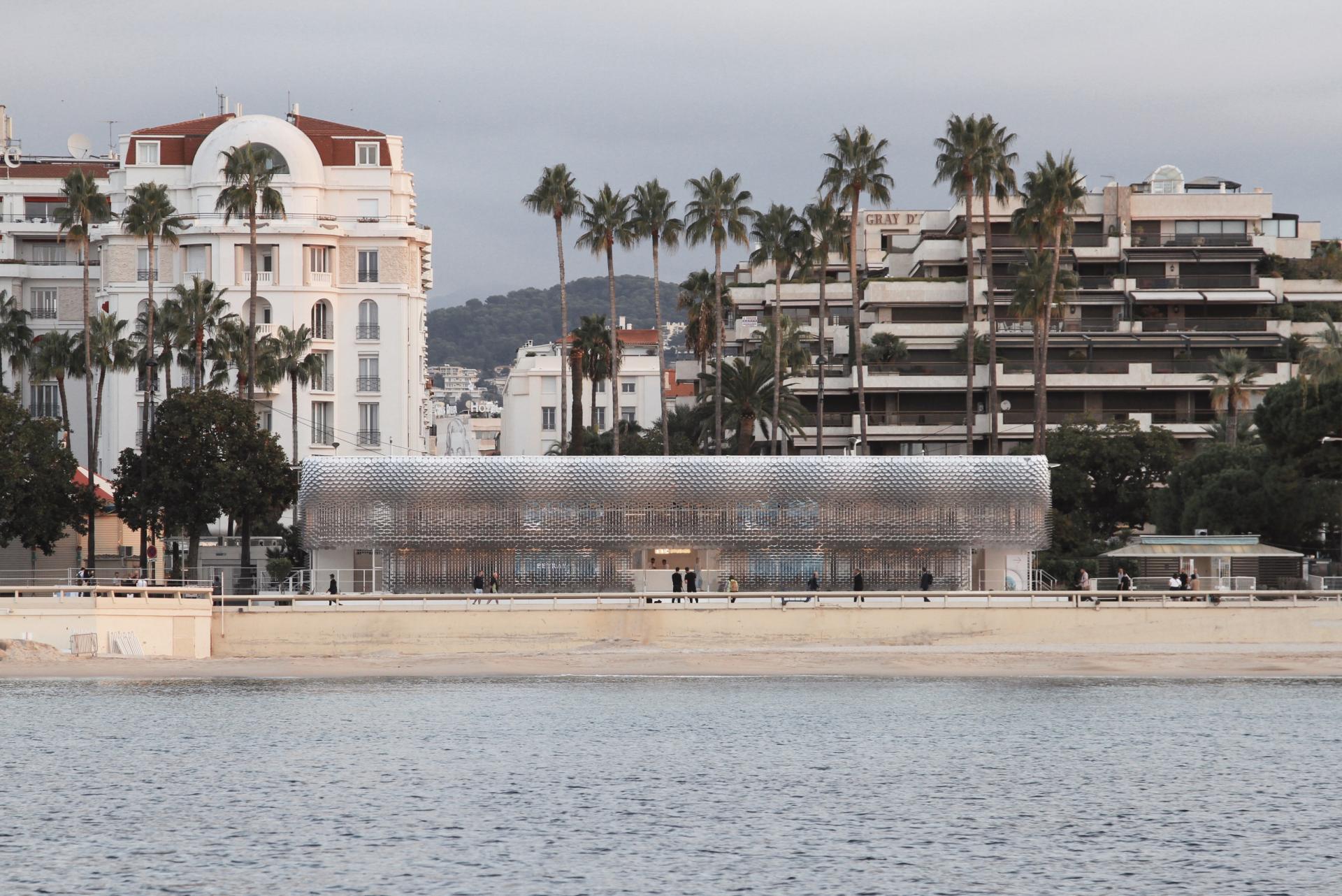
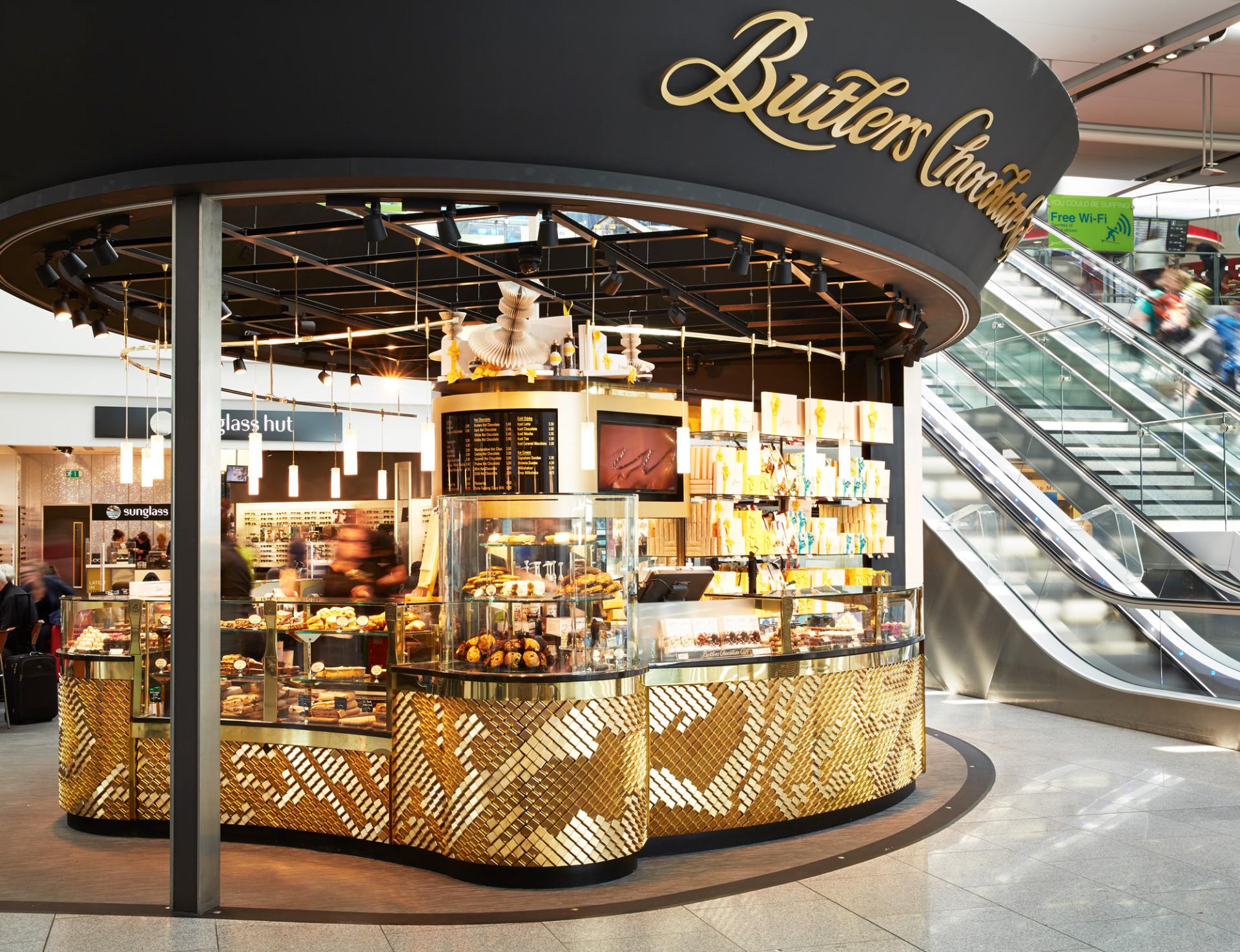
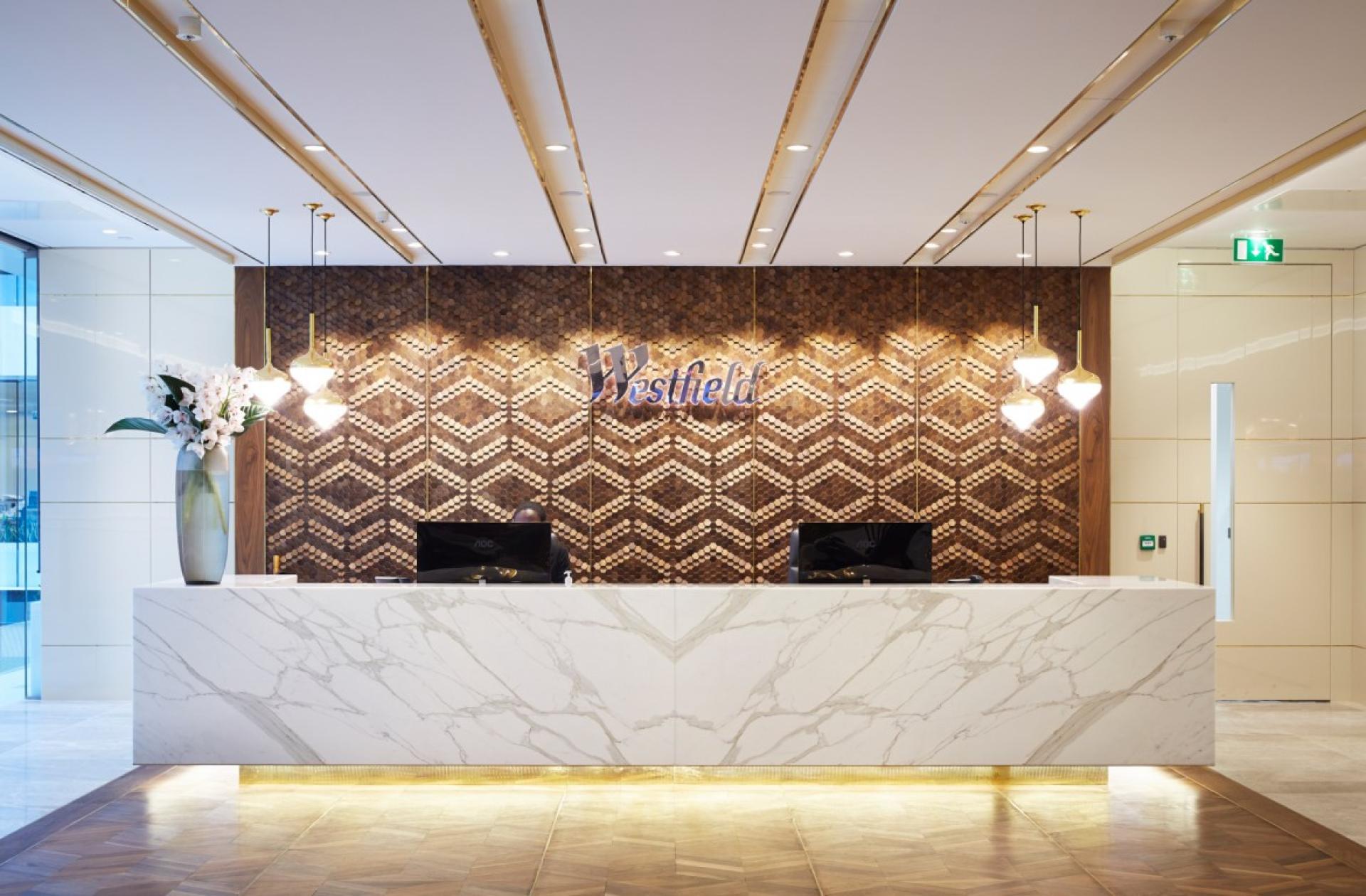
What drives your approach to materiality?
"At Giles Miller Studio, our approach to materiality is driven by a deep curiosity and interest in the inherent qualities of different materials.
"We believe that materials have a profound impact on how people perceive and interact with their environment. By exploring and experimenting with textures, finishes, and production processes, we aim to create designs that not only captivate visually but also enhance the sensory experience.
"We also like to consider how materials can contribute to health and well-being—through calming textures, natural elements, and thoughtful interactions that promote comfort and reduce stress.
"The ultimate goal is to craft works that enrich people's lives both aesthetically and emotionally."
Which materials do you work with predominantly?
"We work with a diverse range of materials including wood, metal, ceramic, and natural stone. Each material is chosen for its unique properties in response to each project’s specific requirements.
"As a studio we also want to explore new materials, finishes and process. A good example of this is our new Eco-Range (developed in collaboration HighSociety) which is created using the by-product of food production. This reflects our commitment to exploring and pushing the boundaries of materiality."
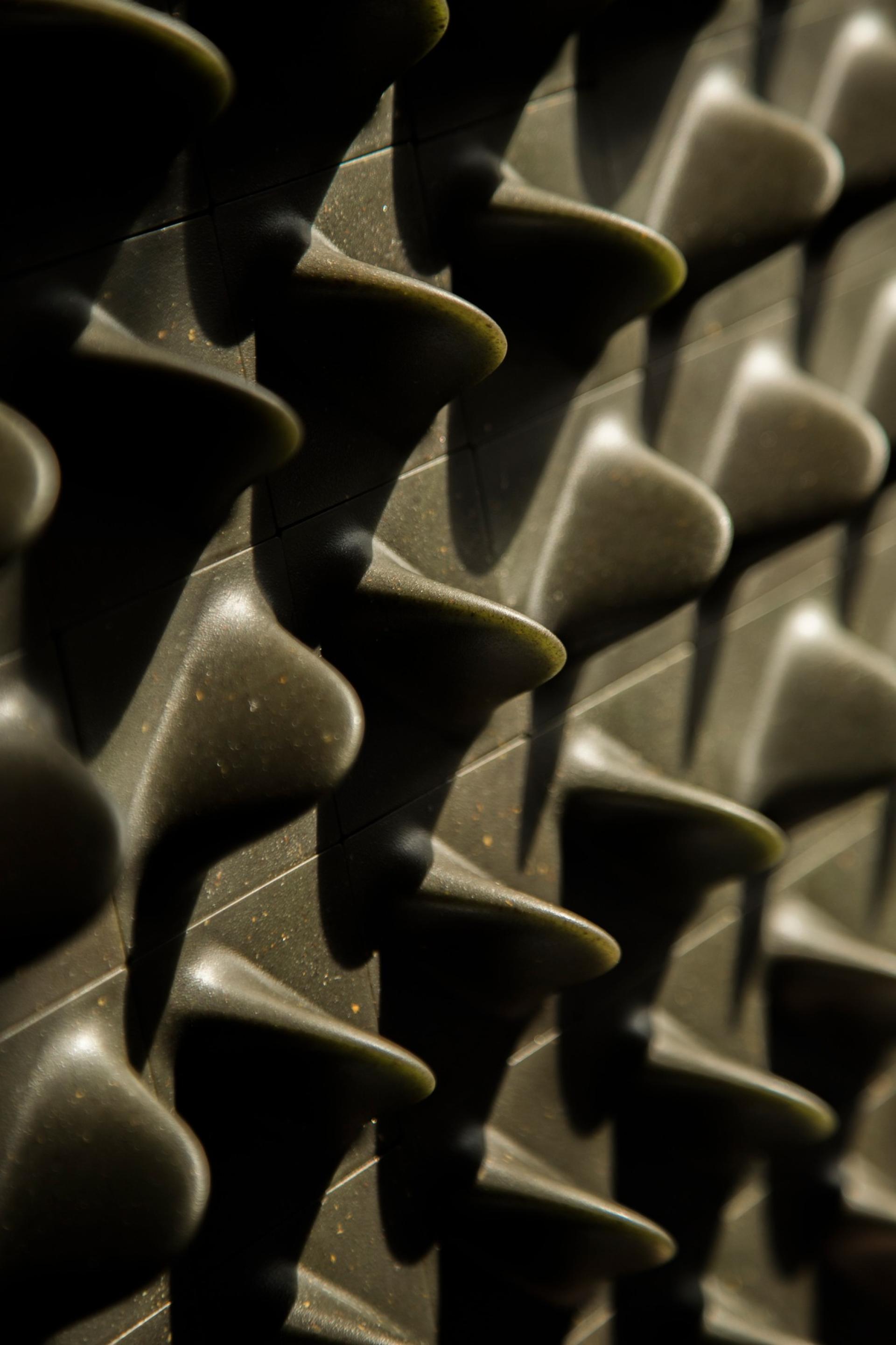
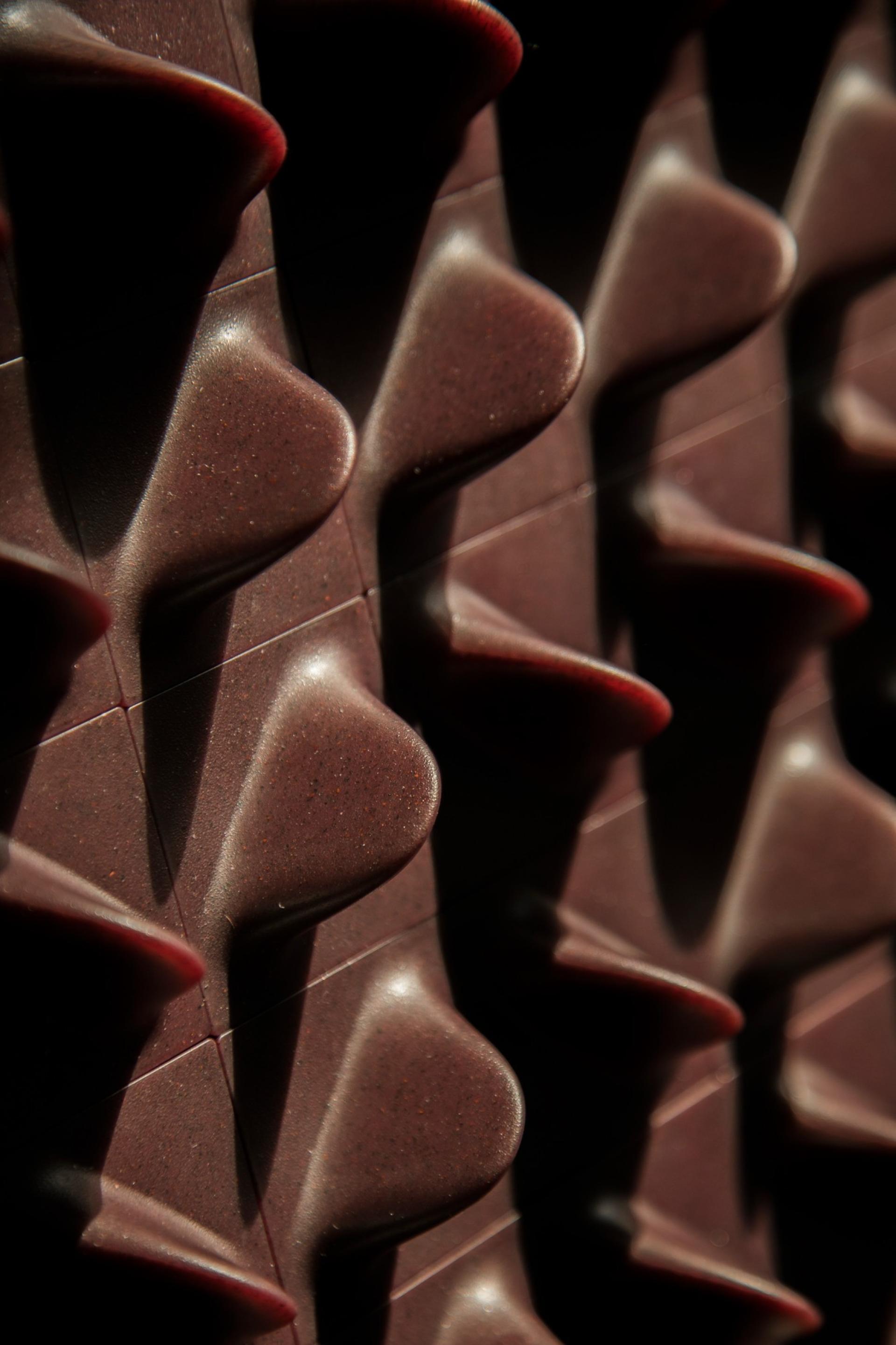
Can you explain more about the ‘Eco-Range’?
"This range was developed in collaboration with material design studio HighSociety to offer our signature mosaic designs in a new eco-friendly material range.
"The collection is crafted with by-products of wine, hemp, coffee, tobacco, garlic and vodka (charcoal) production.
"These by-products are collected from small local businesses and then formed into our signature ‘Fin’ and ‘Penny’ designs using FSC virgin cellulose (coming from various agrifood by-product).
"The manufacturing process explores the intersection of handcrafting and industrial techniques, the latter powered by renewable energies. The tiles are fully biodegradable and compostable."
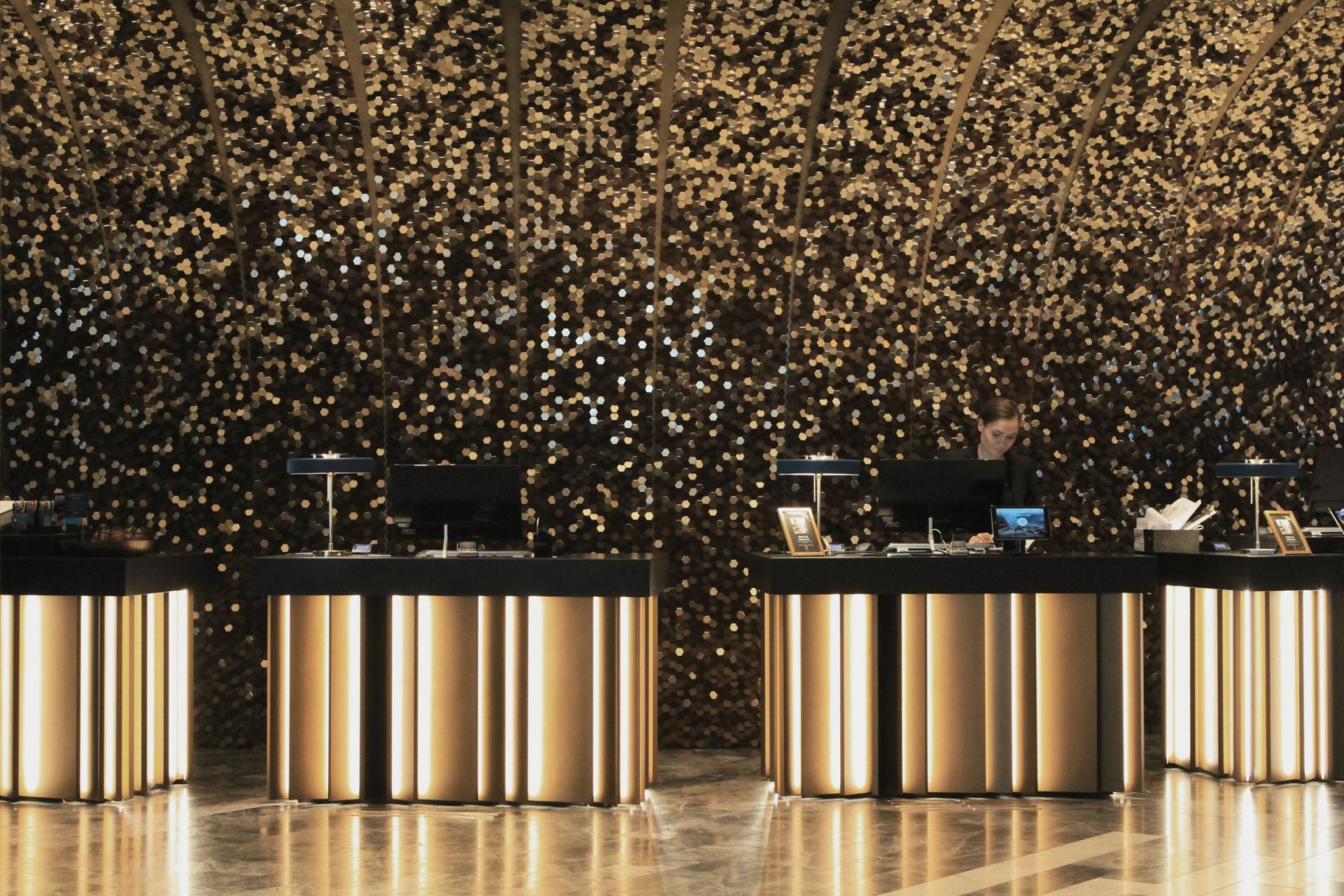
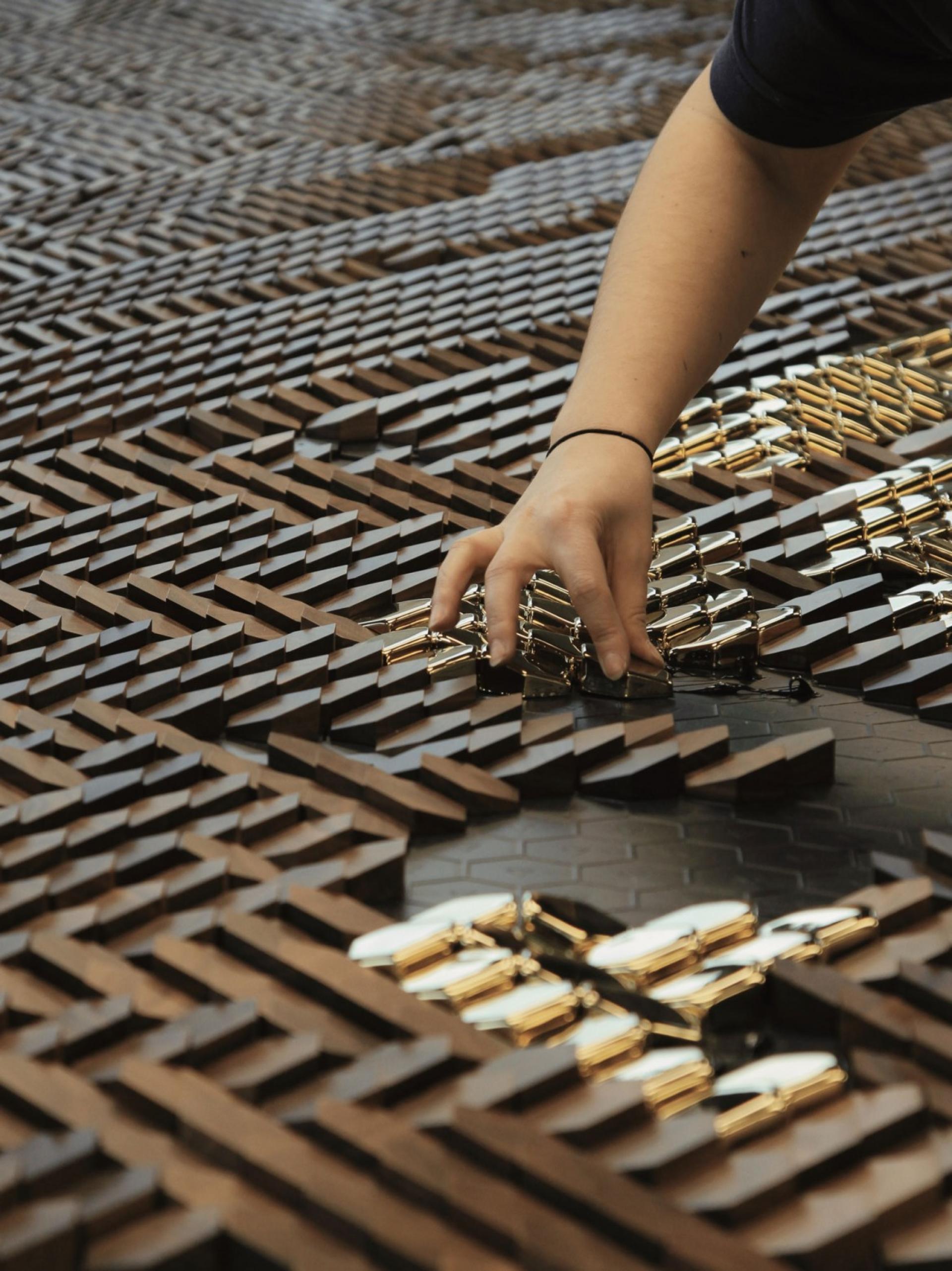
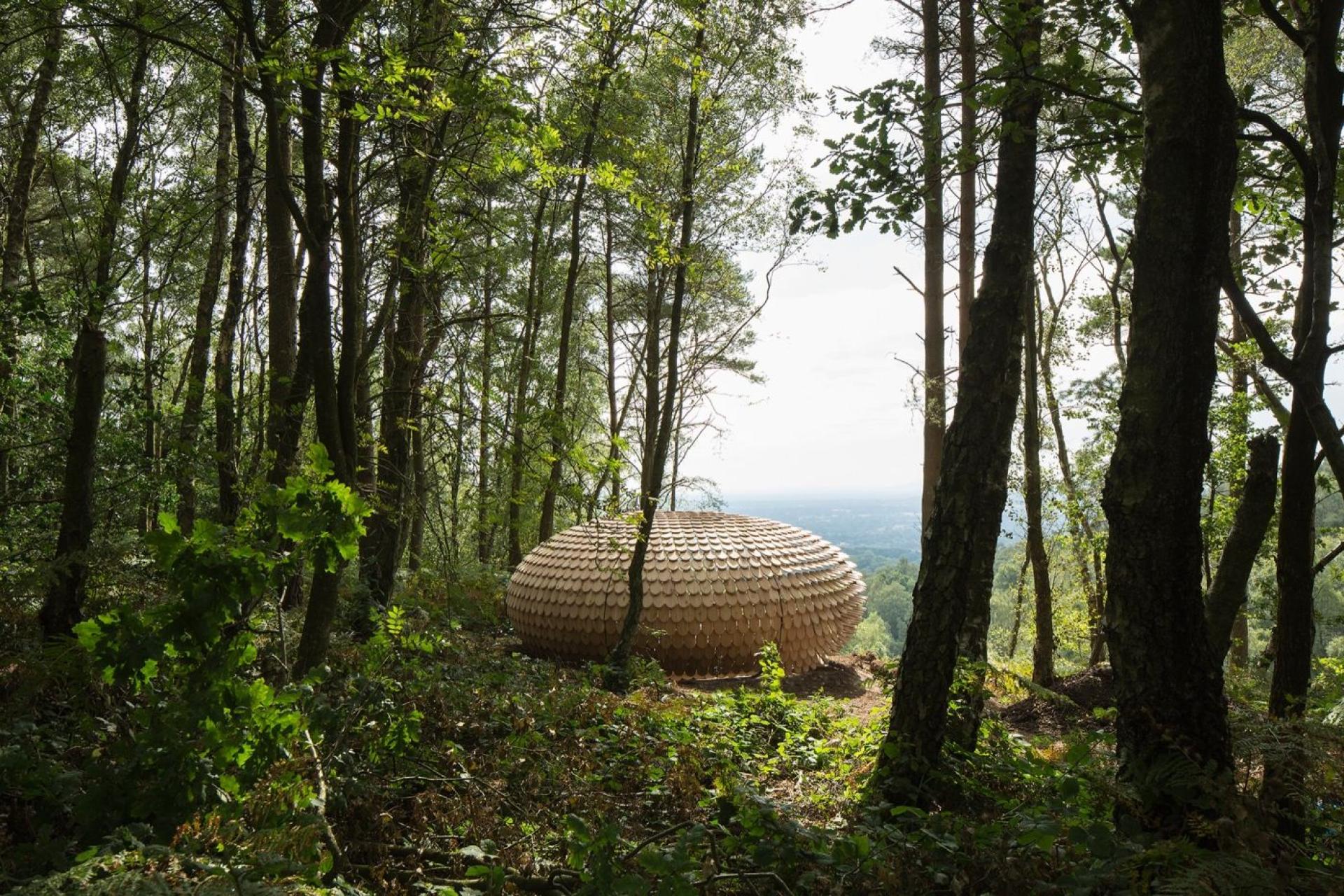
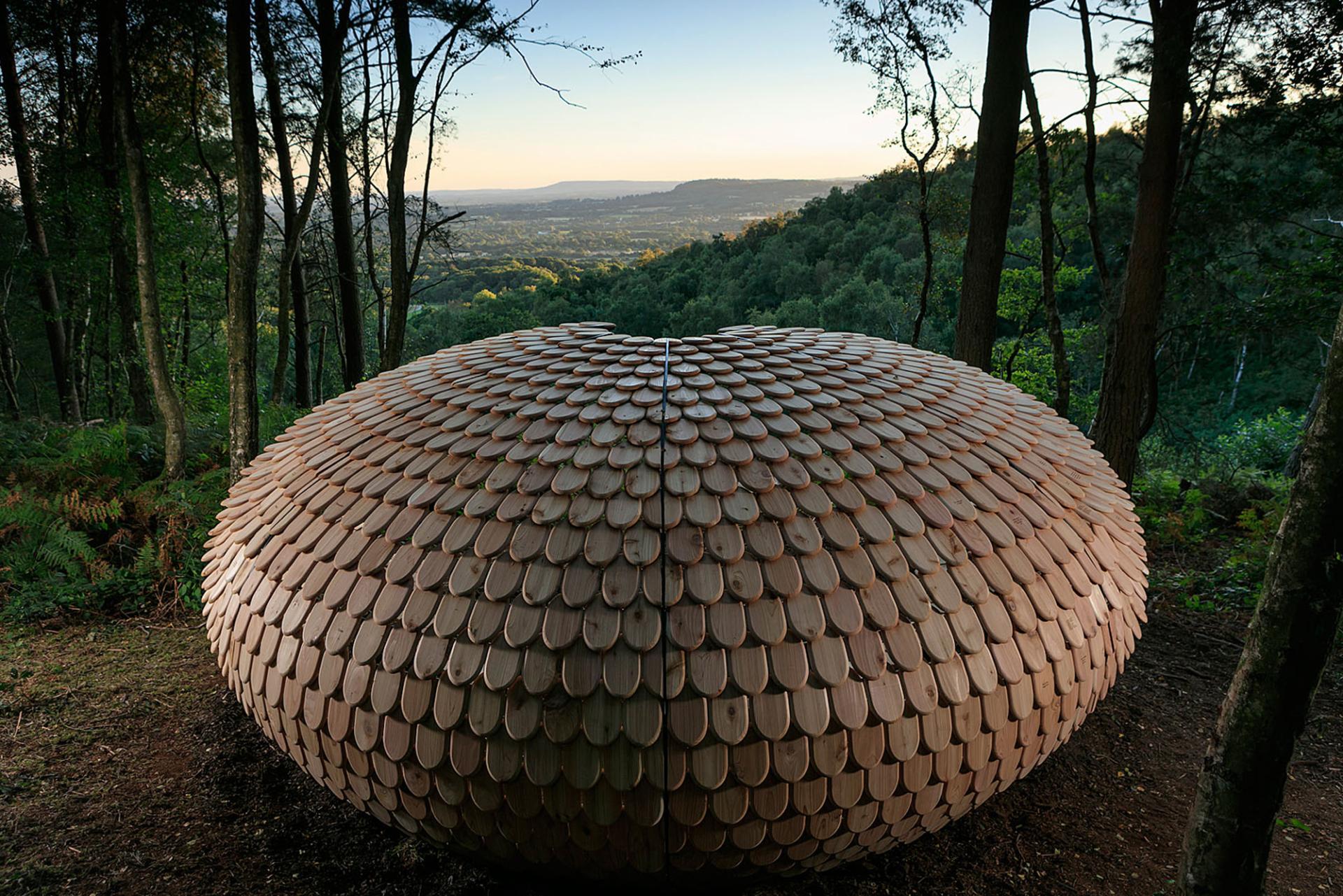
Who generally are your clients?
"We work with those who value unique, bespoke design solutions and are looking to create impactful, custom spaces. Our projects often involve collaboration with design-conscious clients who appreciate our innovative approach to materiality and craftsmanship.
"Based on our in-depth research approach for each commission, clients appreciate how our work enhances the sensory experience of spaces, contributing to well-being and engagement.
"Our clients are not restricted to a particular sector, with examples BBC Studios, British Airways, Hermes, Harrods, Tiffany & Co, and Berkeley Homes."
What benefits do your works have on the spaces and the people who interact with them?
"By integrating neuroscientific findings relating to biophilia, form, scale, texture, and colour, we carefully set the sensory intention of each piece.
"For instance, our designs often incorporate natural materials and textures that resonate with the biophilic impulse, promoting relaxation and reducing stress.
"Our designs also draw on the principles of fractal scaling, where patterns and forms are repeated at varying scales to create visual harmony and complexity. This approach draws on research showing that fractal patterns can enhance cognitive ease and reduce stress.
"Overall, our work aims to create harmonious environments that positively impact mood and quality of life."
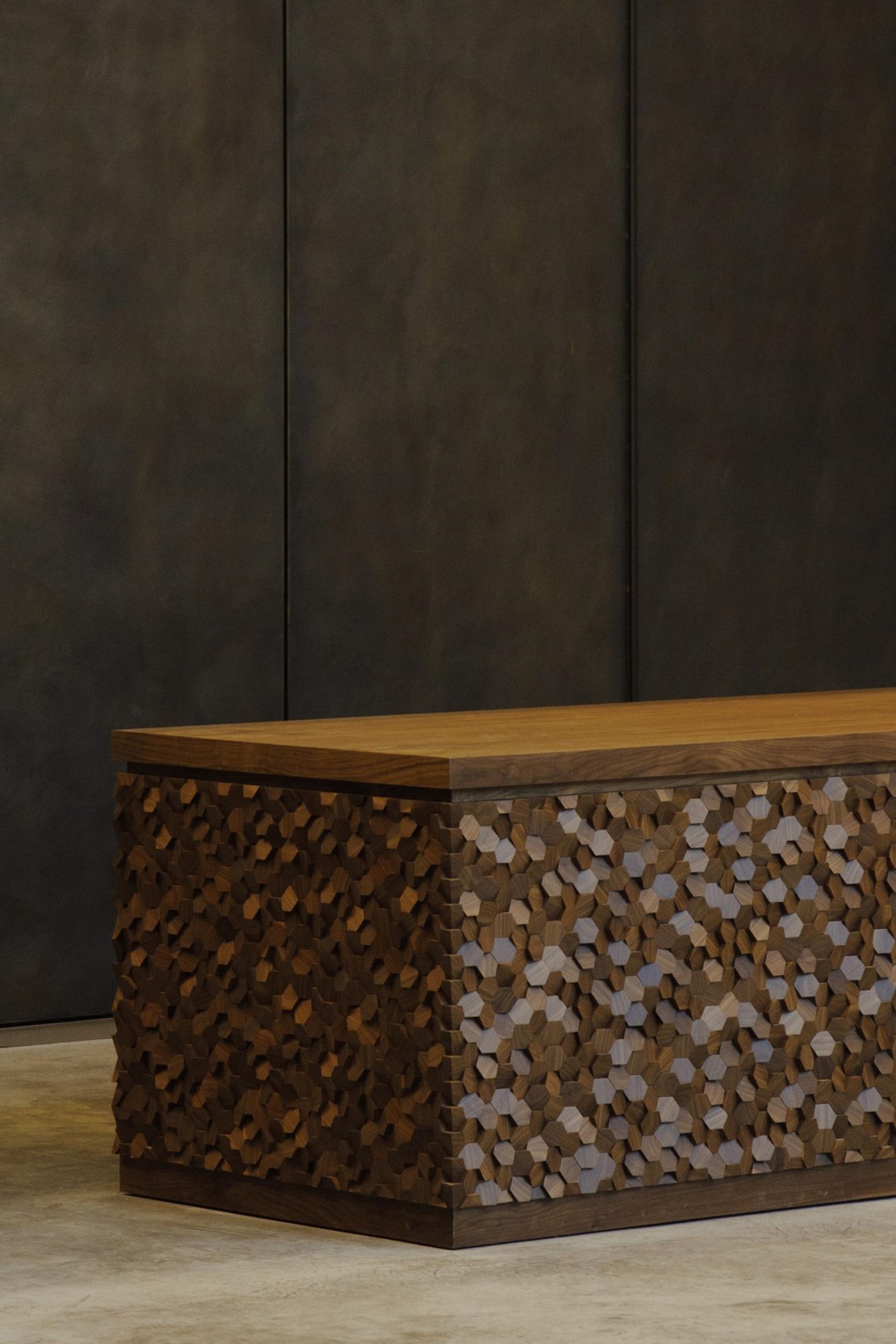
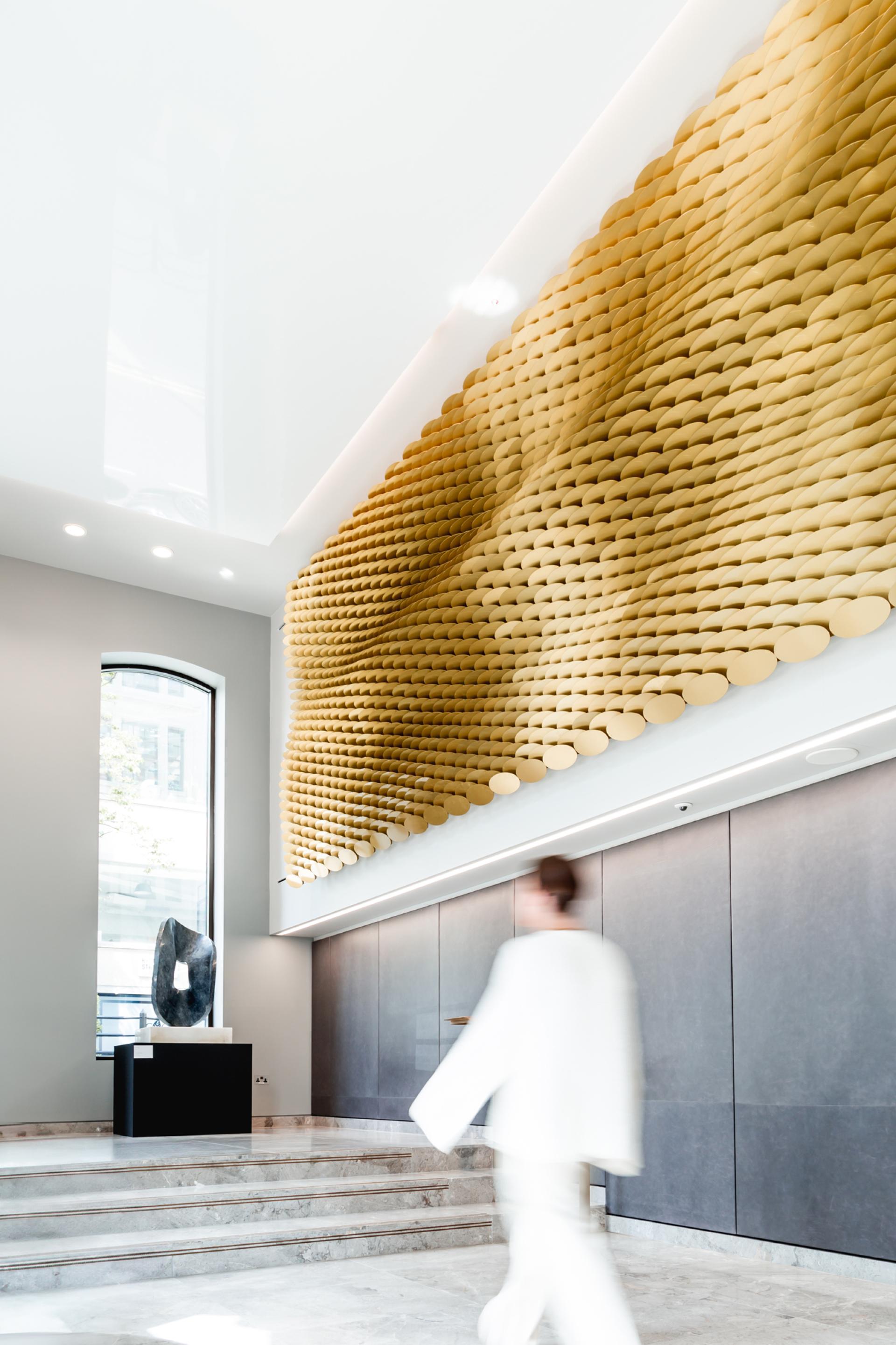
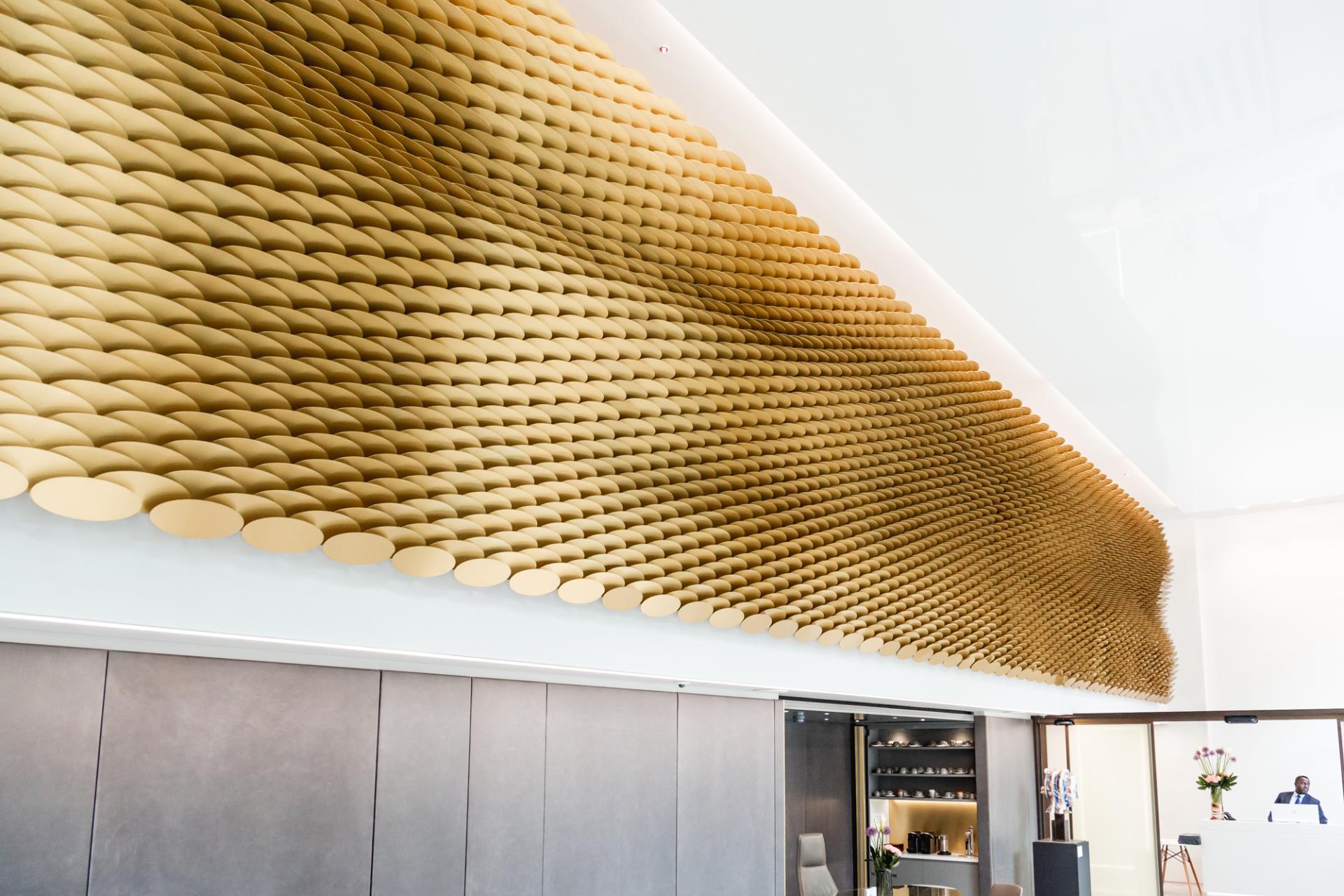
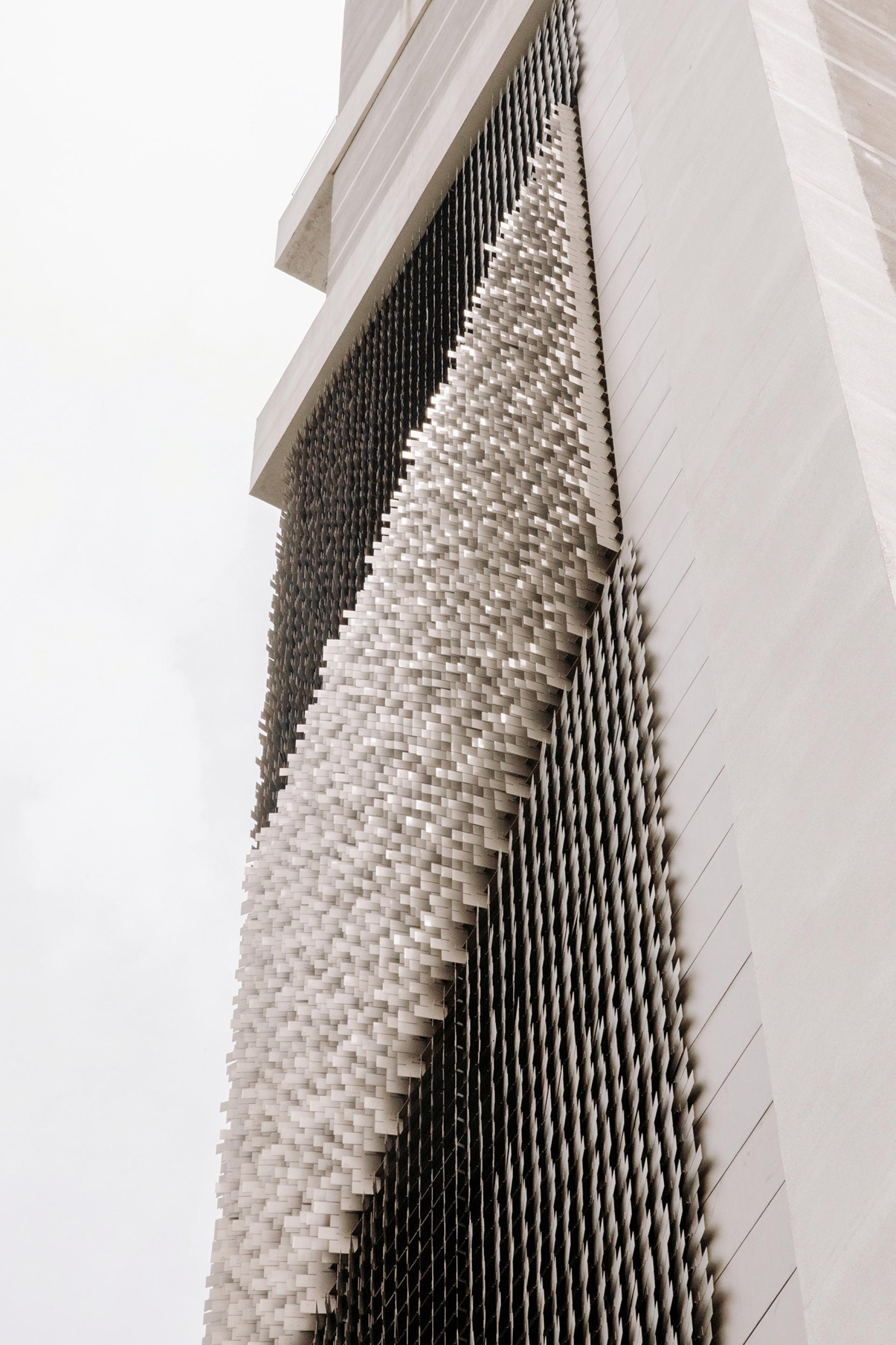
Is every brief entirely different? Or are there common themes you find across certain sectors or cultures?
"At Giles Miller Studio, we approach each project with a bespoke mindset, carefully crafting installations that align with our clients' distinct vision, and aesthetic goals.
"This personalised approach is rooted in a deep understanding of the client's objectives, whether it's for an architectural space, an art installation, or an interior feature. We emphasise originality, ensuring that each project stands out and carries a unique identity that mirrors the client's individuality or brand ethos.
"Given our international scope, we are sensitive to the nuances of cultural differences, which influence our creative process. We make it a priority to weave in local references, be it through material choices, colour palettes, or design motifs that hold cultural significance.
"This allows our installations to not only stand out visually but also to resonate deeply with the community or audience in which they are placed."
Can you tell us about your current projects?
"We’re currently working on a number of public art installations, which is an exciting direction for us.
"We’ve always enjoyed the challenge of creating site-specific works, and public spaces offer a unique opportunity to engage with a wider audience. These projects allow us to explore large-scale, impactful designs that not only enhance the aesthetic of their surroundings but also foster a deeper connection with the public."
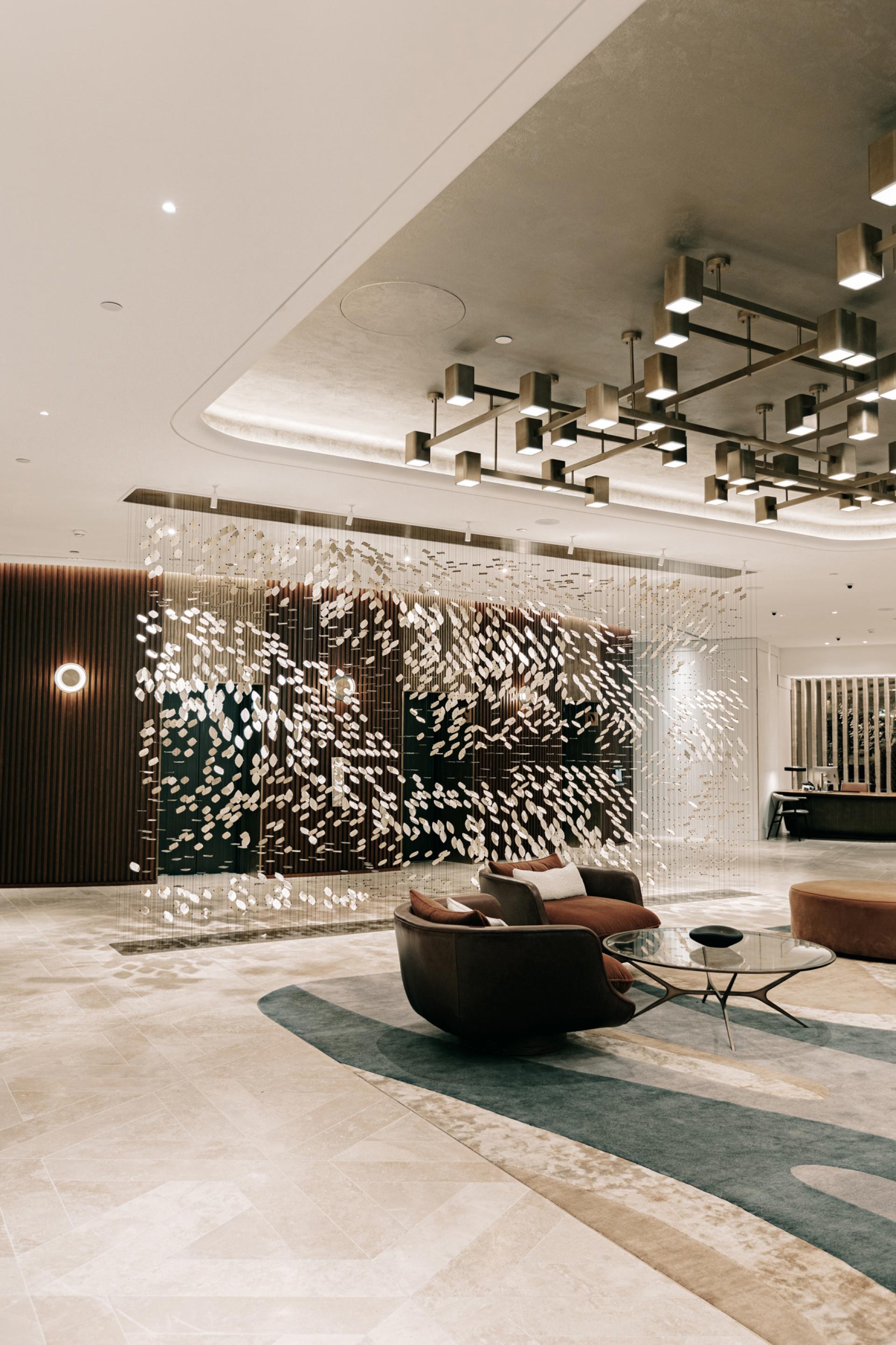
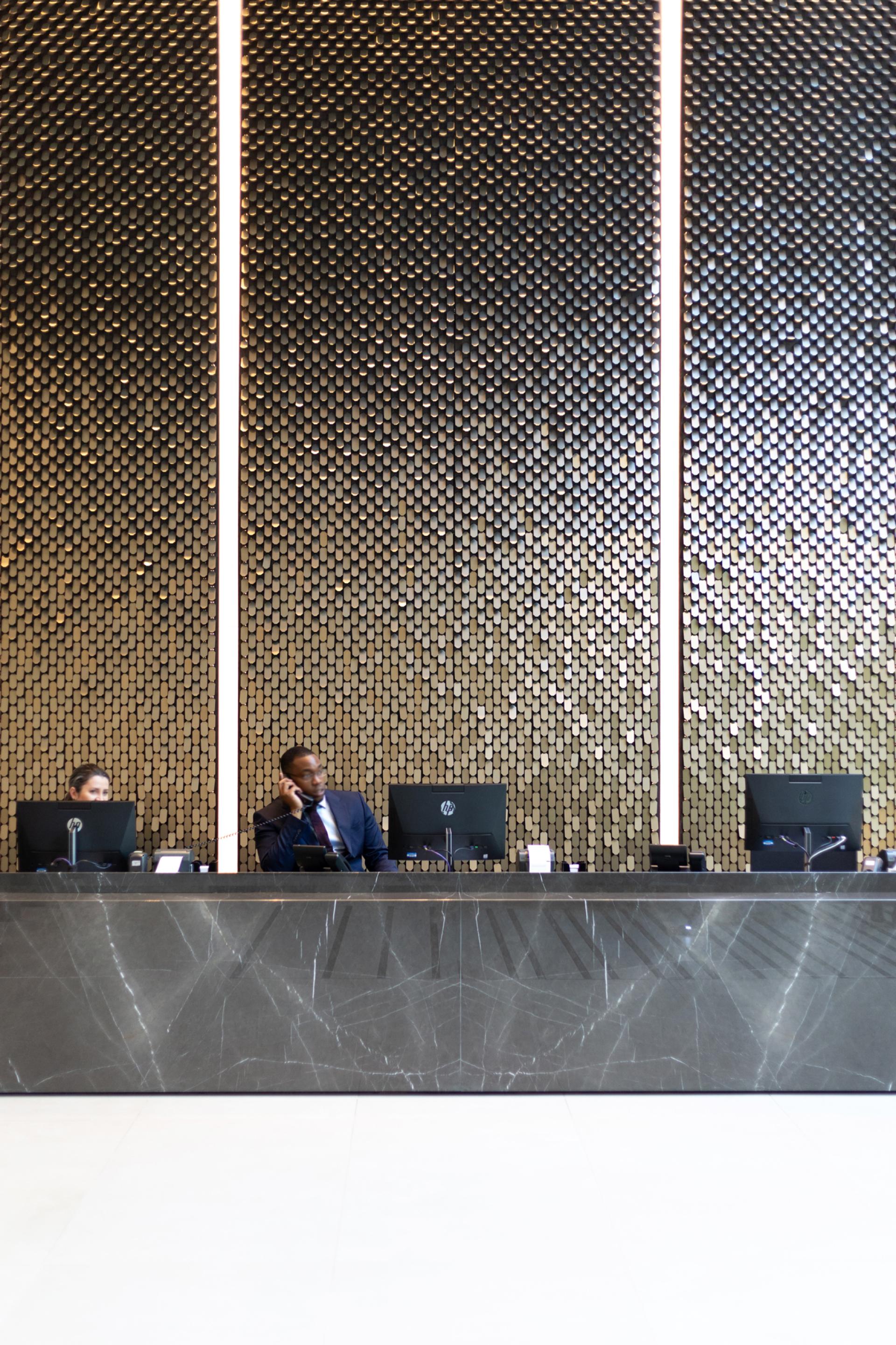
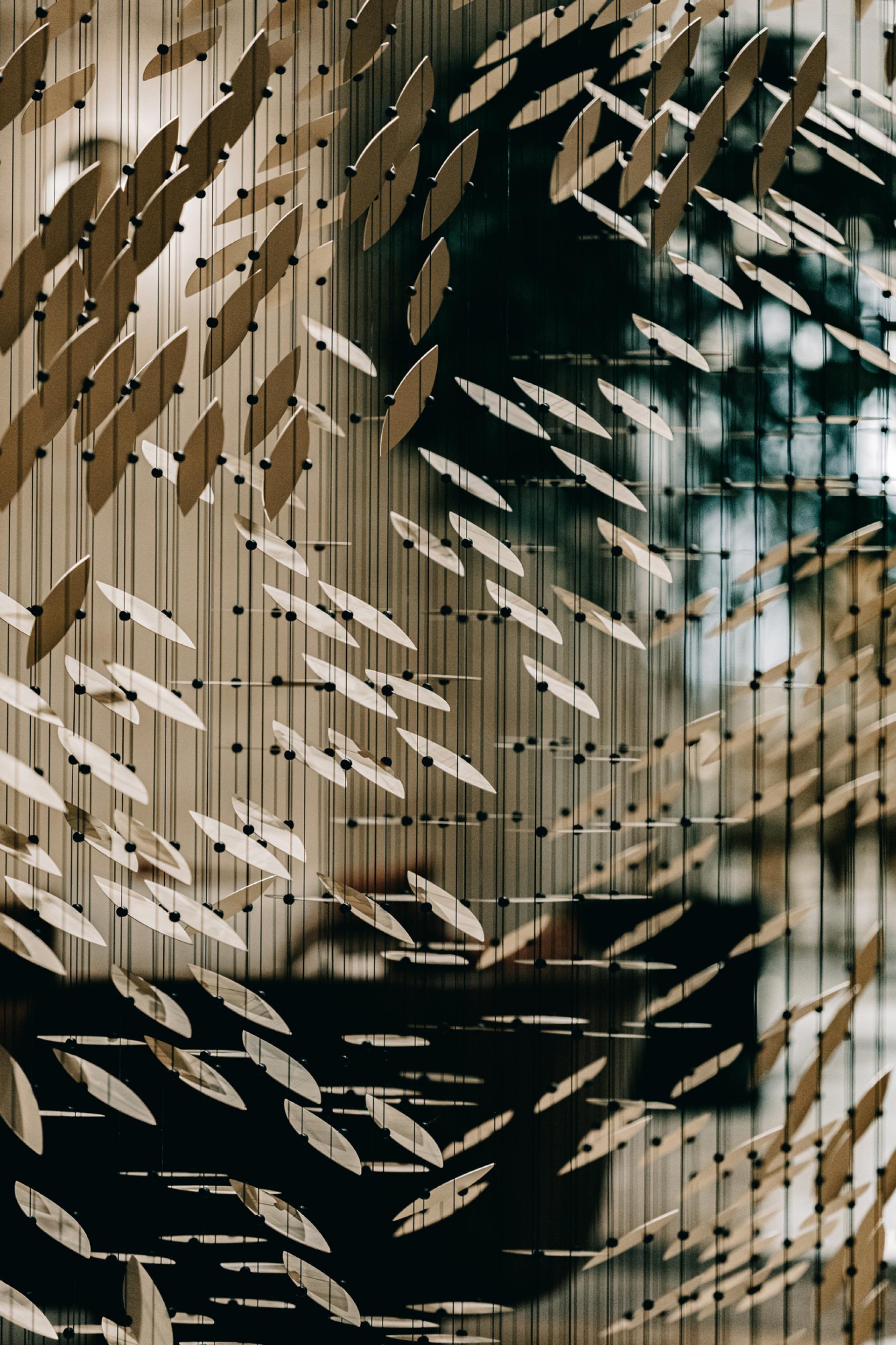

And what's next, any new design directions?
"As we move forward, the area we’re most excited about is further exploring and integrating neuroscientific research into our creative process. We've always been intrigued by the relationship between art, design, and human perception, and recent findings in neuroscience offer fascinating insights into how people interact with spaces and visual stimuli.
"By incorporating this research, we aim to create designs that evoke emotional and psychological responses, enhancing how our work resonates with its audience.
"This exploration allows us to push boundaries in how we design work that not only looks stunning but also engages people on a deeper, more intuitive level."


